This article previously appeared on Strong Mind Brave Heart
Foot spas
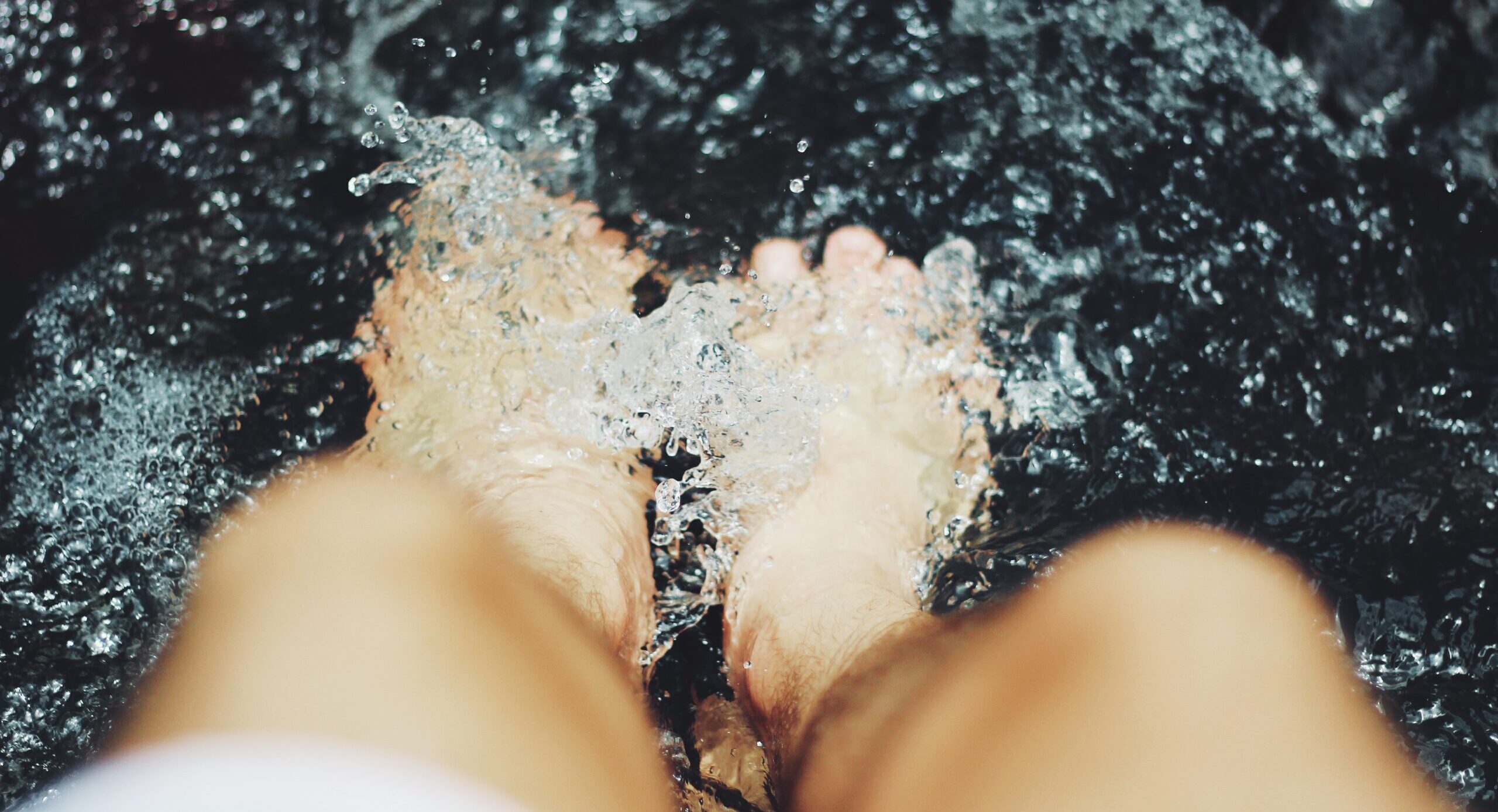
Foot spas are a relaxing treat supposed to ease stress and pain, but they can actually cause some serious problems if you’re not careful. Due to the volume of people who pass through them, professional spas can be a hotbed of bacteria, which can enter your feet through tiny cuts, bites or scratches. That means that getting a foot massage after shaving is a no-no.
Not exercising enough
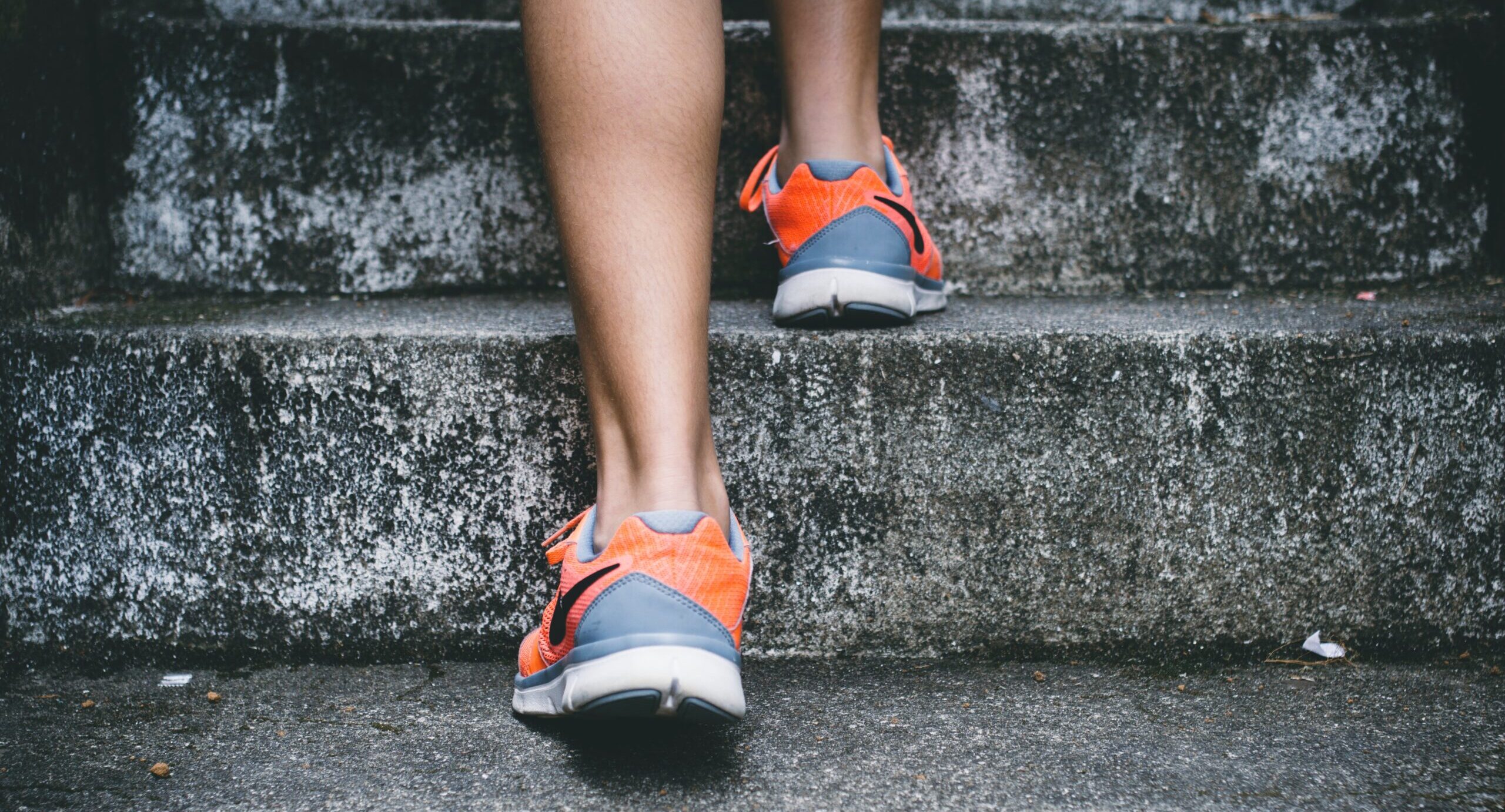
Researchers estimate that your feet experience the force of around 120% of your body weight every day, which can put a lot of stress on the small bones and muscles that help you move around. If you don’t walk, jog or bike regularly to strengthen and condition those muscles, foot pain and inflammation can become an ongoing issue.
Cutting corns
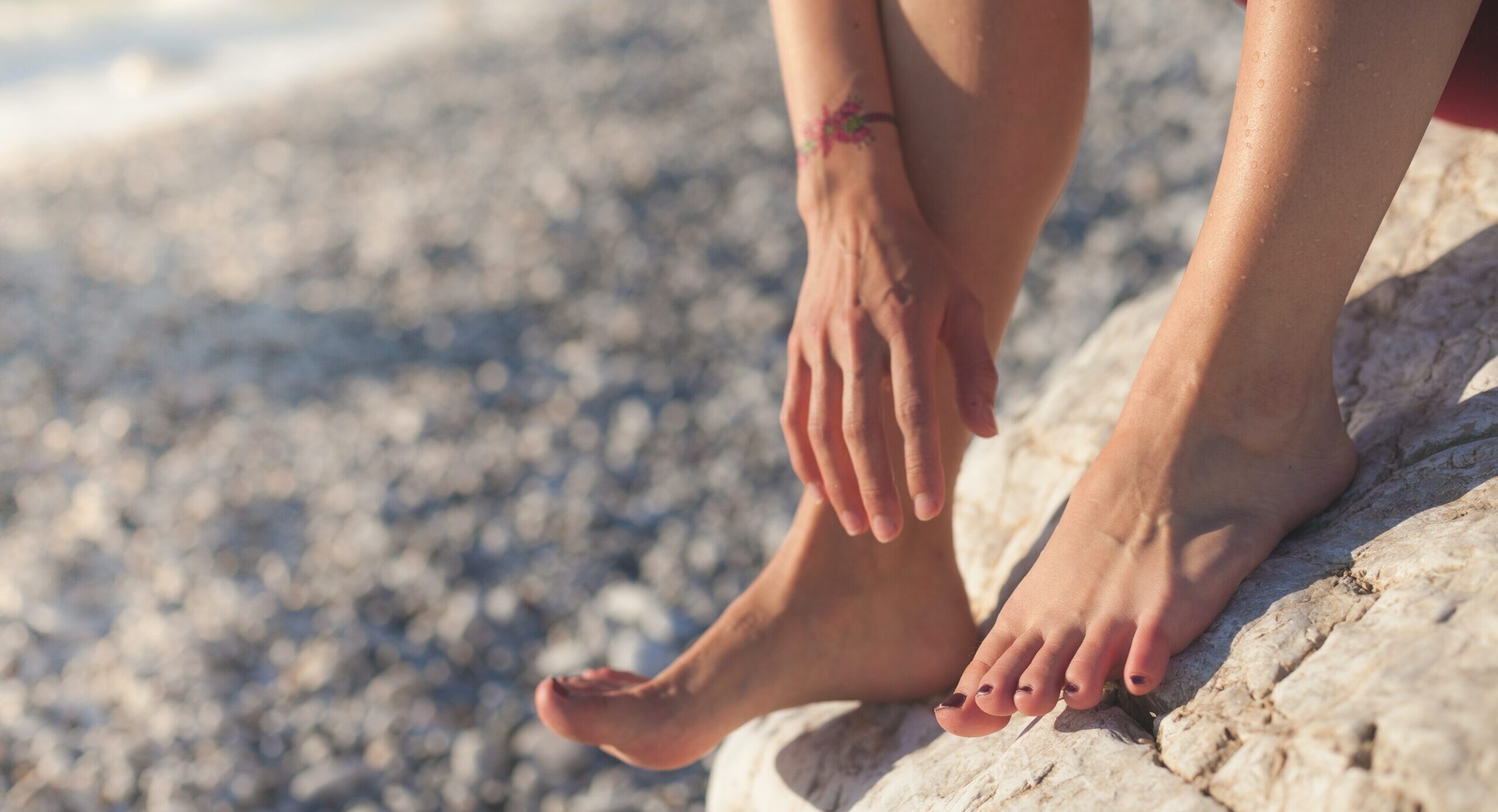
Corns are painful and unsightly, so the instinct is to get rid of them as quickly as possible. Unfortunately, attempting to cut or shave your own corns is far more dangerous than you might think, as this can quickly introduce bacteria and thus infection into your blood. In serious cases, cutting a corn off could result in a visit to the emergency room and even surgery.
Wearing cheap shoes
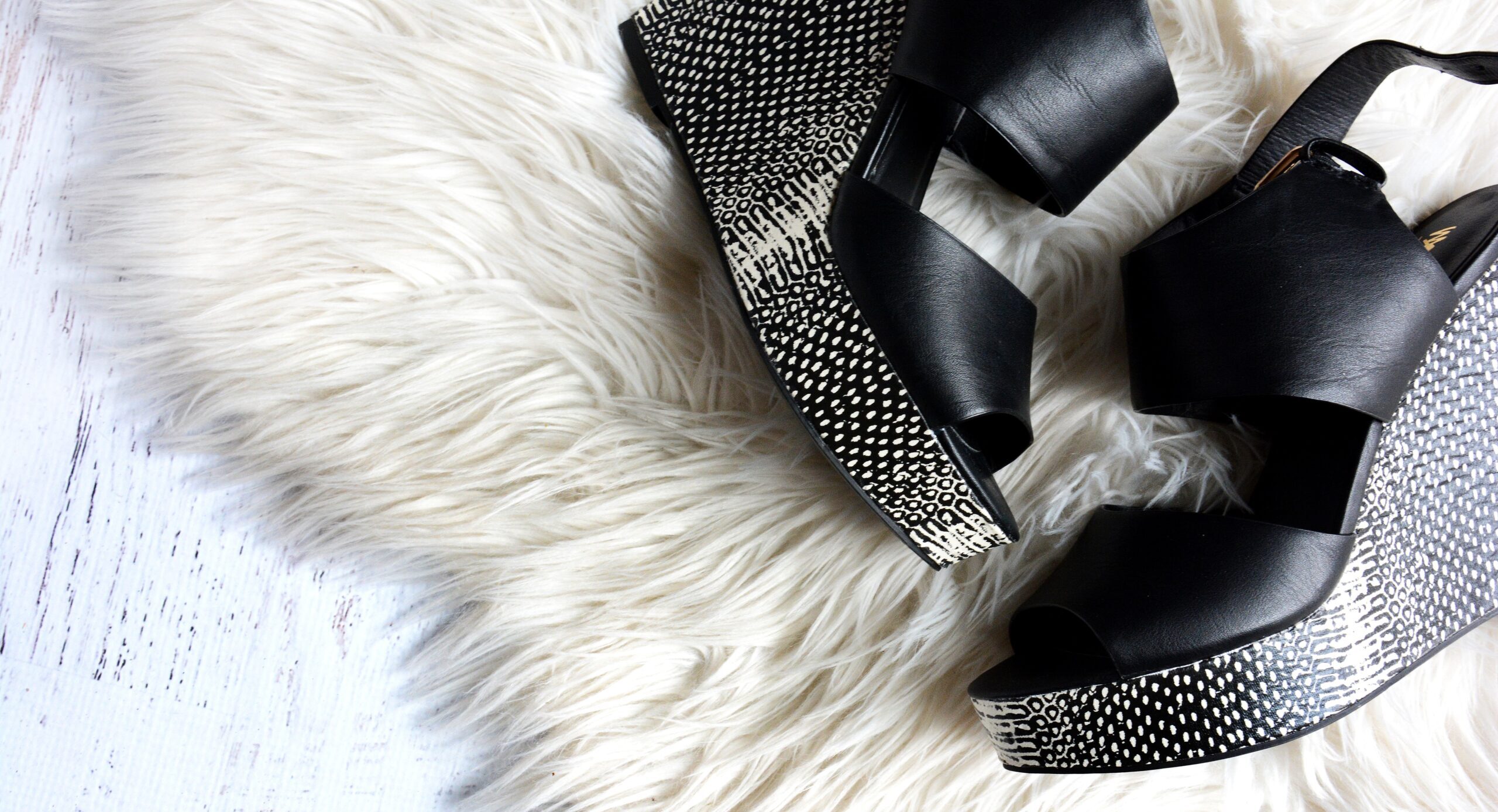
It’s common knowledge that wearing cheap shoes is a recipe for blisters, discomfort and twisted ankles, but there are more serious consequences to continuing to don the bargain bin heels or secondhand gym shoes. Wearing inadequately supportive shoes can lead to hammertoes over time, a painful condition in which the toes bend awkwardly at the joints.
Smoking
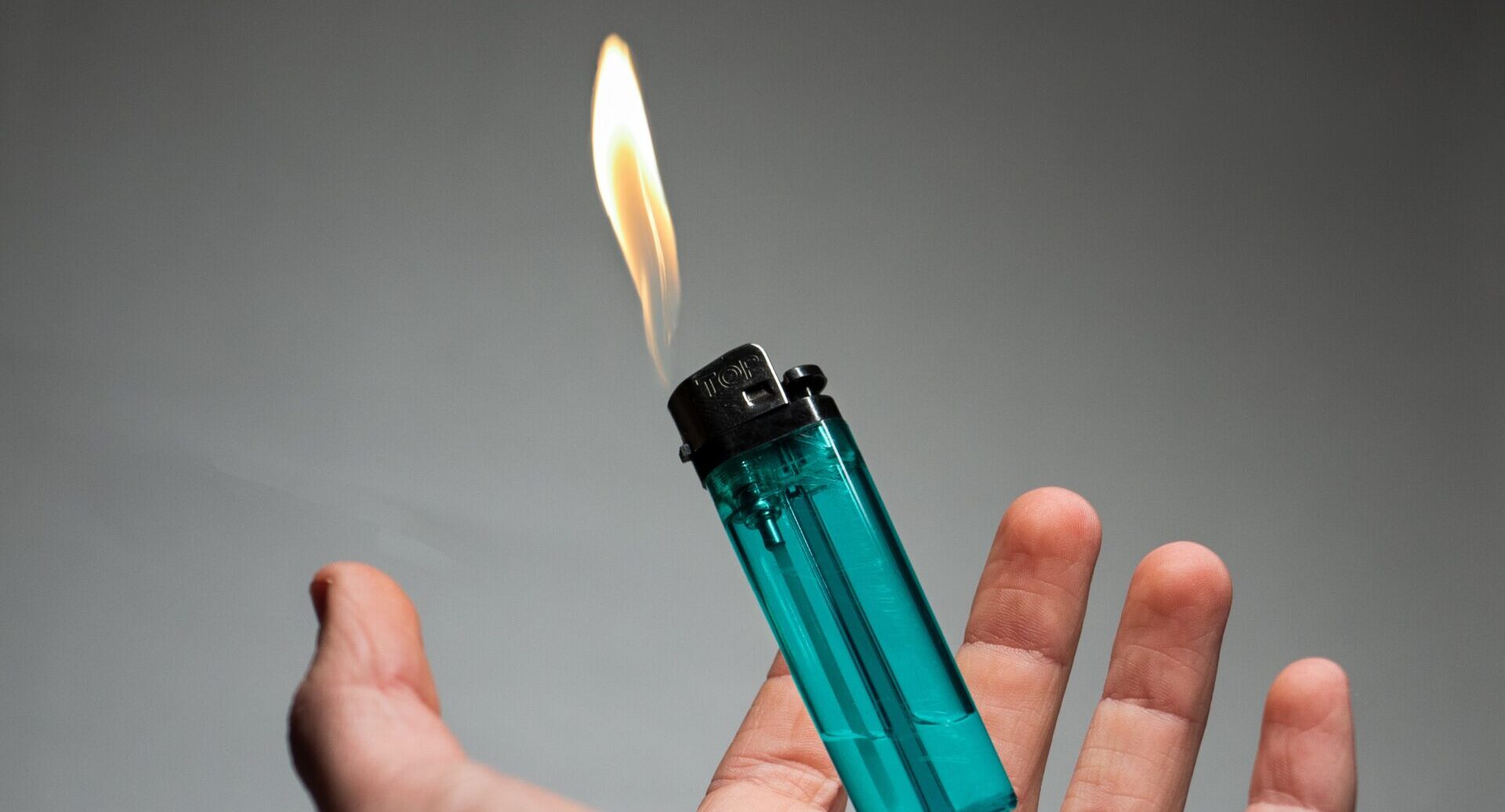
Smoking is bad for your health overall, but it can impact more than just your heart health and lung capacity. Heavy smokers can easily develop Buerger’s disease, an illness which causes blood vessels in the hands and feet to become blocked and inflamed. The result is pain in the feet, sores and even the dying off of tissues.
High heels
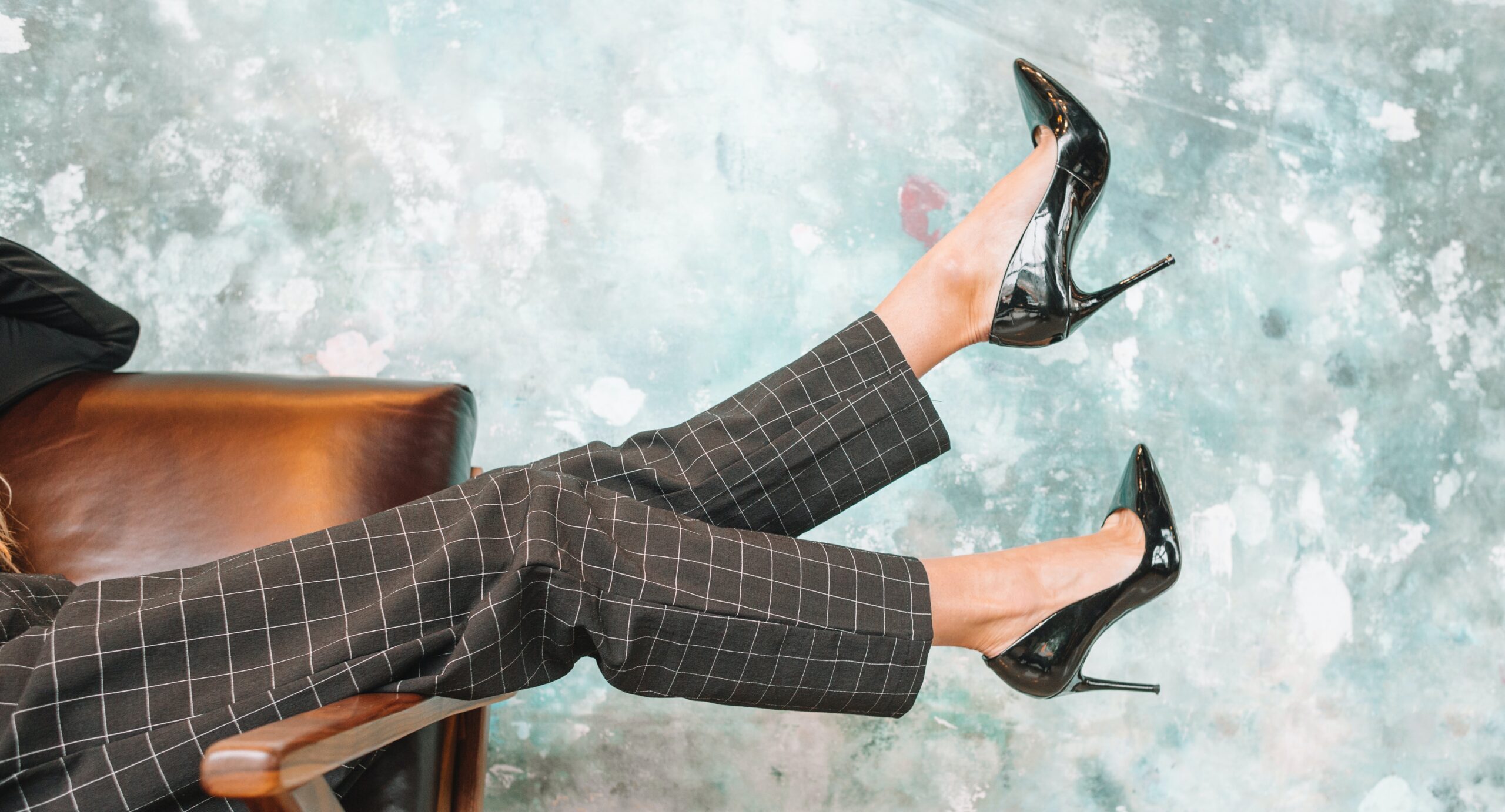
Many people will be familiar with the agony of wearing stilettos for too long on a night out, but is there really a risk to high-heel wearing? It turns out the answer is yes, as studies have shown that heels can improve ankle strength and stability for the first three years of wear, but then the Achilles tendon becomes painful, stiff and shortened.
Flip-flops
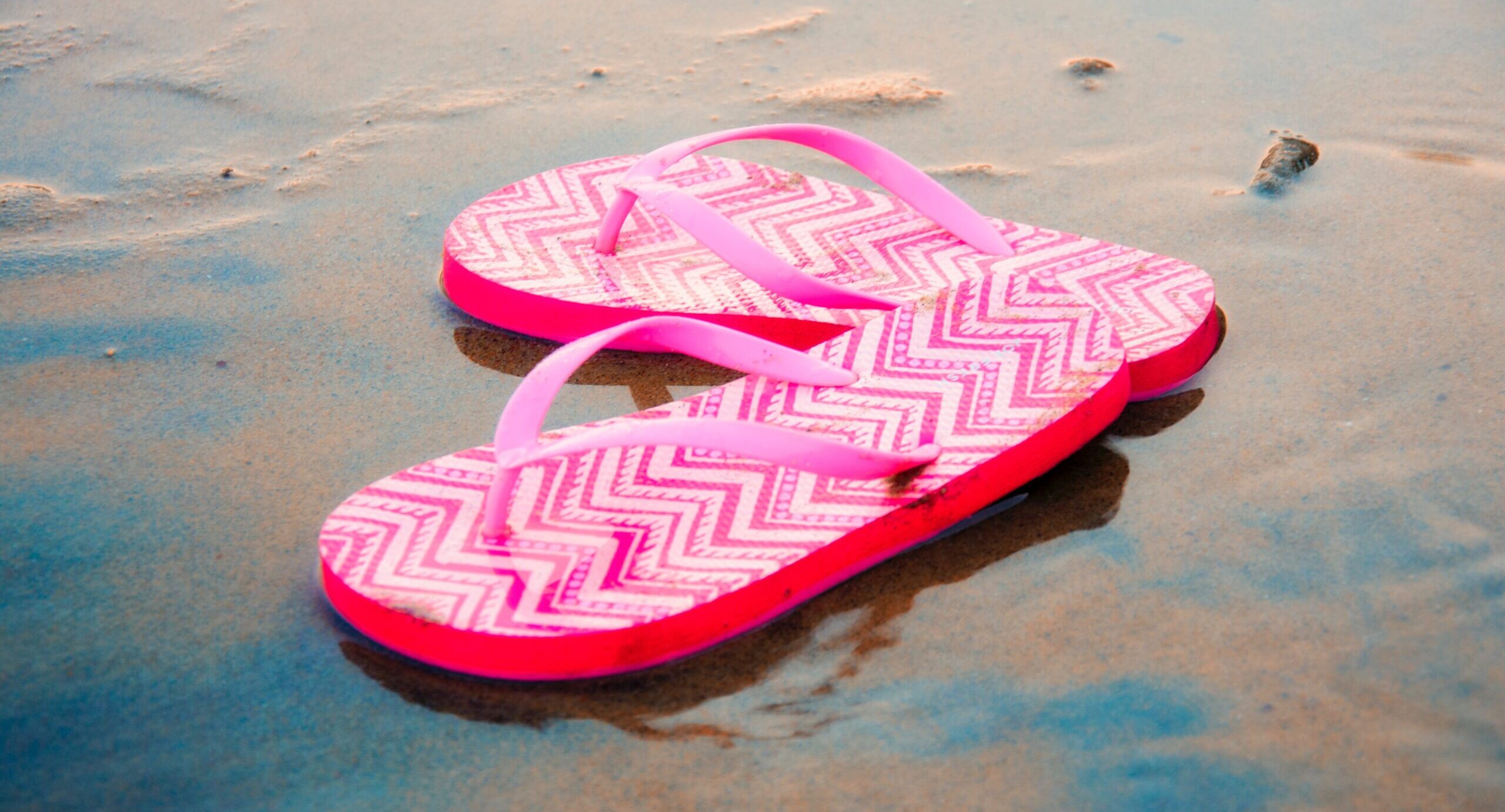
It might be tempting to throw on a pair of flip-flops for every summer outfit, but the risks may outweigh the benefits. Not only do they increase your risk of stubbed toes or damage from dropped items, but you also have to use your toe muscles to keep them from sliding off. Over time, this can cause muscle malformation and eventually pain when walking.
Trimming toenails
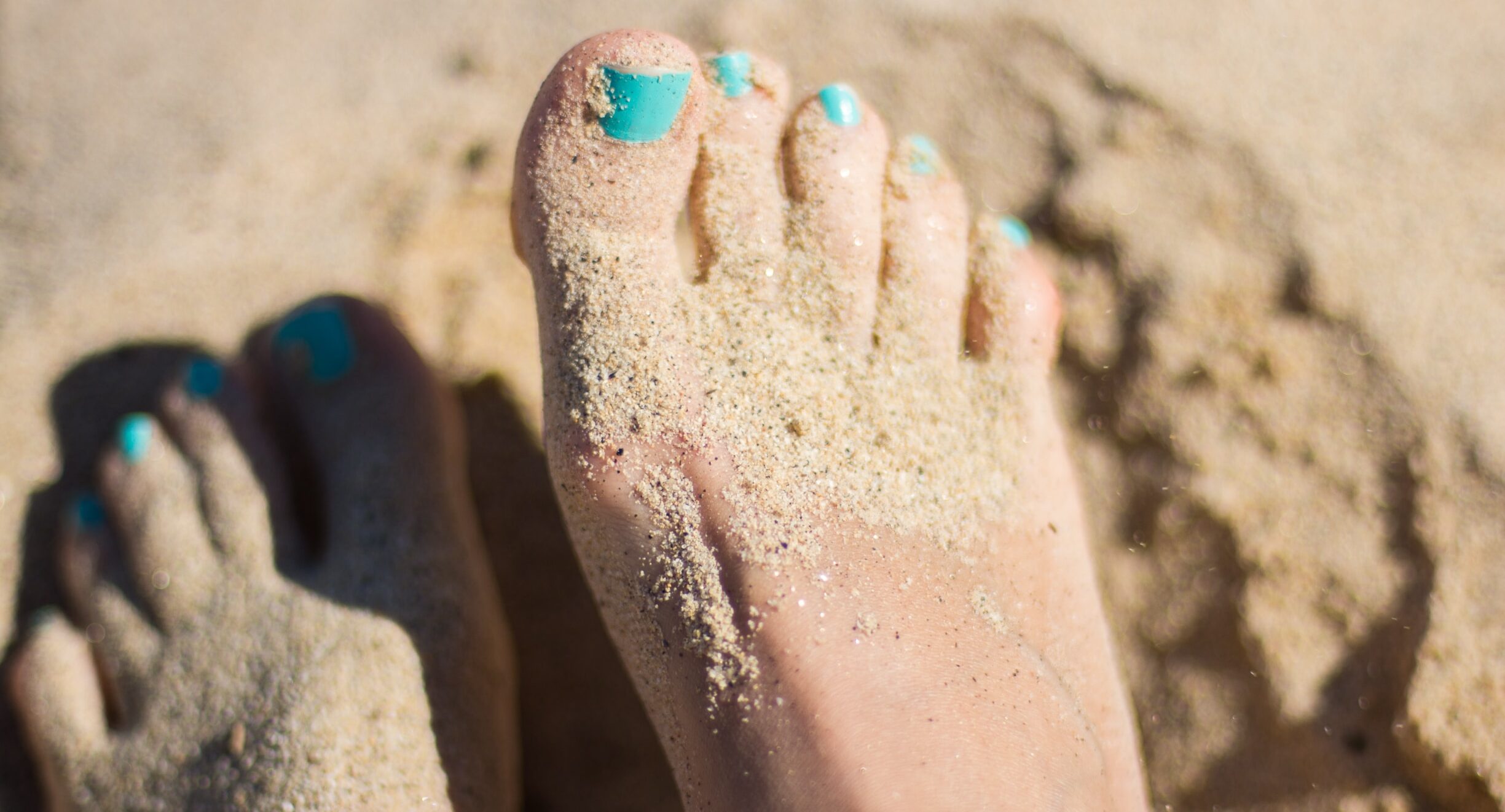
Trimming your toenails is a crucial part of personal grooming and hygiene, but that doesn’t mean that there’s no wrong way to do it. Even though it arguably looks more aesthetically pleasing, cutting toenails in a curve is far more likely to result in ingrown toenails, where the nail is pushed into the tissue around it by the top of the shoe. Cutting straight across is safer.
Wearing stockings
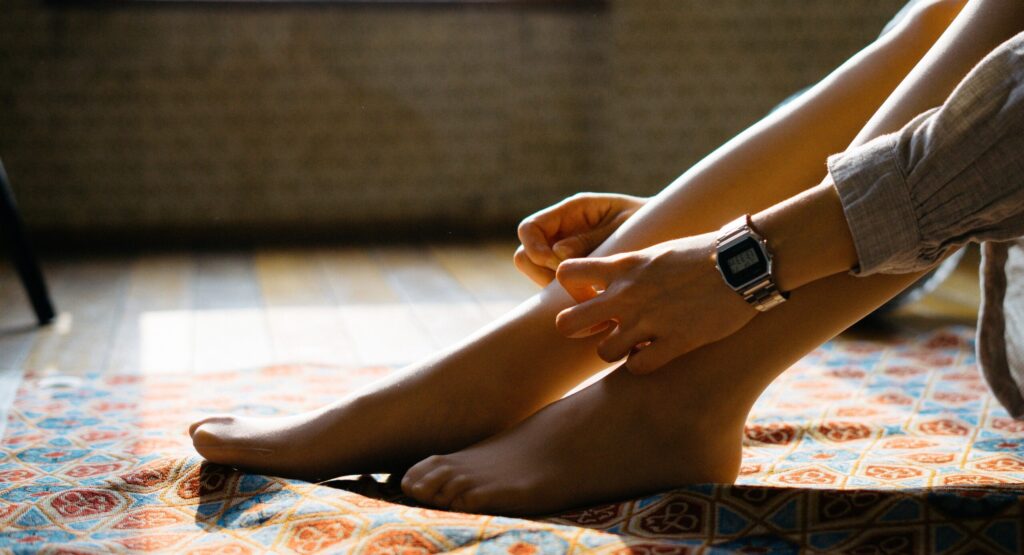
Stockings are an elegant and beautiful accessory that can make any outfit seem classy and sophisticated, but they’re also pretty hard on the feet. The tightness around the toes can cause cramping, circulation issues, pain and even the development of disorders like Morton’s neuroma, which makes the sufferer feel like they’re constantly walking on a stone.
Damp socks
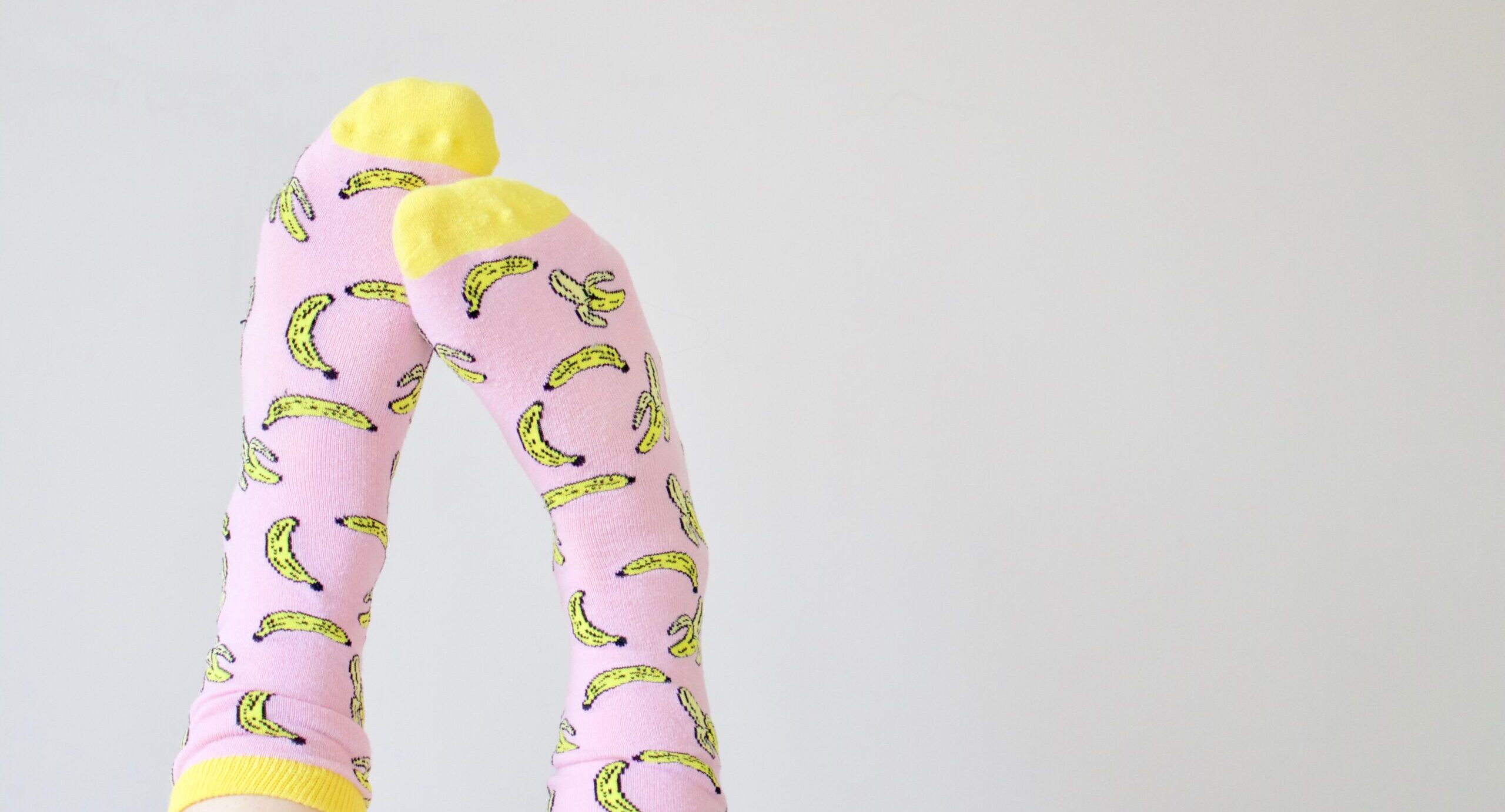
The risks of going barefoot at a public swimming pool or at the gym are well known, as these places are breeding grounds for Athlete’s foot and other bacteria that love damp conditions. However, lesser known is the risk of continuing to wear socks that are damp or sweaty, as this too can cause fungal infections, or, if it’s really cold, even frostbite.
Ballet flats
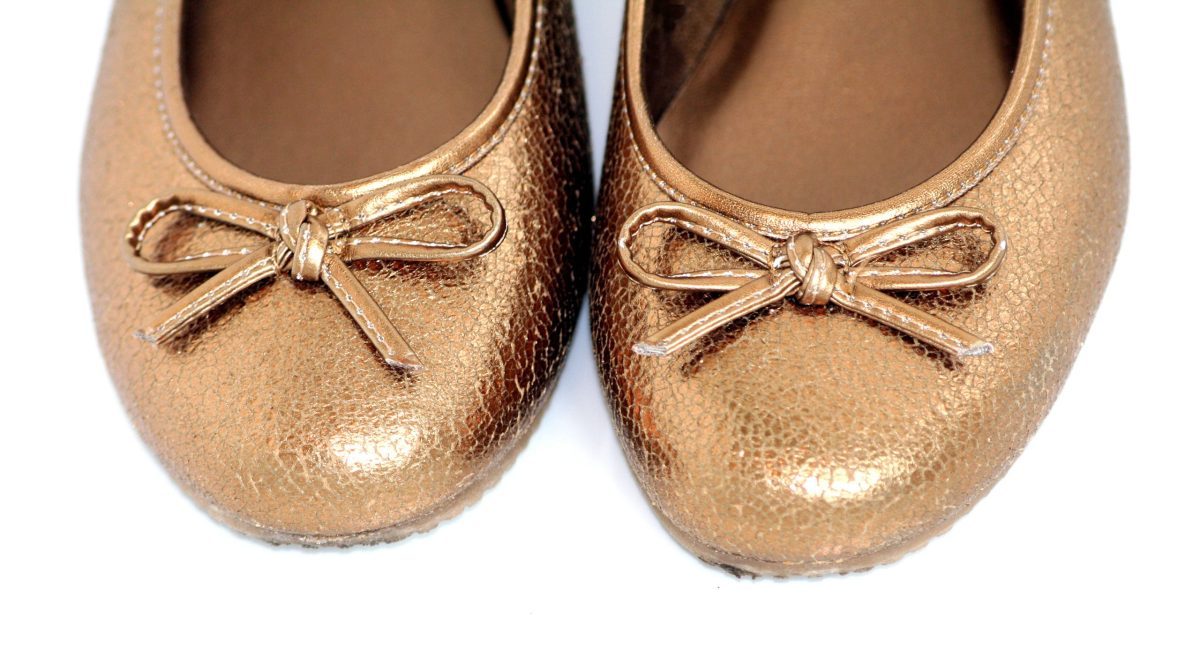
After hearing about the dangers of wearing high heels, you might have turned to flats. But those ballet flats might be doing more damage than you realize. Without a thick sole to absorb shock, your heels are taking a beating every time you wear them. Flats that are too flexible also cause the foot to move more, which puts stress on the tendons, and can lead to tendonitis.
Wearing synthetic leather
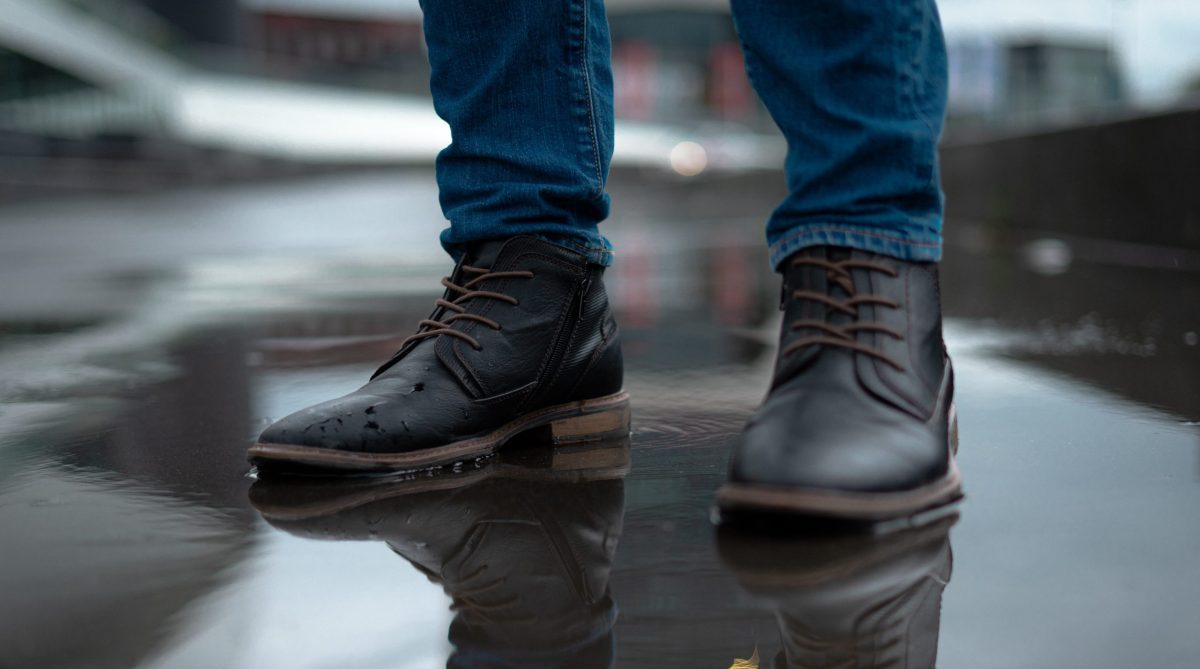
Leather shoes are popular for their style, but they don’t offer much flexibility. If you have a stiff pair of leather shoes, your feet can swell during the day and cause discomfort. A softer material that adapts to swelling feet is more likely to provide comfort. Wearing shoes that are too small for your feet can cause painful bony growths called bunions.
Excessive exercise
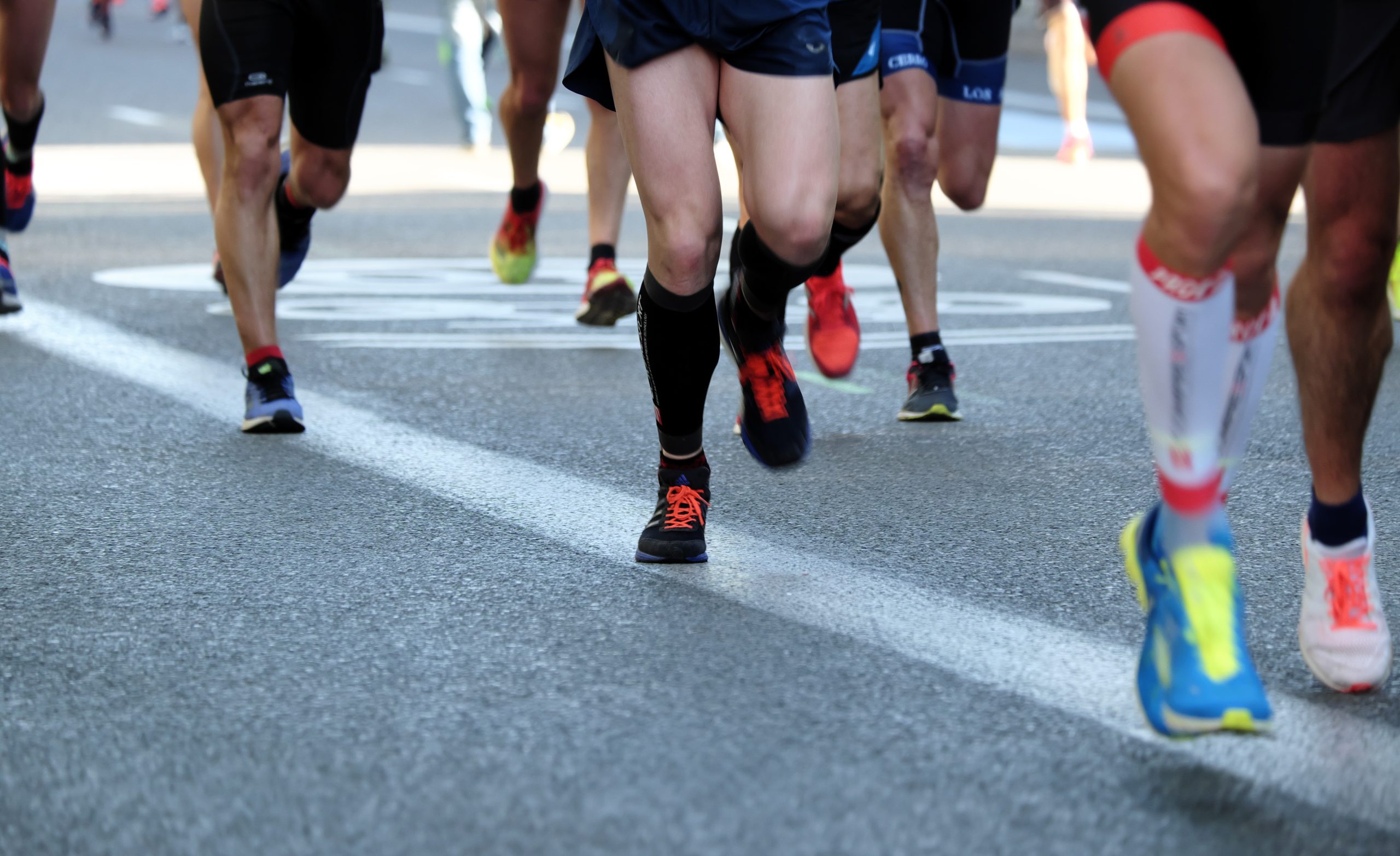
It’s not unusual to sit at a desk all day, and then try to make up for missed activity with super-activity at the end of the week. Unfortunately, this can result in foot damage. To stay fit, schedule shorter workouts throughout the week. Additionally, try yoga or Pilates to build core strength and reduce strain on your body.
Excess body fat
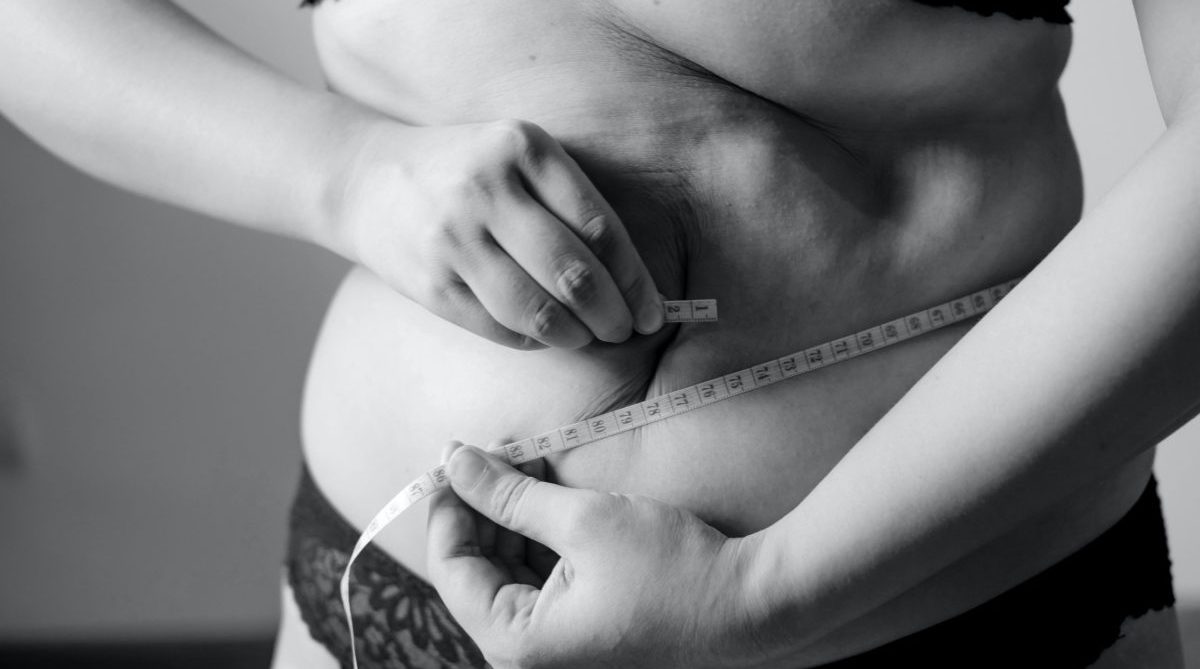
While it’s true that overweight and obese people tend to have more foot pain than those who have a healthy weight, the cause might not be so simple. Excess fat, not just excess weight, may cause foot pain. Excess body fat can cause inflammation and damage to tissues in the foot.
Alcohol
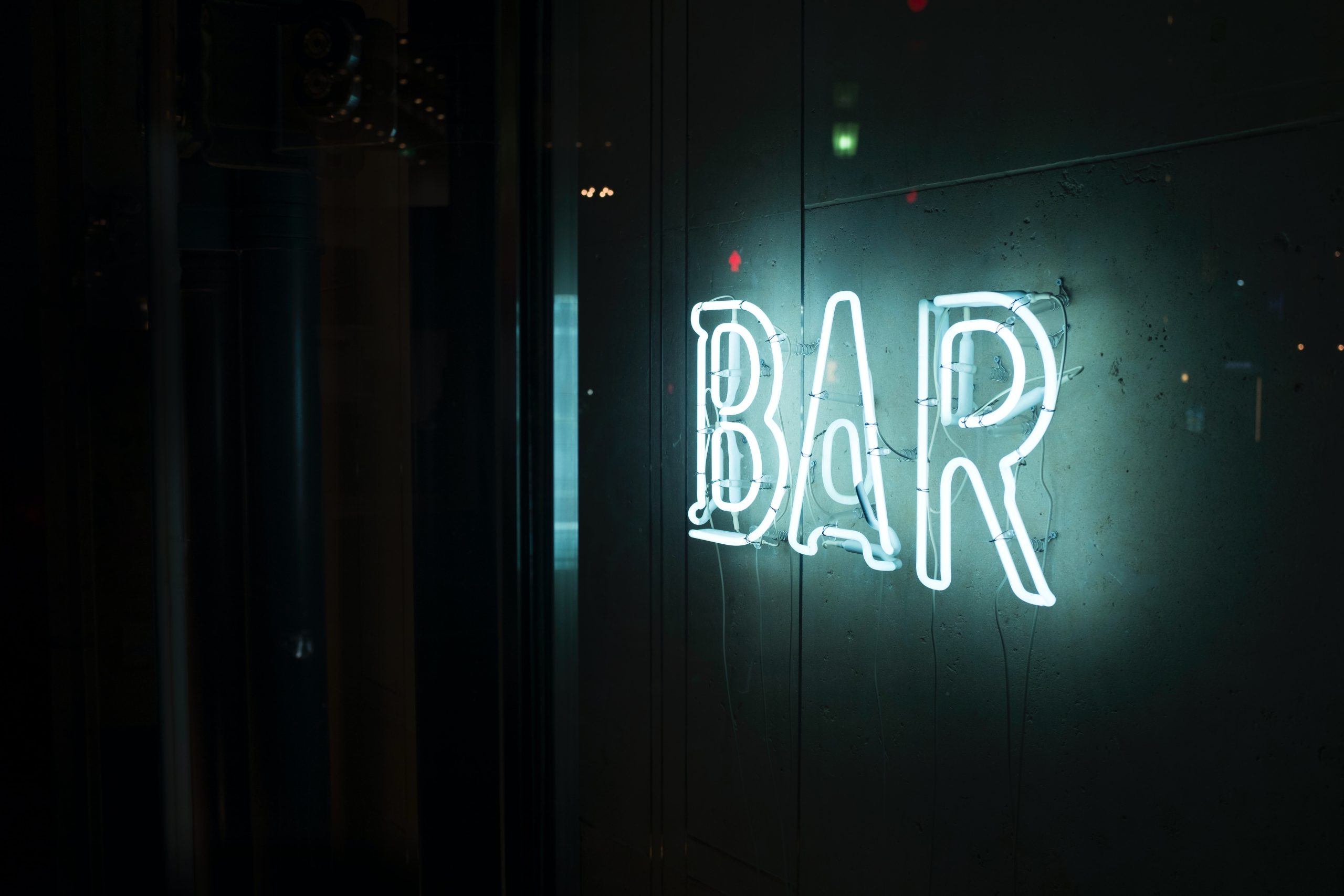
Some people who drink too much may develop a burning or tingling sensation in their feet because of nerve damage. The condition, called alcoholic neuropathy, can be caused by alcohol toxicity or a lack of vitamins B1, B2, B6, and B12 – all of which are found in healthy diets.
Public showers or locker rooms
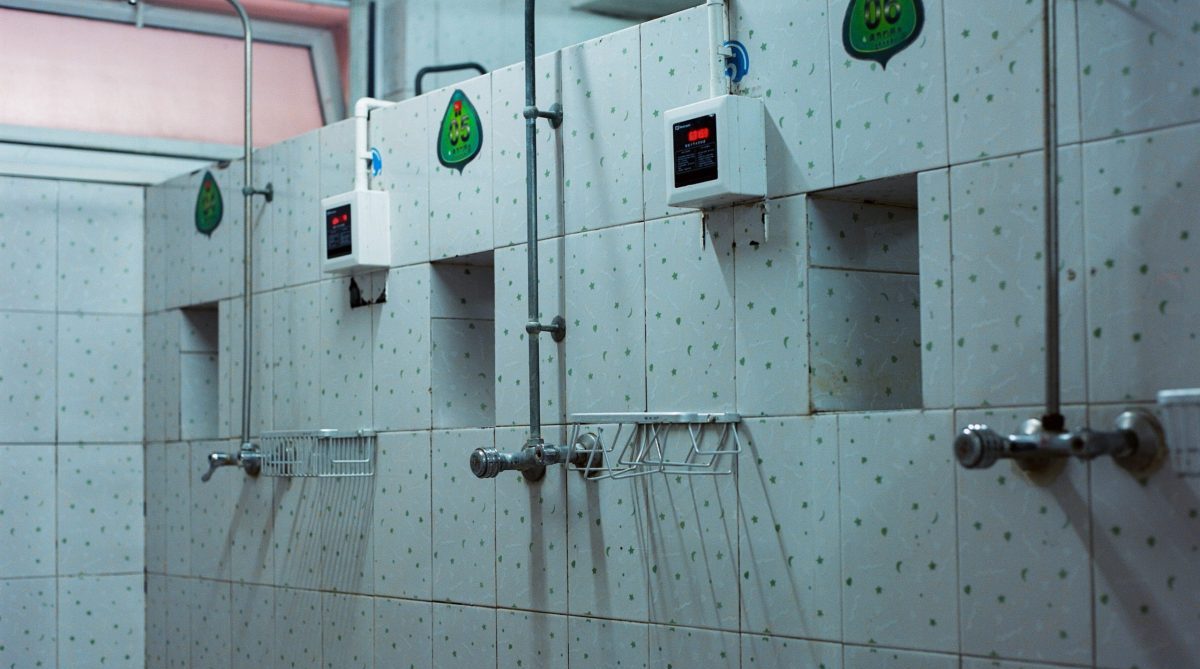
Athlete’s foot, also known as tinea pedis, is a fungal infection that is transferred easily from one person to the next. It thrives in warm, damp environments such as public showers and locker rooms, as well as pools where people walk barefoot for extended periods of time. Wear flip-flops and keep your feet off public surfaces. Clean them thoroughly when you return home to prevent athlete’s foot.
Diabetes
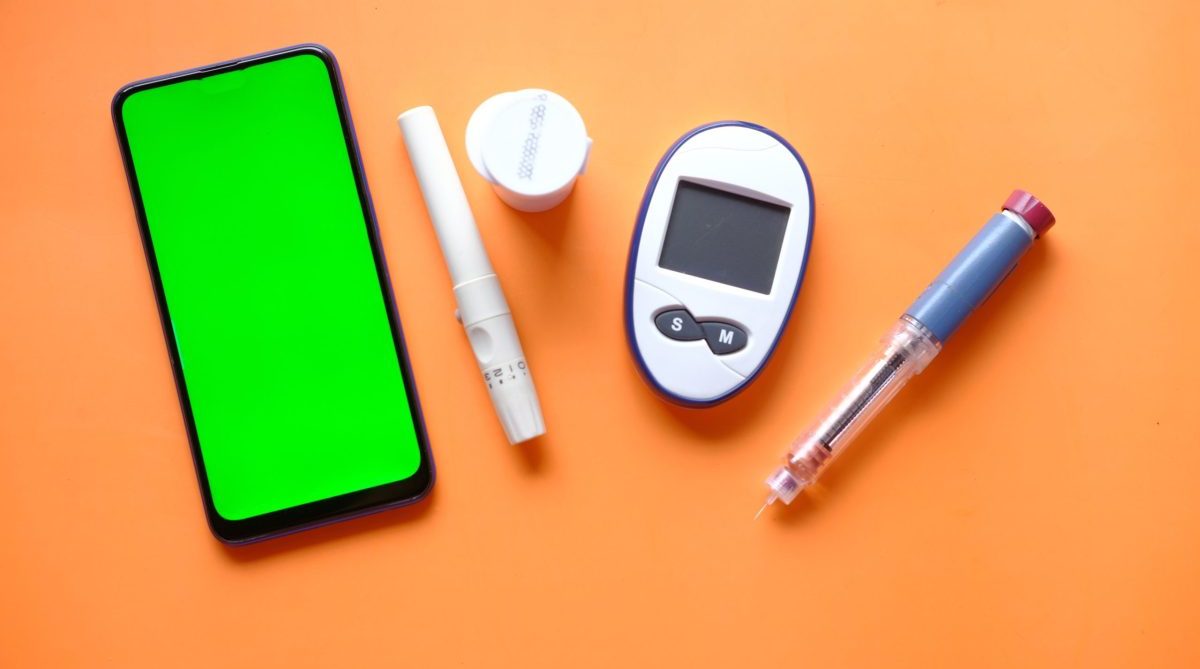
There are two complications that can arise from diabetes. Poor blood flow to the feet can lead to a slow or non-healing of sores on your feet, which can result in amputation. Nerve damage means that you might not feel these sores until they become very serious. To protect your feet, keep your feet clean and dry, wear shoes and see a doctor regularly.
Sneakers
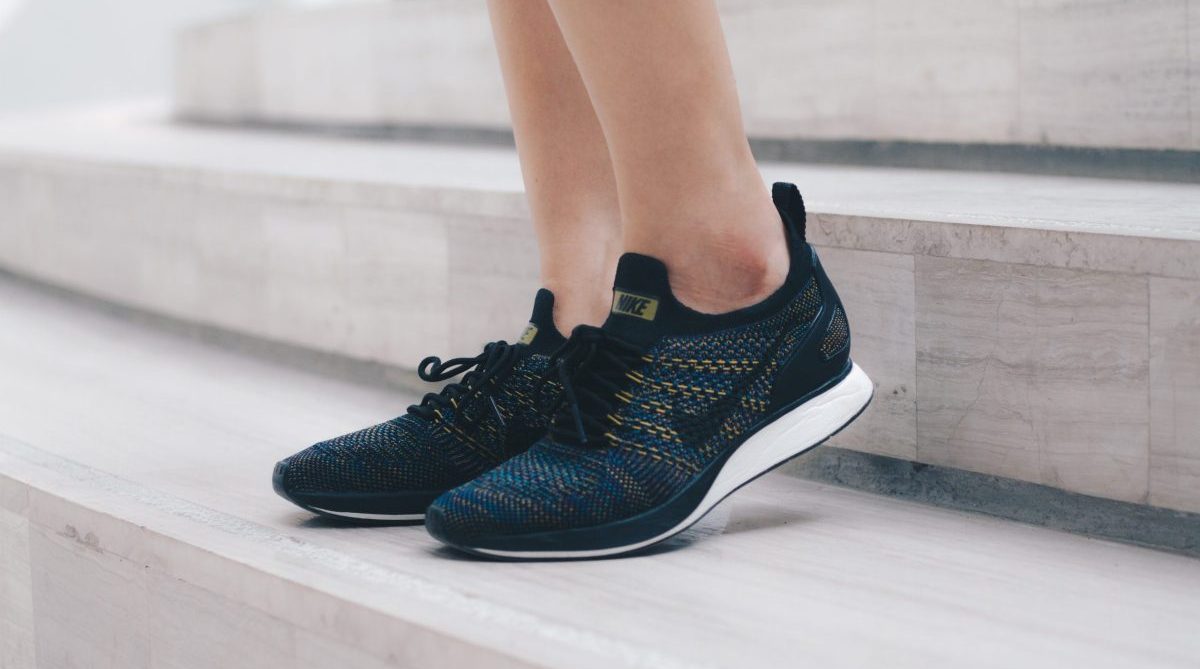
The demand for sneakers has led to the development of many different shoe types, including some with complex sole systems. However, just because a shoe has more cushioning doesn’t mean that it is necessarily better. The body’s natural suspension system relies on your feet being able to absorb impact. If you wear shoes that are too soft, your foot muscles and tendons will weaken, which can cause problems like osteoporosis.
Not wearing socks
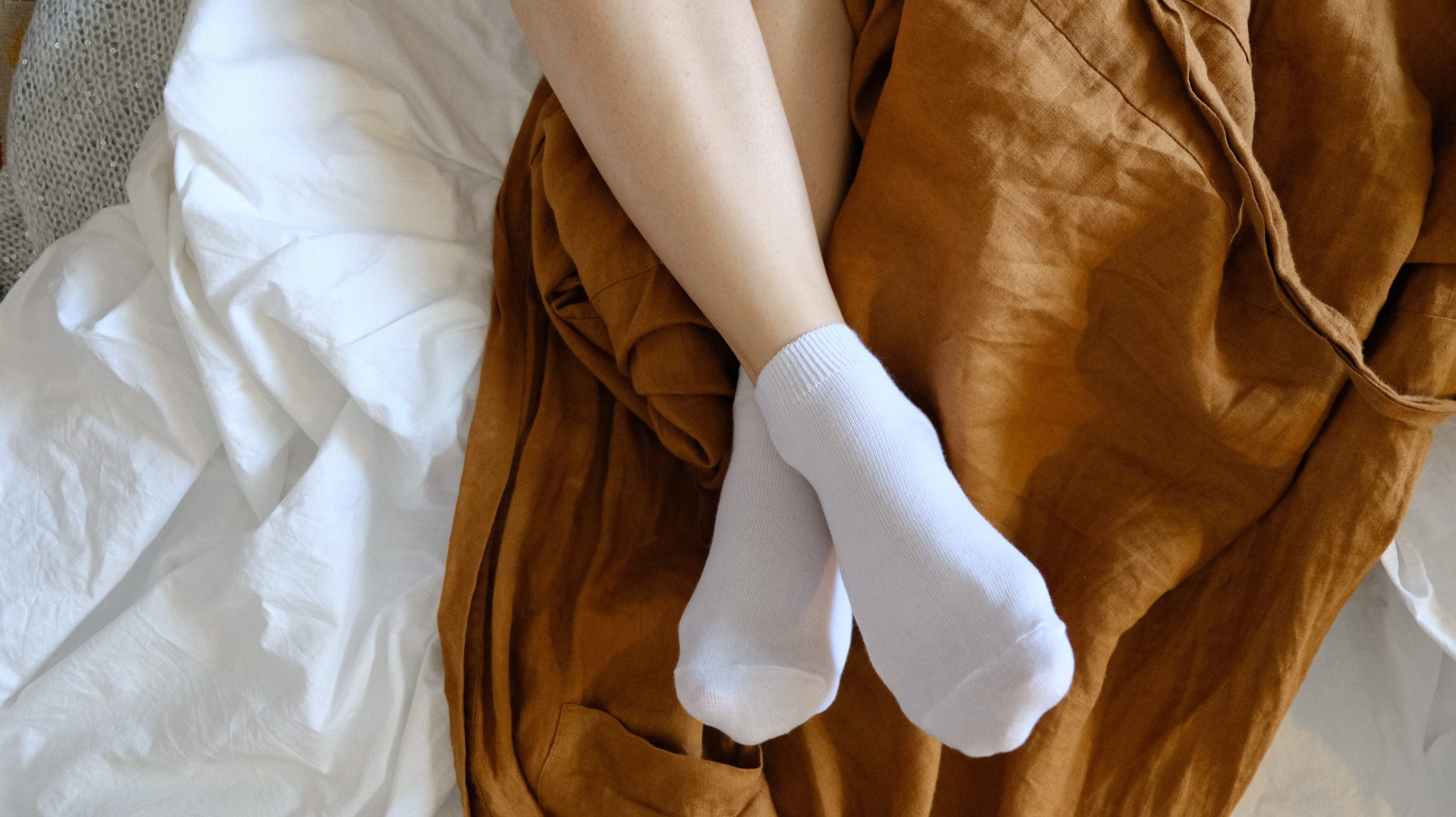
Wearing socks with your shoes is not only a good hygienic practice, but it can help prevent or alleviate common foot conditions like athlete’s foot. Socks can help keep your feet dry, which can help prevent uncomfortable foot issues.
Always wearing the same shoes to workout
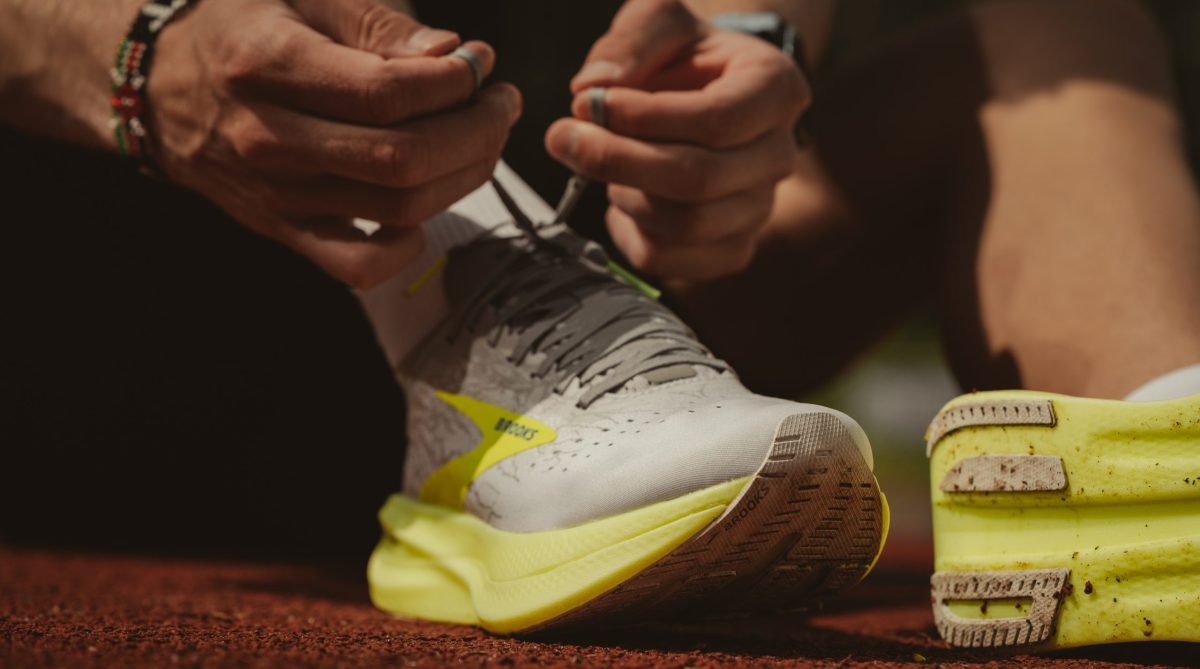
It’s a good idea to have more than one pair of workout shoes. One reason is that if you wear the same pair daily, moisture can build up in them and cause them to smell much more quickly than they normally would. It takes about a day for your shoes to dry out after sweating in them.
Not moisturising
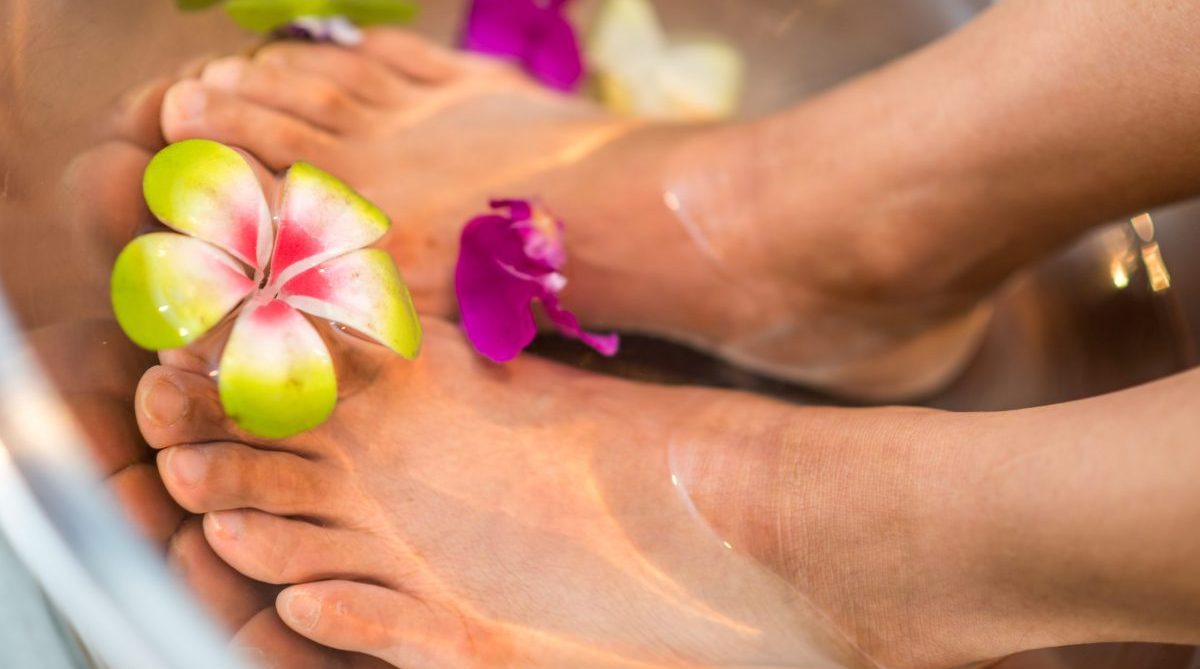
If you take good care of your skin by using lotions, then it’s time to give your feet some TLC, too! It’s easy to forget about them since they aren’t visible from the top of a pair of sneakers or sandals, but dry skin on our feet can result in cracked heels that can be uncomfortable.
Sitting or standing for long periods
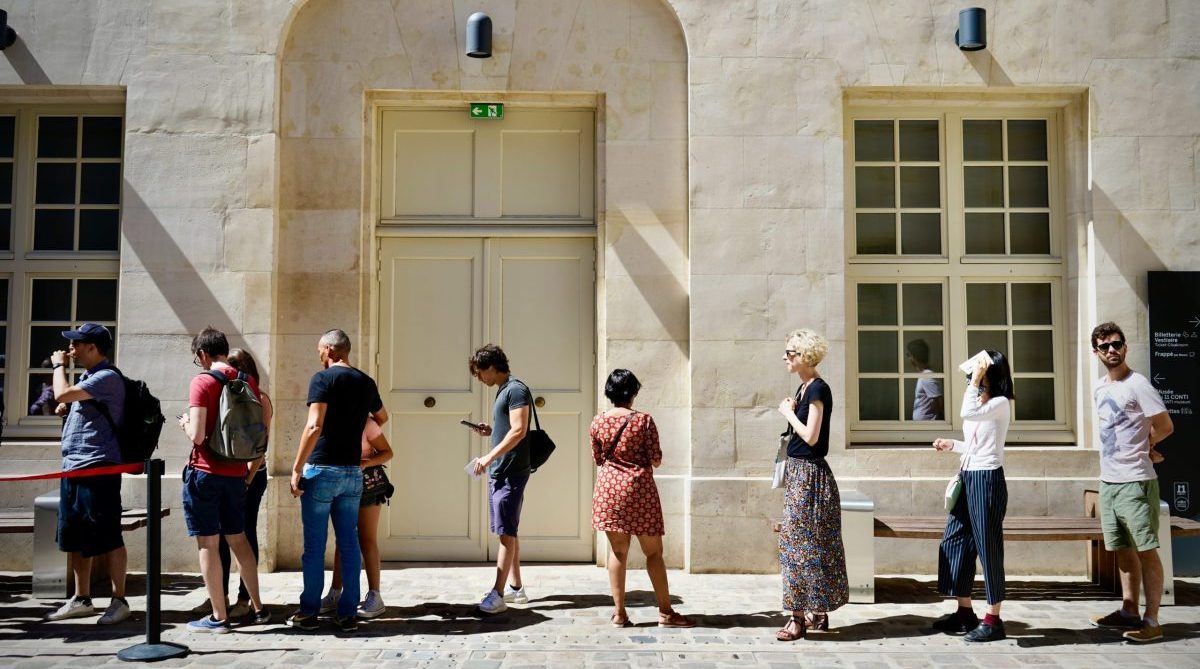
If you spend a lot of time on your feet, such as when you’re working or doing household chores, you run the risk of developing plantar fascia. To combat the negative effects of prolonged standing, take frequent breaks to sit down and stand up again. Also, if you must stand for a long time, try not to stay in the same position while doing so.
Not stretching
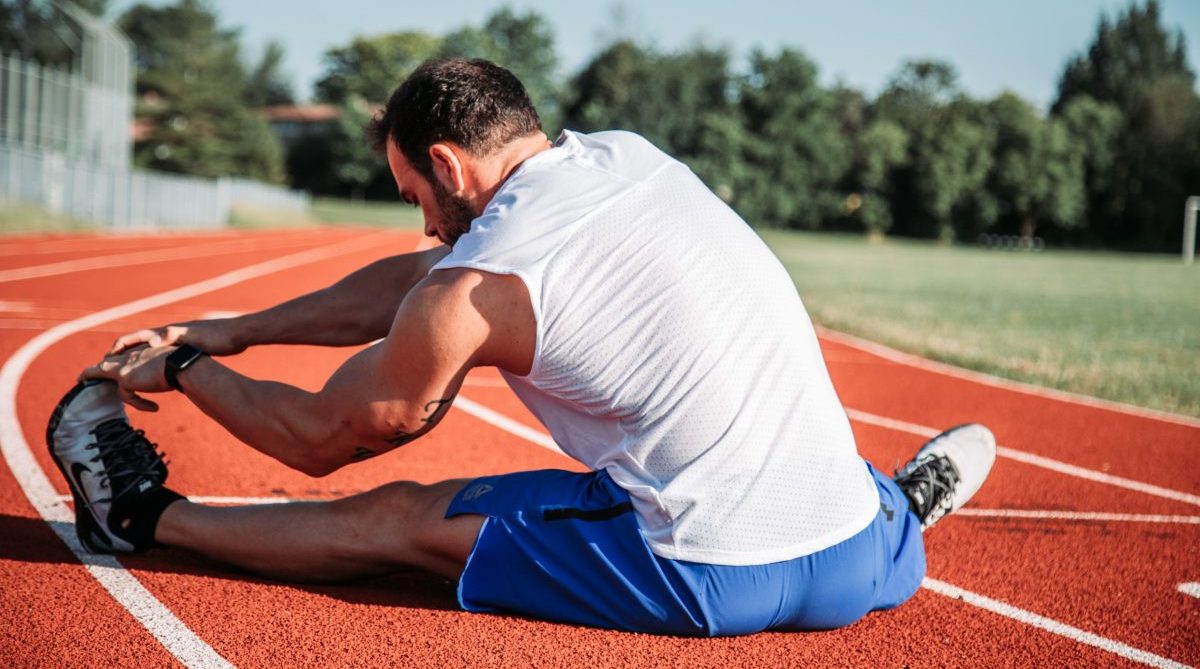
Before you work out or perform other activities, it’s a good idea to stretch. Flexibility in the plantar fascia, one of the ligaments in your foot, can help prevent tearing it. Strengthening your calves, Achilles tendon and the bottom of your foot can prevent plantar fasciitis from developing. These areas provide support so that your foot remains stabilized.
Not replacing running shoes
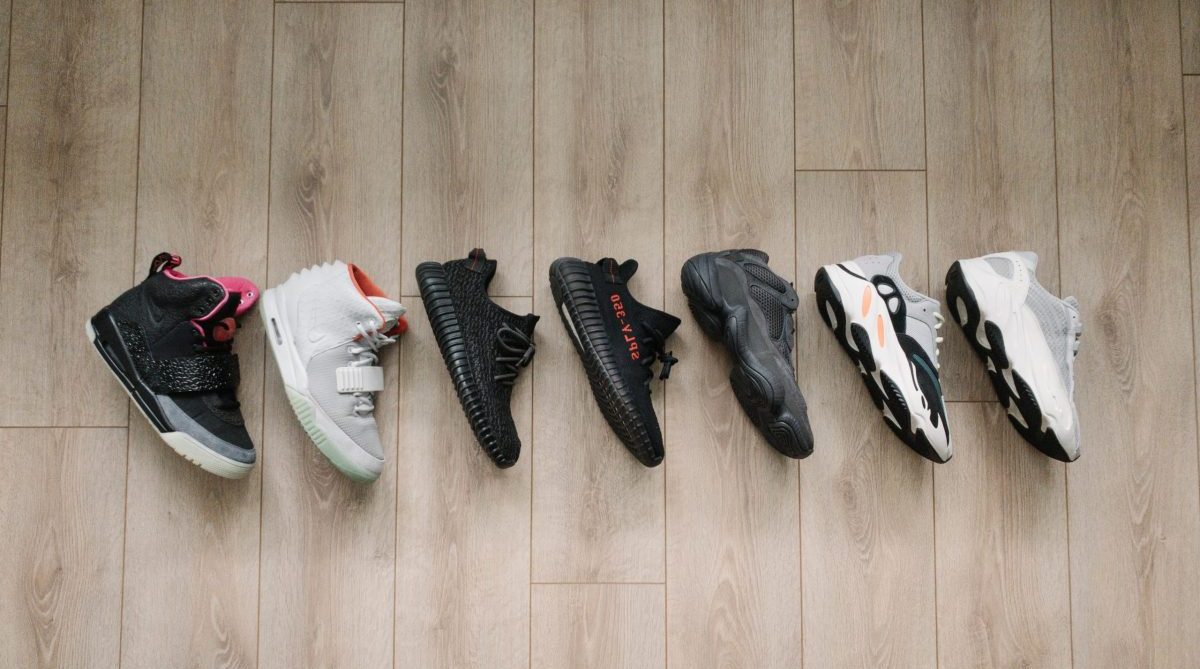
If you’ve had your running shoes for five years, it might be time to get new ones. Your current pair may be comfortable, but after extended use, their arch support may have decreased and could cause injuries if used during exercise. Podiatrists recommend replacing your running shoes every 300 miles or four months, depending on how much you run.
Running barefoot
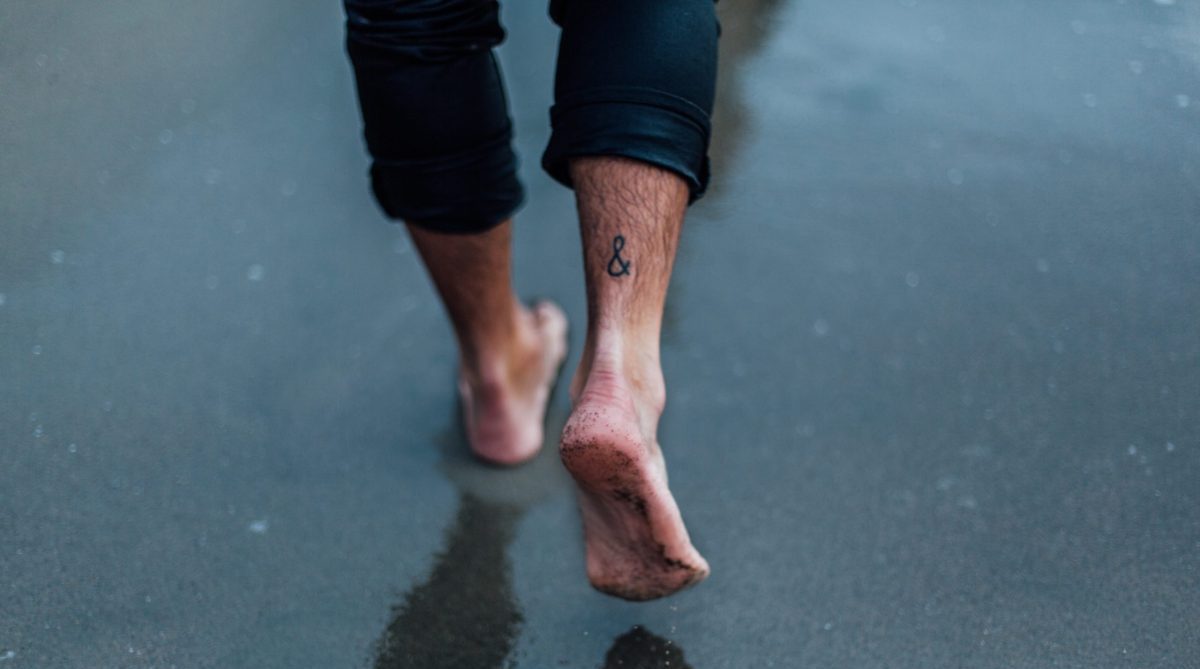
Running barefoot or with “barefoot” running shoes is often touted as a great way to improve running form and reduce stress on the heel, but it is important to strengthen your feet before attempting this change in running posture and style. Also, if you have weak/flat arches or a history of ankle injuries, changing your running style can put you at greater risk for injury.
Wearing the same shoe size
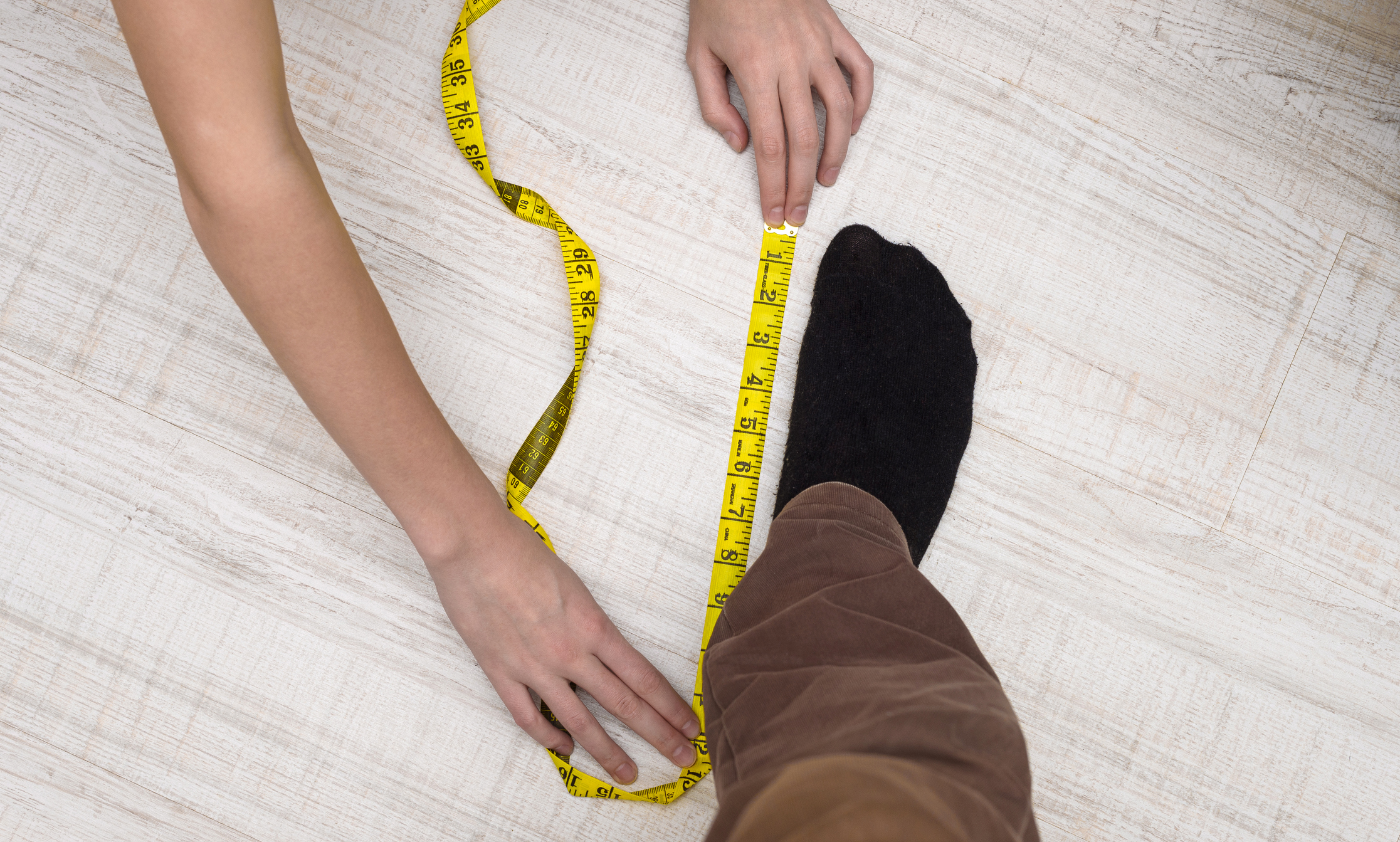
We often think of our shoe size as a constant, but it actually changes over time. As we age, our feet lengthen and widen due to the natural stretching of tendons and ligaments. After 40, your feet can grow up to half a shoe size every 10 years! Wearing shoes that are too small can lead to a number of problems such as bunions, ingrown toenails and calluses.
Running in brand new shoes
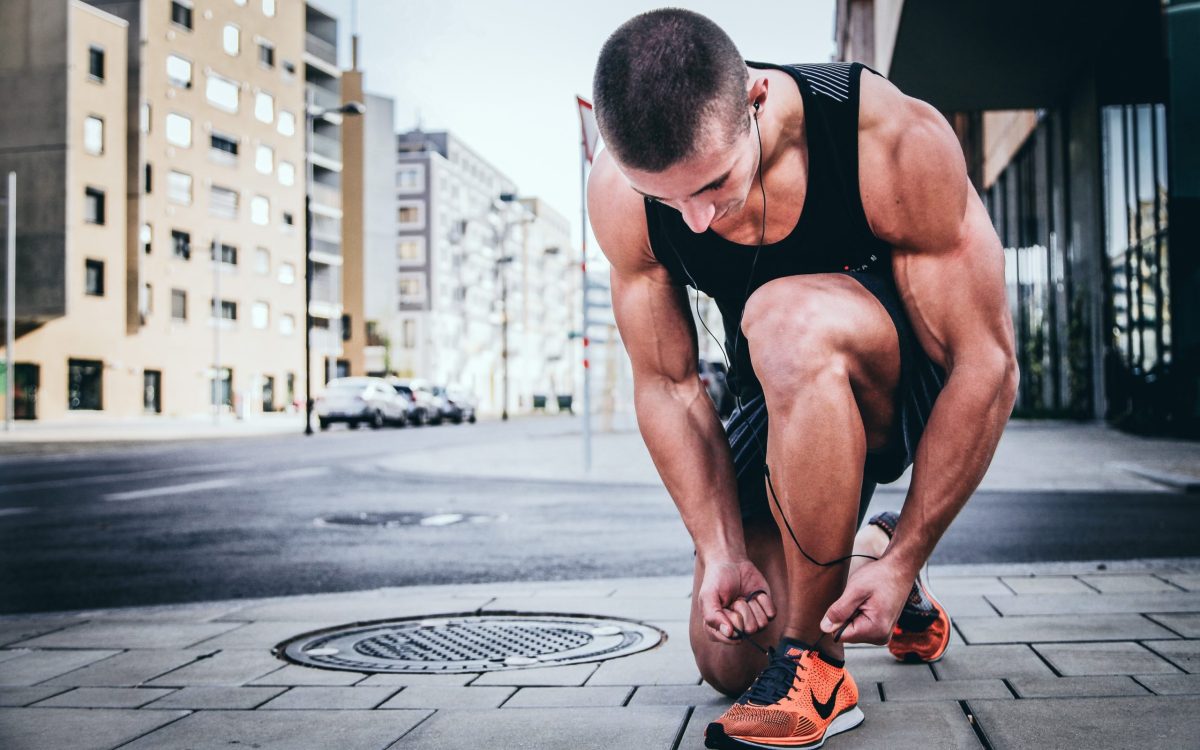
If you are a runner, it’s usually a good idea to break in your new shoes before using them for running. Although the shoes may be the same model and size as your old pair, it usually takes some time for them to loosen up enough for comfortable running.
Walking around the house barefoot
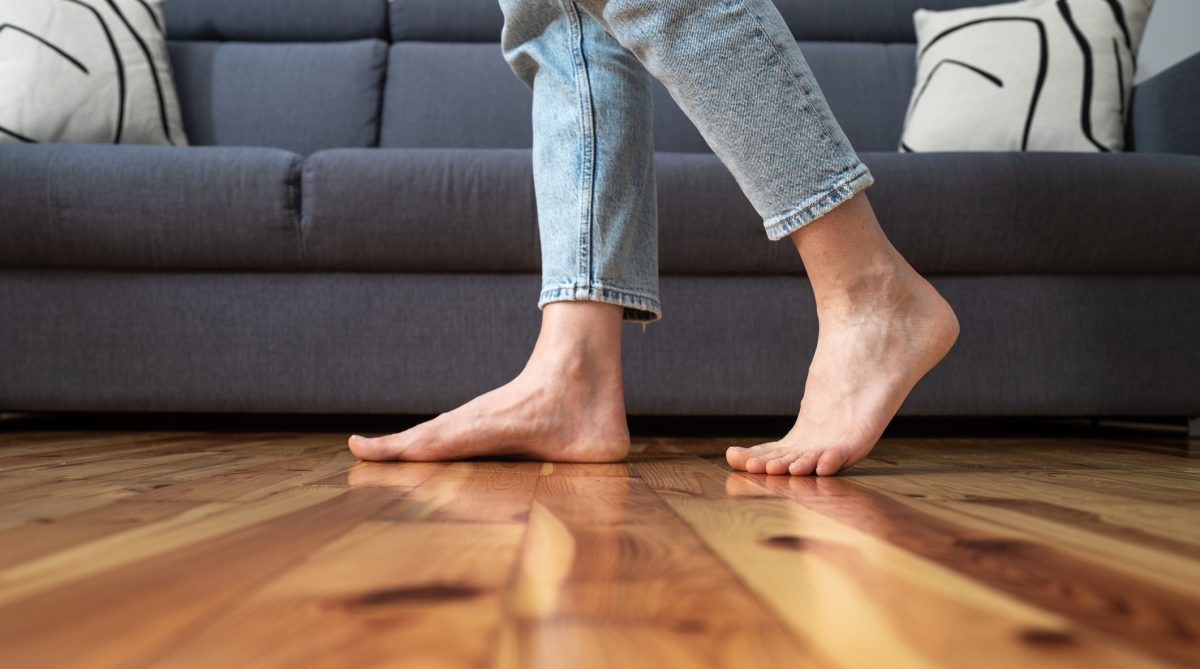
When you’re home, do you walk around barefoot? Walking for long periods of time without padding and support can cause friction and damage to the skin, bone and muscle tissue. Barefoot walking around the house (and outdoors!) puts you at risk of stepping on sharp objects, stubbing toes and breaking toes. People with diabetes and neuropathy are especially prone to infection if they injure their feet.
No foot support
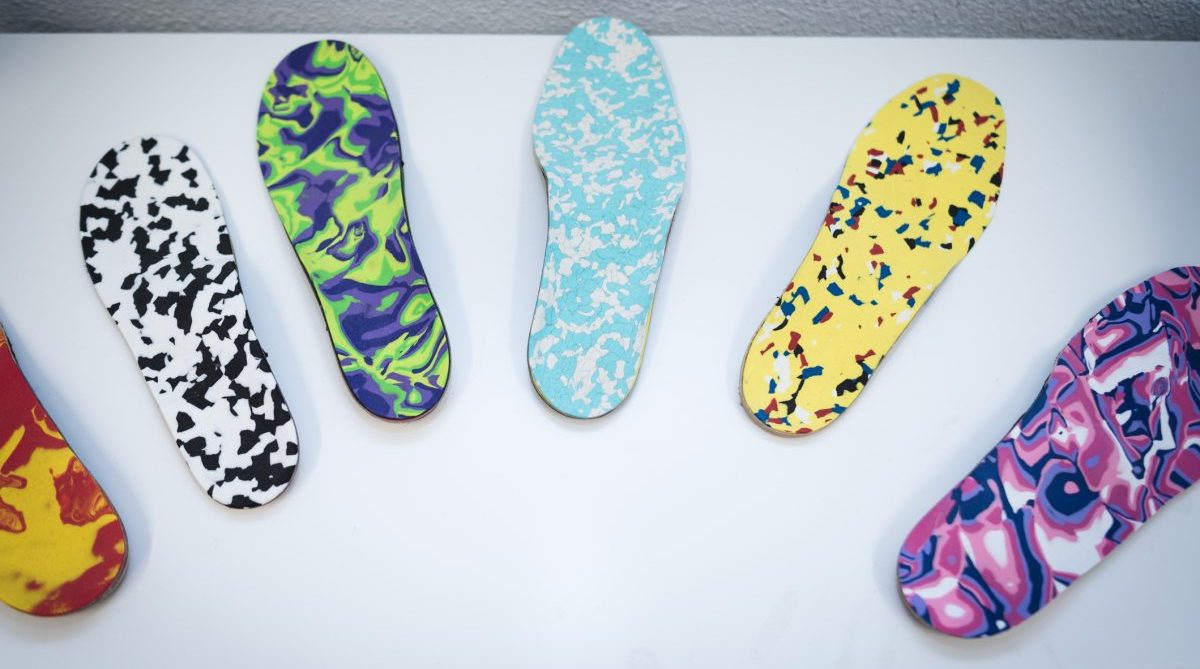
If you wear shoes that don’t fit well, you run the risk of developing foot problems. Blisters are just one such problem – there are many others. Wearing shoes with poor arch support can increase your chances of developing painful foot conditions like sprains, fractures and inflamed tendonitis.
Poor balance
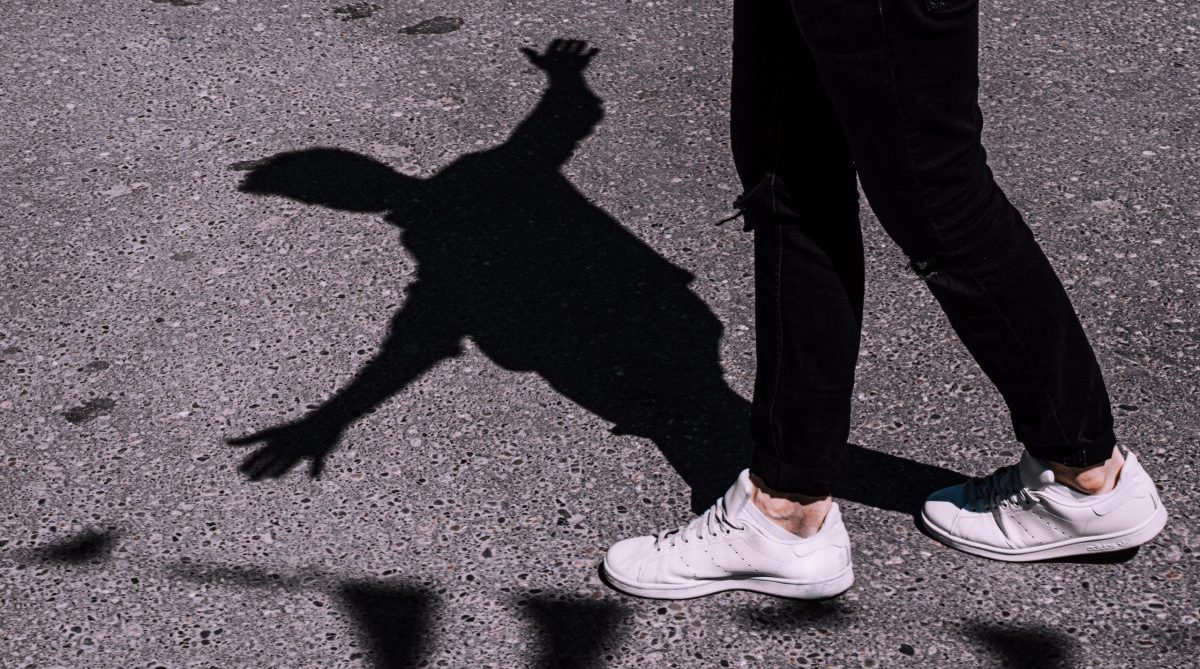
Poor balance can be a sign of an underlying foot problem, which puts you at risk of falling. As you brush your teeth or cook dinner, try standing on one leg for 10 to 20 seconds at a time. If that doesn’t challenge your balance enough, try it with your eyes closed!
Getting a pedicure
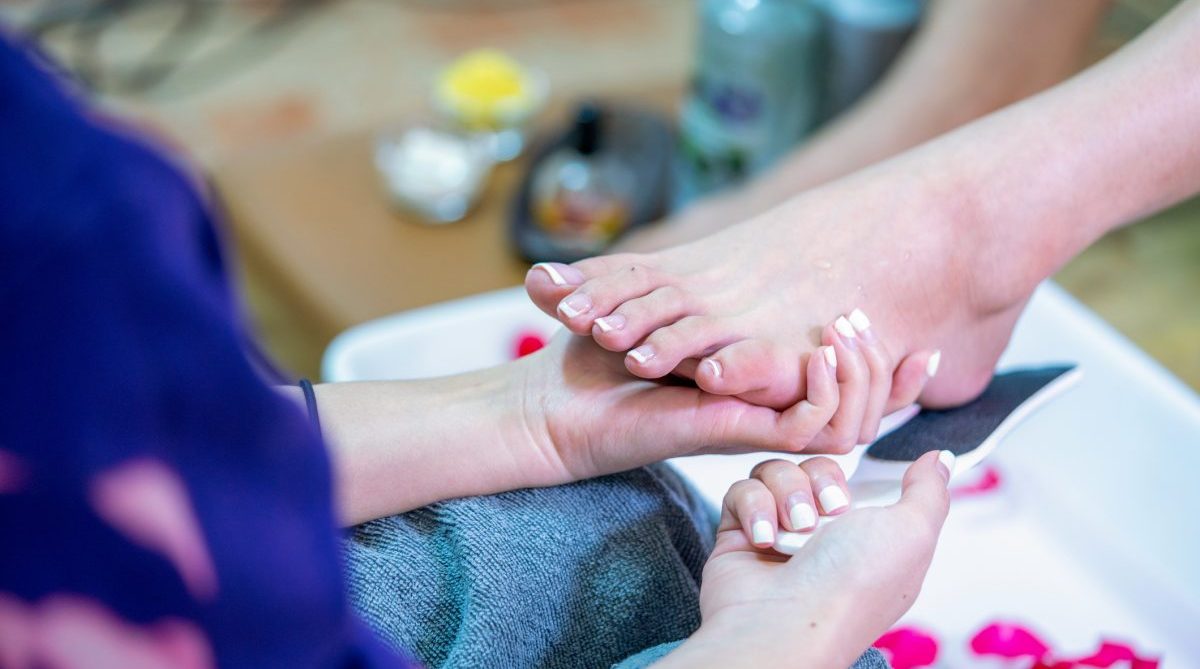
Nail salons can be a breeding ground for fungal nail infections because instruments are rarely sterilized between customers, even if they are wiped down. Sterilizing instruments requires cleaning them first, then bagging and sterilizing them. The process raises temperatures to over 120°C, killing any microbes and making the instruments completely safe to use.
Wearing athletic shoes everywhere
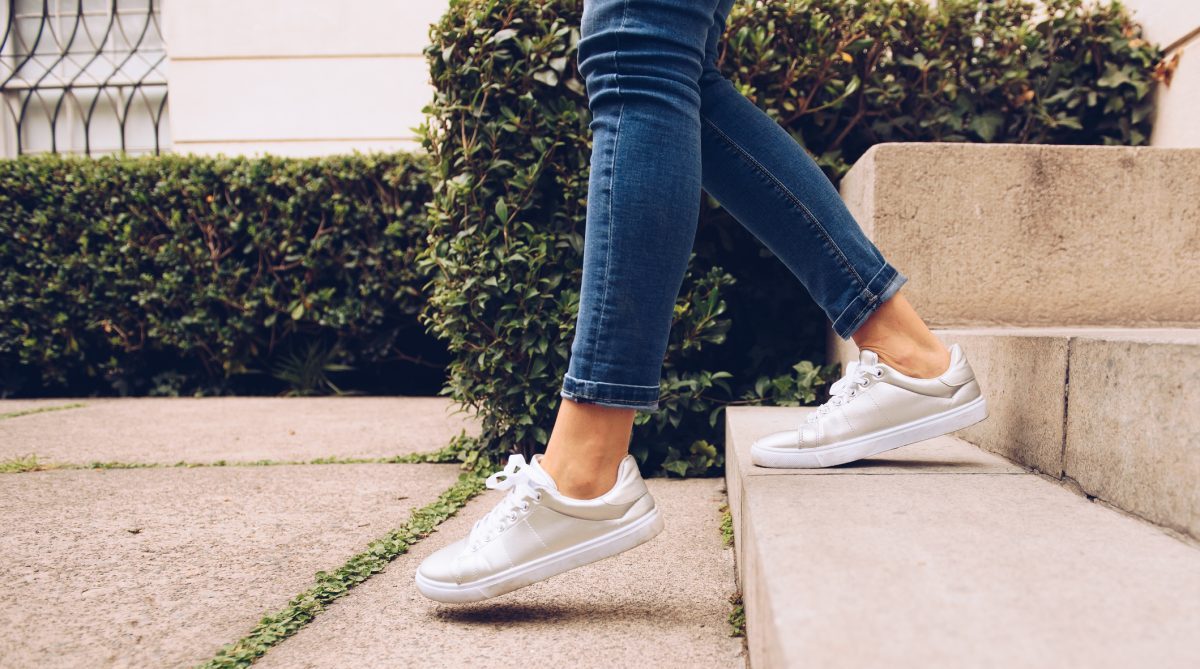
Most athletic shoes are designed to help you run. If you wear them while walking around town, your feet may be moving in ways they aren’t accustomed to. You wouldn’t wear dress shoes at the gym – so why wear running shoes with your jeans?
Carrying your bag on the same side
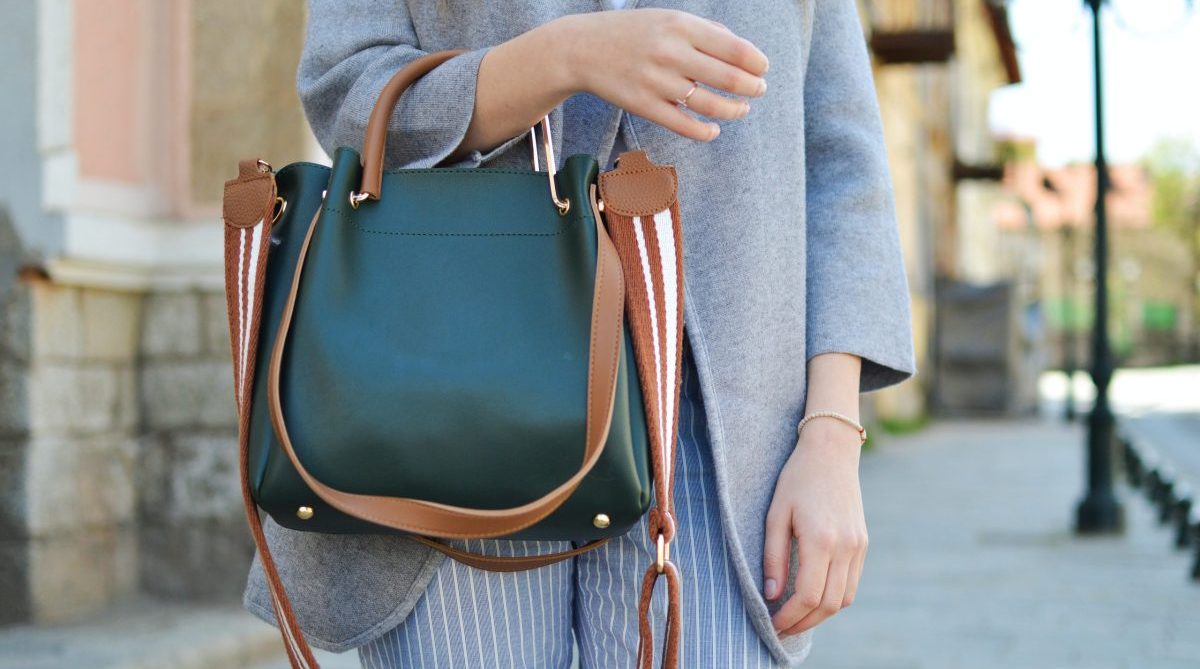
If you carry a purse or briefcase on one side of your body, you are causing yourself to lean toward that side and create an imbalance. This can lead to foot, neck, back, and shoulder pain. To avoid strain, switch sides from time to time when carrying heavy items or use a backpack.
Not changing socks
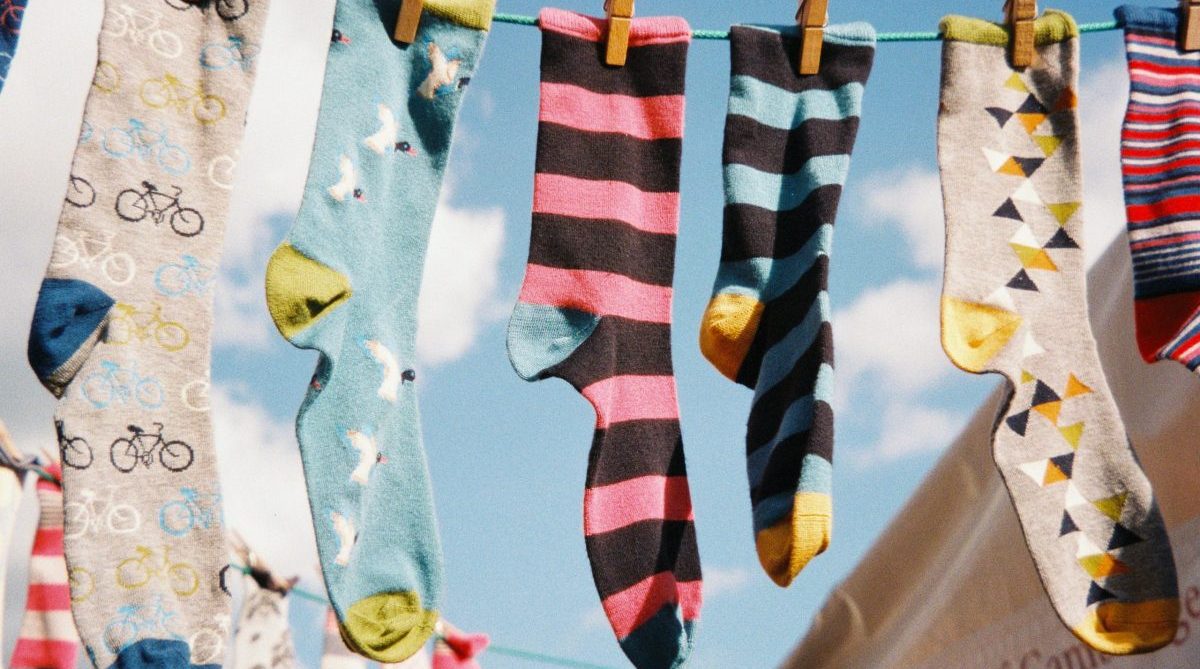
Wear socks made from natural fibers, such as cotton or wool, to keep your feet dry and odor-free. Change into clean socks each day and let your feet air out after exercising or after a long day at work. Dry in between your toes after taking a shower or bath. Change your socks at least once a day, especially if you’re active.
Exercising in bare feet
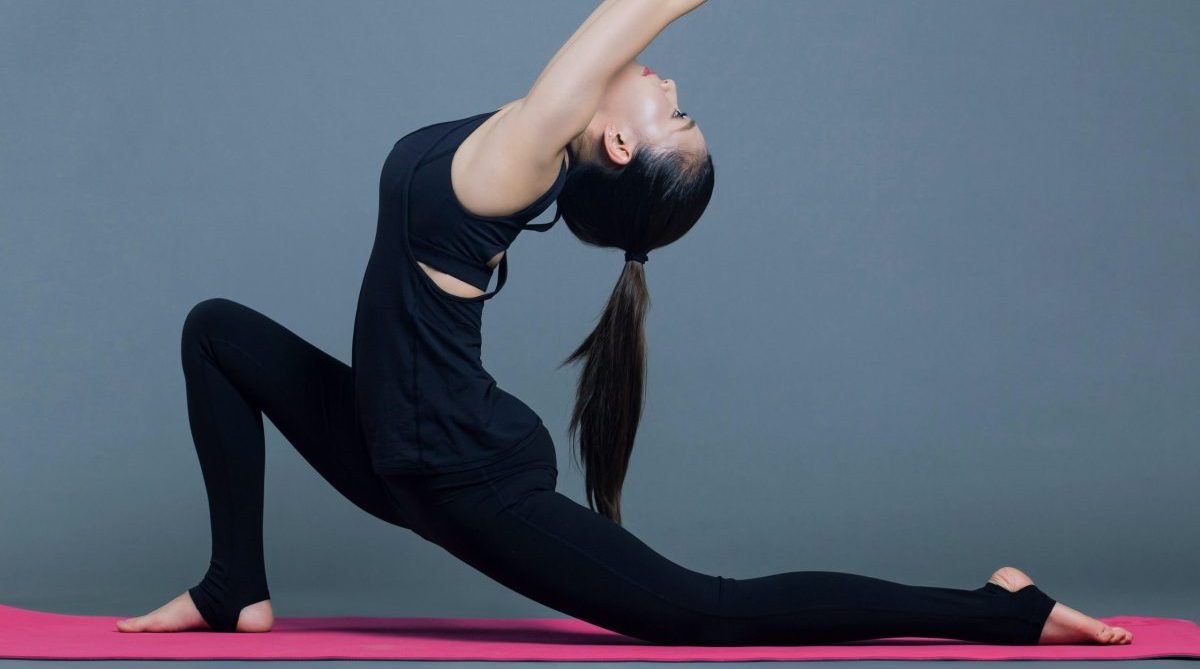
If you work out barefoot, be sure to rotate your activities. People who do the same thing without shoes over and over may experience tendon pain or even joint pain. To stay fit, try to incorporate a mix of workouts that involve wearing sneakers and those that do not.
Not applying sunscreen
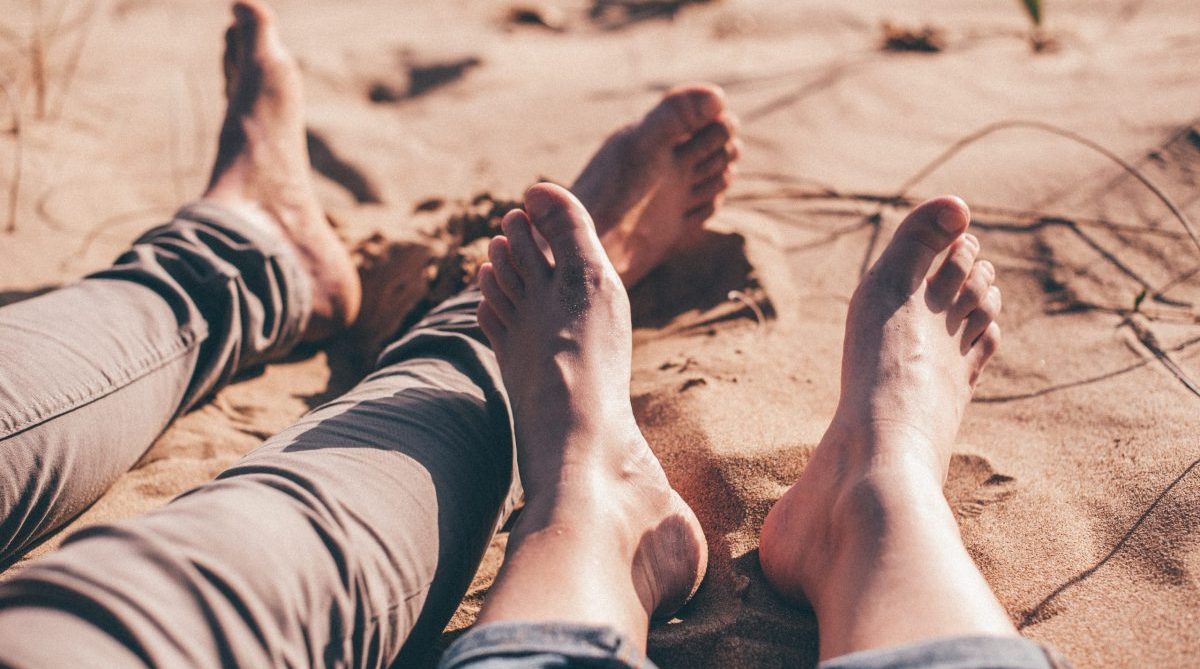
It’s always a good idea to use sunscreen on your bare feet. The tops and bottoms of your feet can get sunburned, too, and skin cancer is not something anyone wants. Aside from trying to wear shoes with sunburned feet being a painful experience, premature aging of the skin on your feet is another reason to use sunscreen every time you go outside.
Wearing outdoor shoes indoors
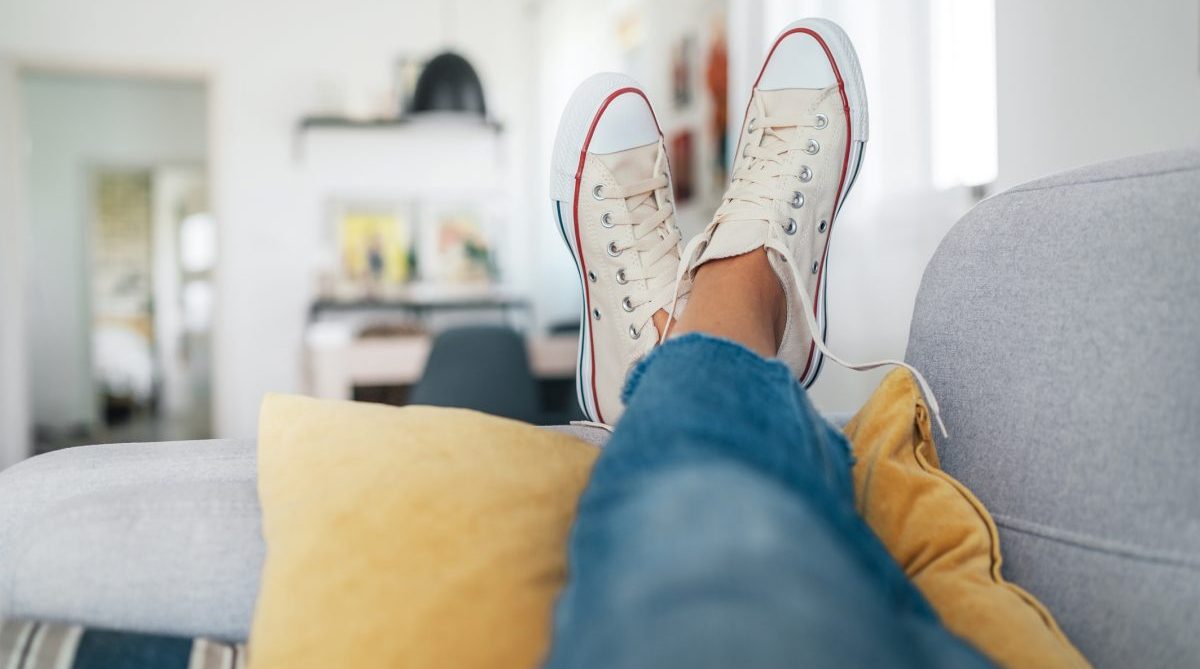
When you walk into your home, remove your shoes. The germs and viruses that contaminate the outside of your shoes can make you sick, so it’s best to keep them out of the house. If you wear shoes inside or store them near areas where you sit or sleep, you could get warts or athlete’s foot.
Pointed shoes
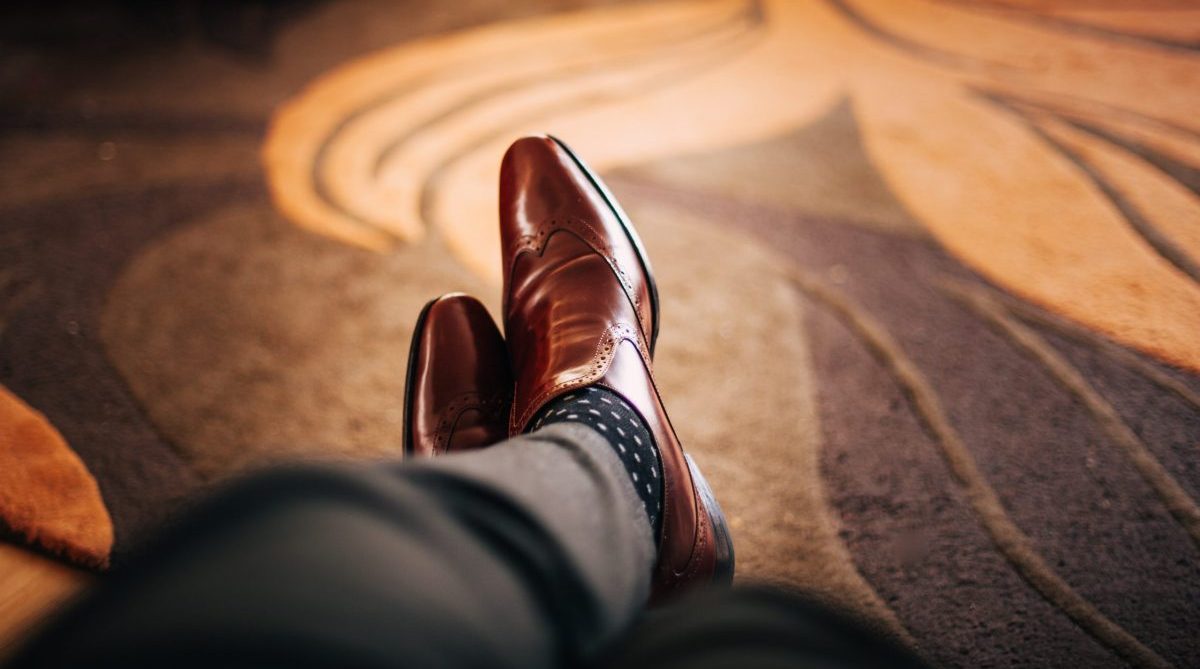
Pointed shoes may look great on the feet, but for those with less flexible toes, wearing them can cause bunions and blisters. A bunion is a painful deformity that forms when the joint at your big toe gets shifted out of place. This can happen when you wear pointed shoes, especially if you have narrow feet or high arches.
Treating fungus at home
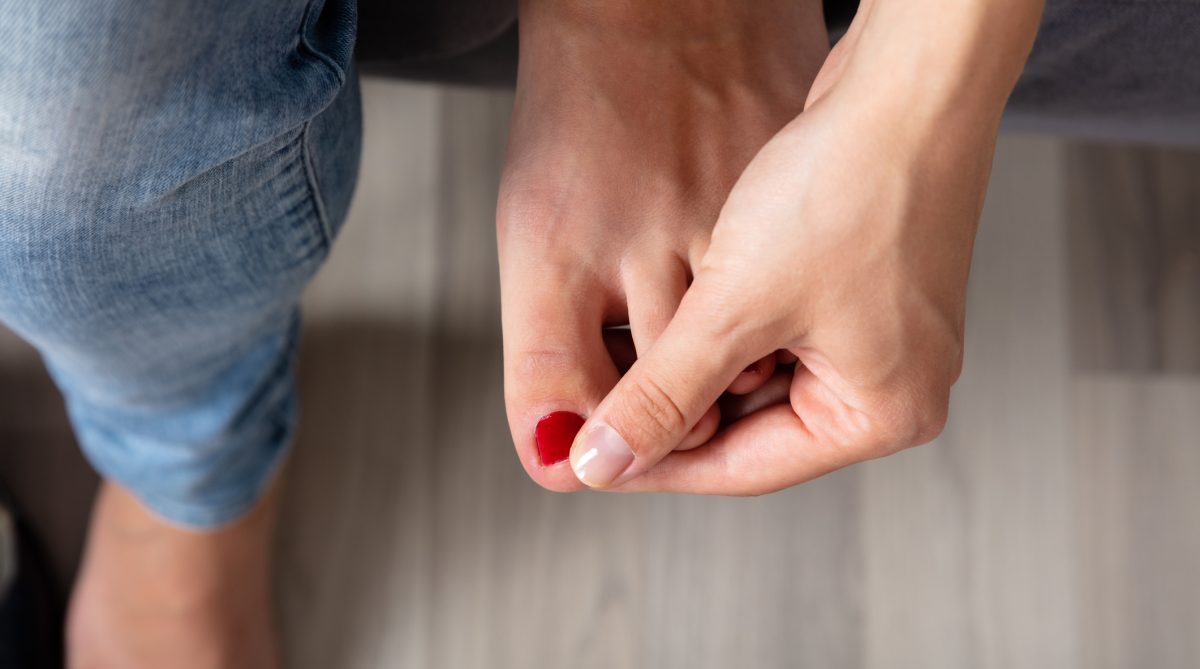
Toenail fungus can be treated at home with over-the-counter medications. However, many of these remedies are ineffective because they aren’t designed to treat the fungus at its source – underneath your nail. Your doctor can prescribe medicated nail polish or oral medications to treat toenail fungus.
Neglecting rest
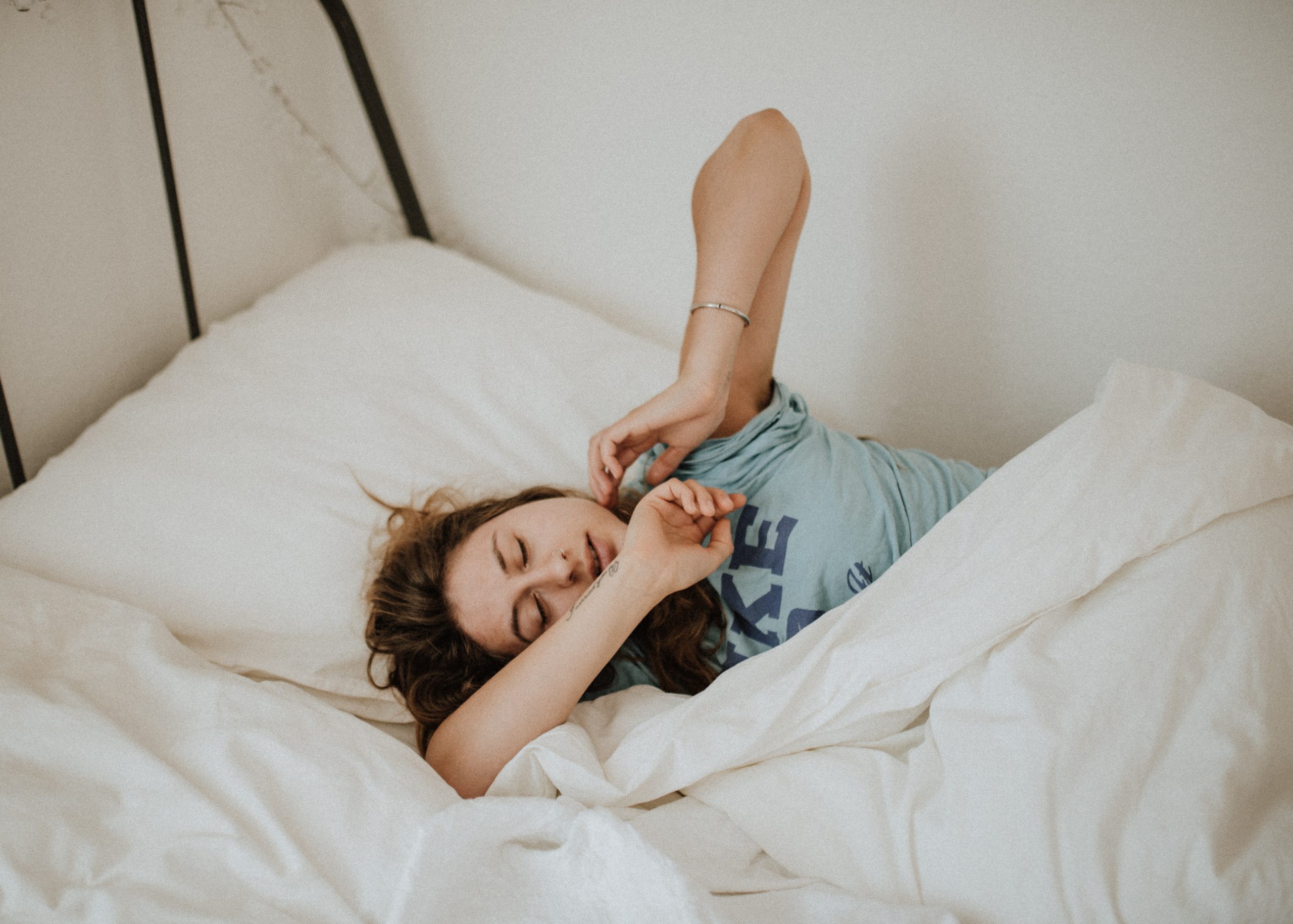
Staying active when you’re sick or injured is a good thing. But forcing yourself to keep going when you’re in pain can do more harm than good. It’s important to let your body rest so it can heal itself. Pushing through foot pain can lead to other problems, including backaches, hip and knee issues.
Soaking your feet in harsh solutions
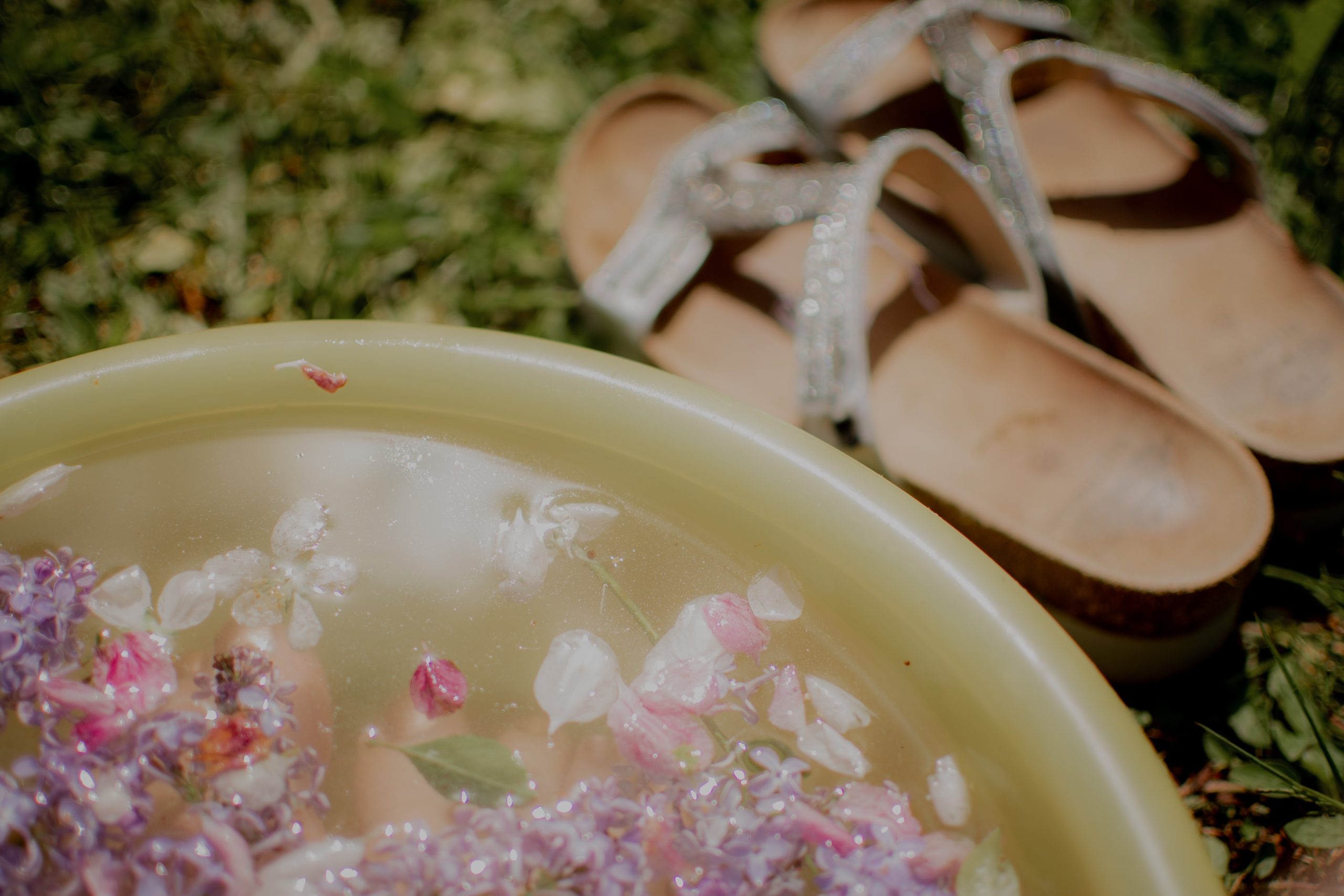
Who doesn’t love a good foot soak after a long day? But before you mix up that potion from a DIY blog, remember: your feet are sensitive. Using harsh chemicals or soaking in strong solutions might promise softer skin, but they can lead to irritations, dryness, or even chemical burns. Always opt for gentle, foot-friendly ingredients that’ll pamper rather than punish.
Not rotating your shoes
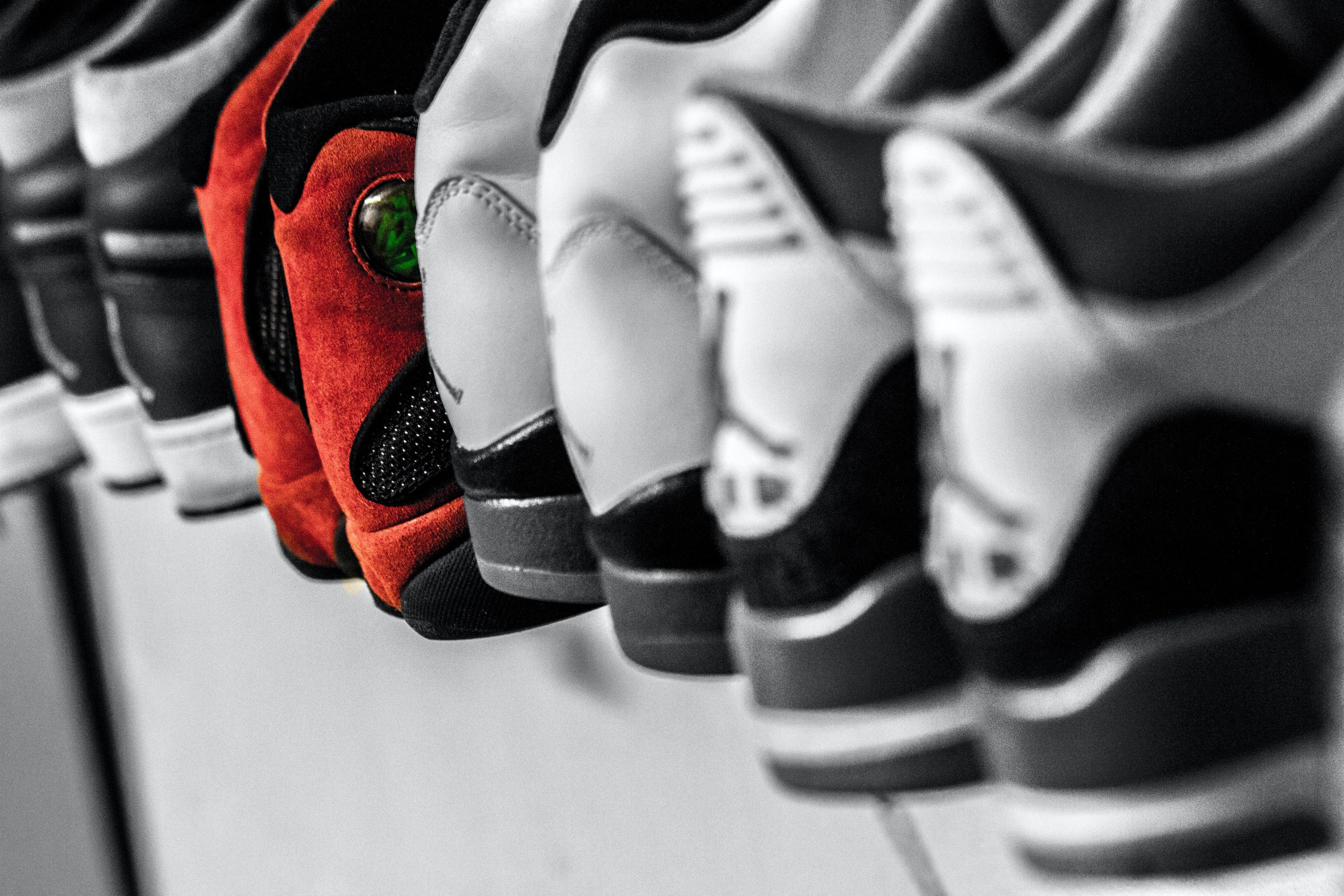
We’ve all got our favorite pair of shoes that we never want to part with, but wearing them day after day isn’t doing your feet any favors. Shoes need a breather (literally) to air out, and your feet can benefit from a change in pressure points. Besides, switching things up can give that old pair a longer lifespan.
Not treating blisters immediately
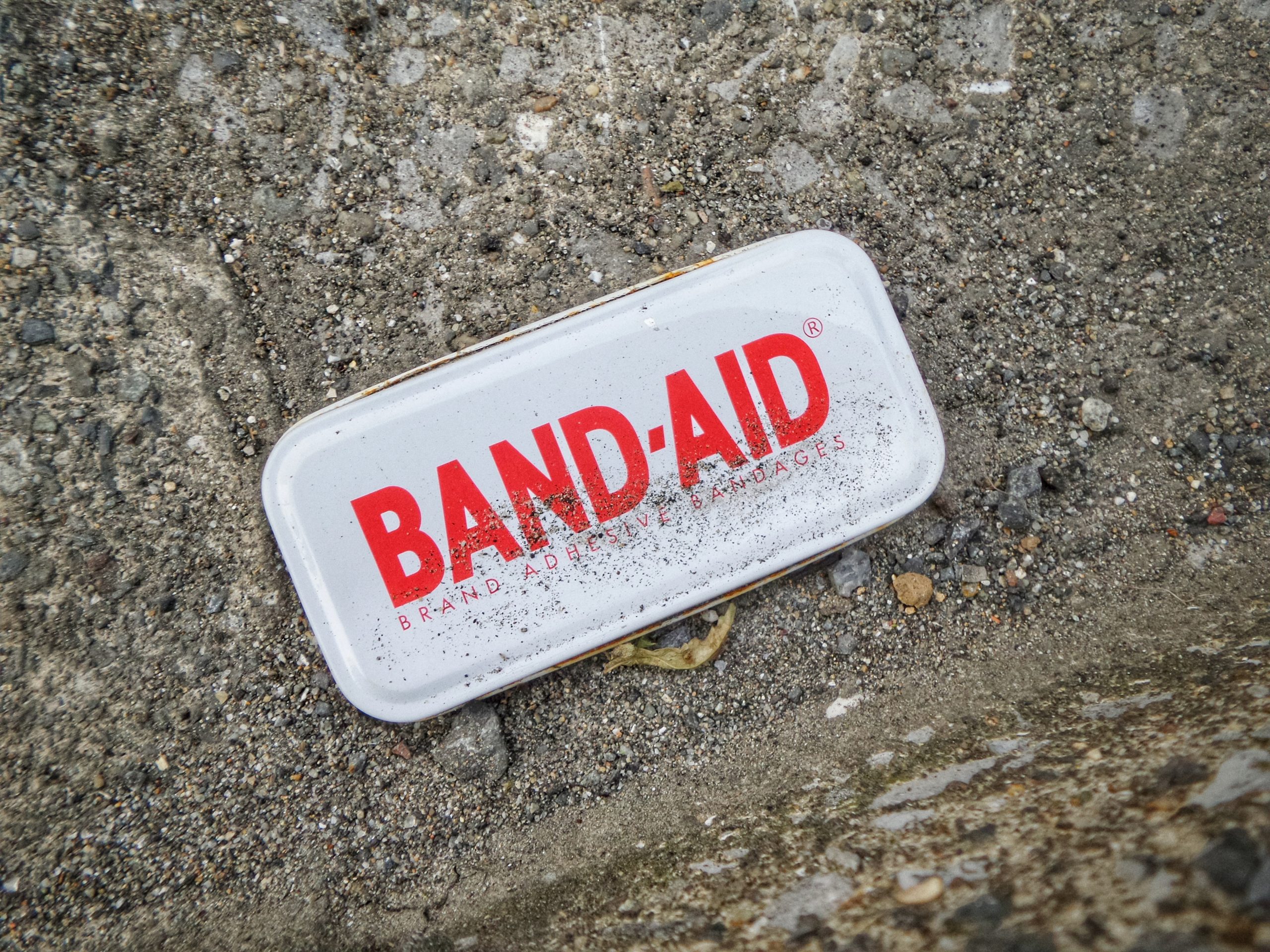
Blisters might seem like tiny inconveniences, but if ignored, they can turn into painful problems. Popped blisters can become gateways for infections, especially if you’re not keeping them clean and covered. Next time you spot one, give it the TLC it deserves, and it’ll thank you by healing quicker.
Using old insoles
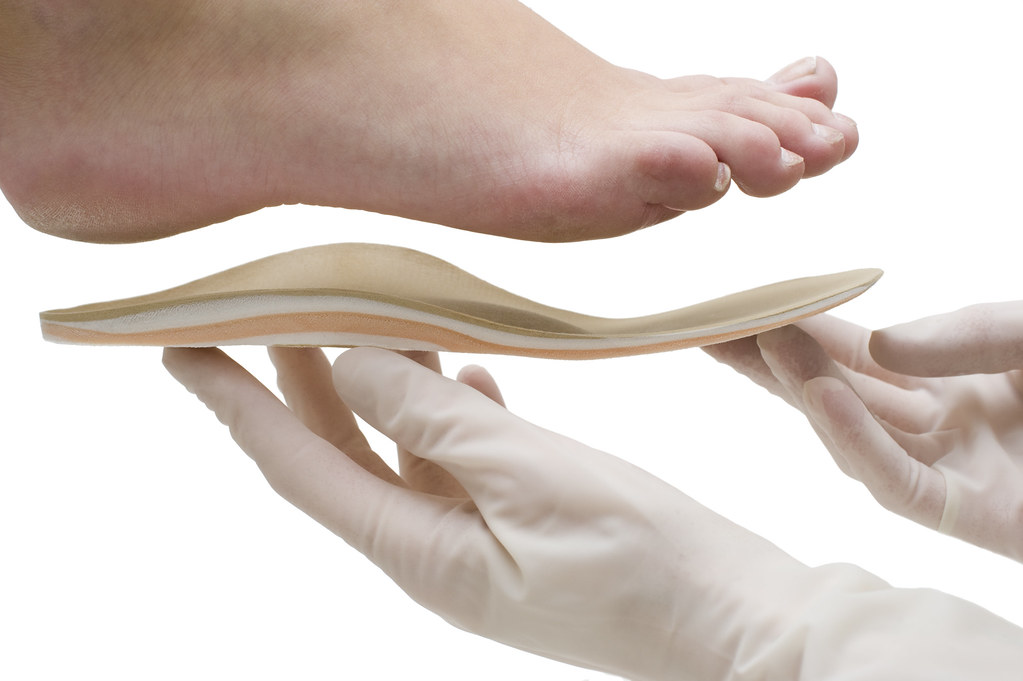
Sure, they’ve shaped perfectly to your feet over time, but those old, worn-out insoles aren’t doing you any favors. As they wear down, they lose their ability to support and cushion, leading to potential foot pain or alignment issues. A simple swap for a fresh pair can make your shoes, and your day, feel a whole lot better.
Going barefoot in public places
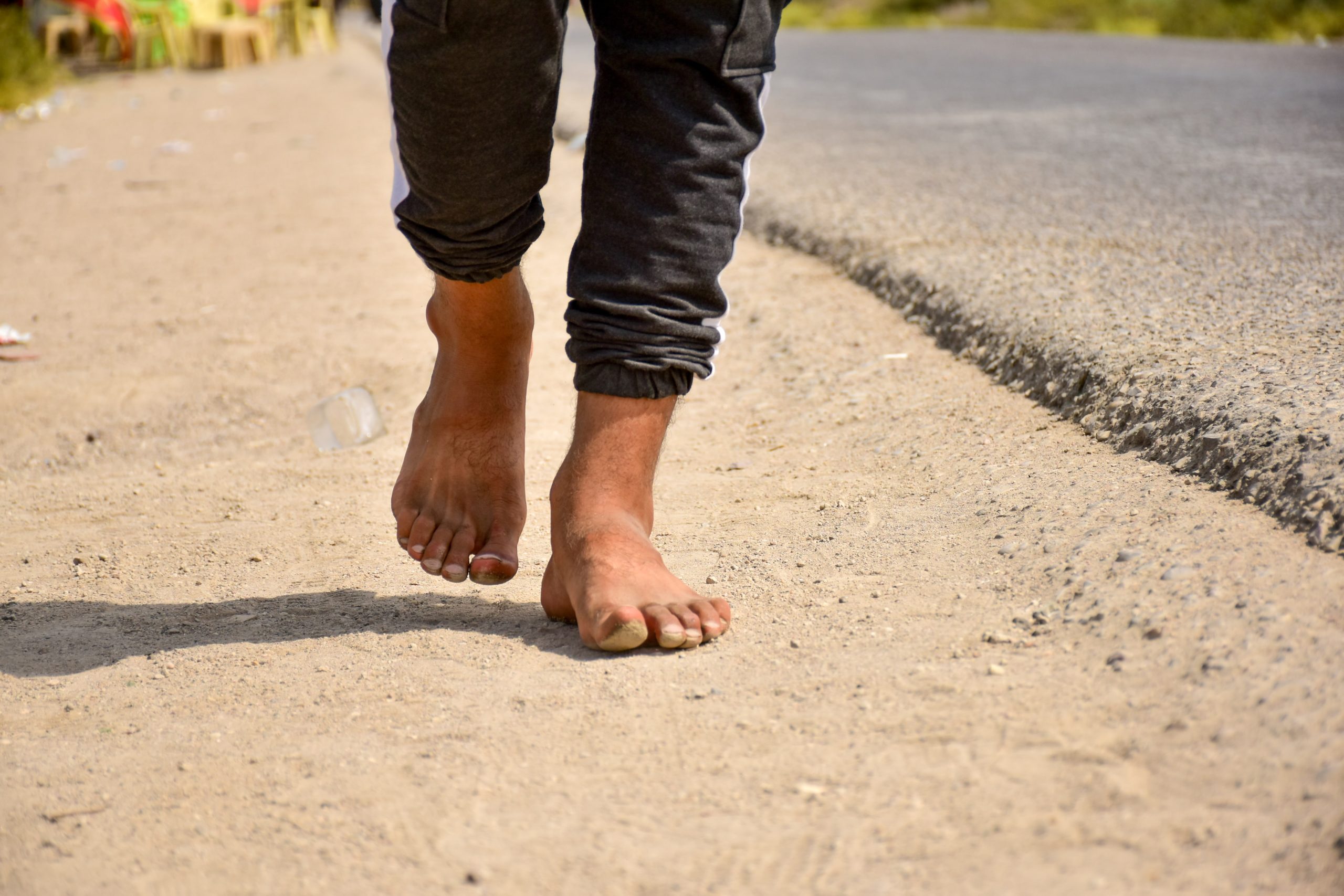
It might feel liberating to ditch the shoes at the park or by the poolside, but your bare feet are rolling out the welcome mat for germs, bacteria, and potential injuries. From prickly thorns to unpleasant fungi waiting to hop on, it’s a nasty combination of unseen hazards. So, unless you’re at home, it’s a good idea to keep those shoes on.
Ignoring foot pain or discomfort
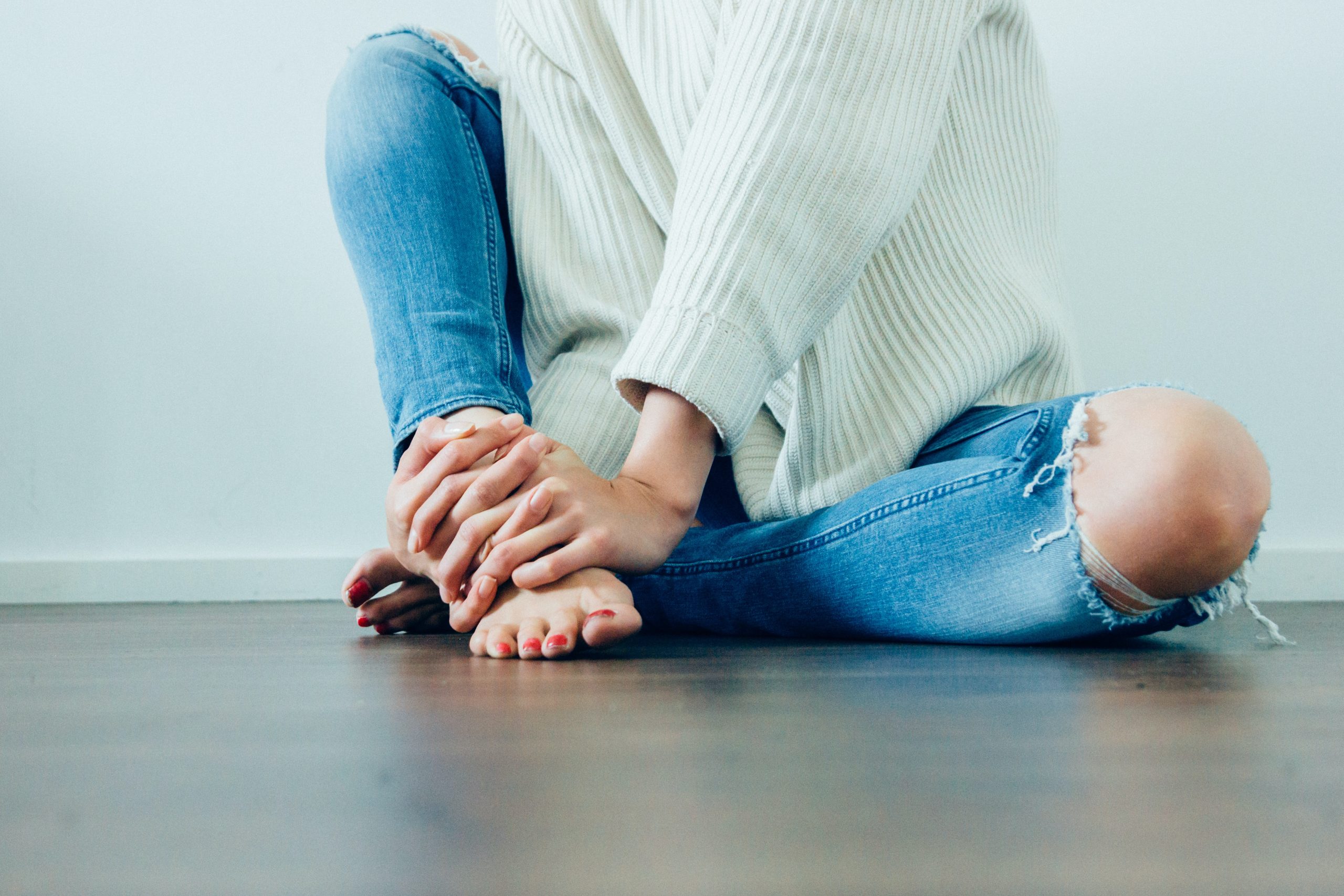
A slight foot niggle or a little ache now and then might seem harmless. ‘It’ll go away,’ we often think. But ignoring foot discomfort can transform a minor issue into a major ordeal down the road. Listen to your feet; they’re literally supporting you every step of the way.
Walking on extremely hot or cold surfaces
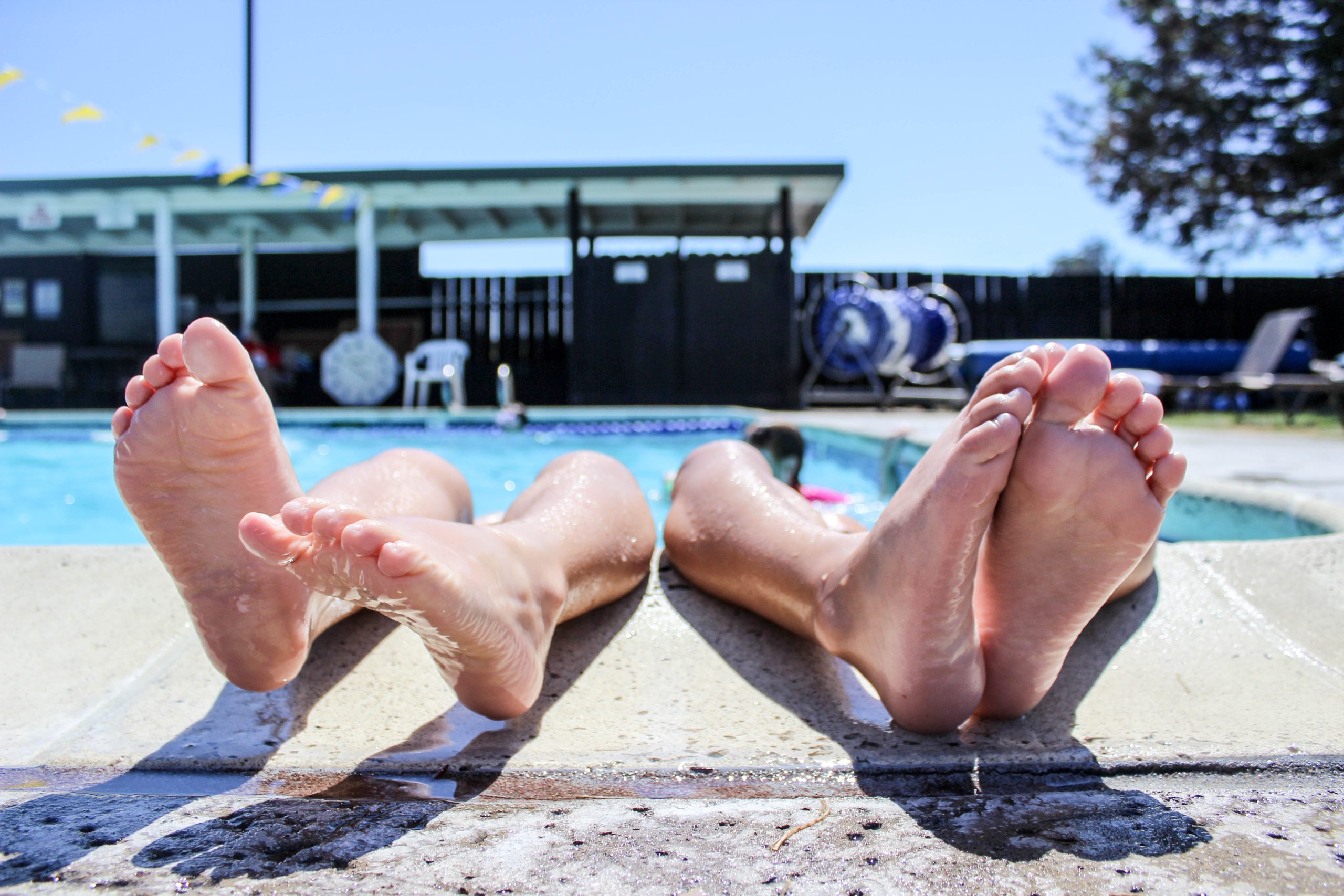
A beach day is all fun and games until you scorch your feet on the hot sand, just the same as a winter walk can turn painful on icy ground. Exposing your feet to extreme temperatures can cause burns, frostbite, and numbness. Make sure to protect your feet with appropriate footwear or take care to limit your exposure to keep them safe from the elements.
Walking on uneven surfaces
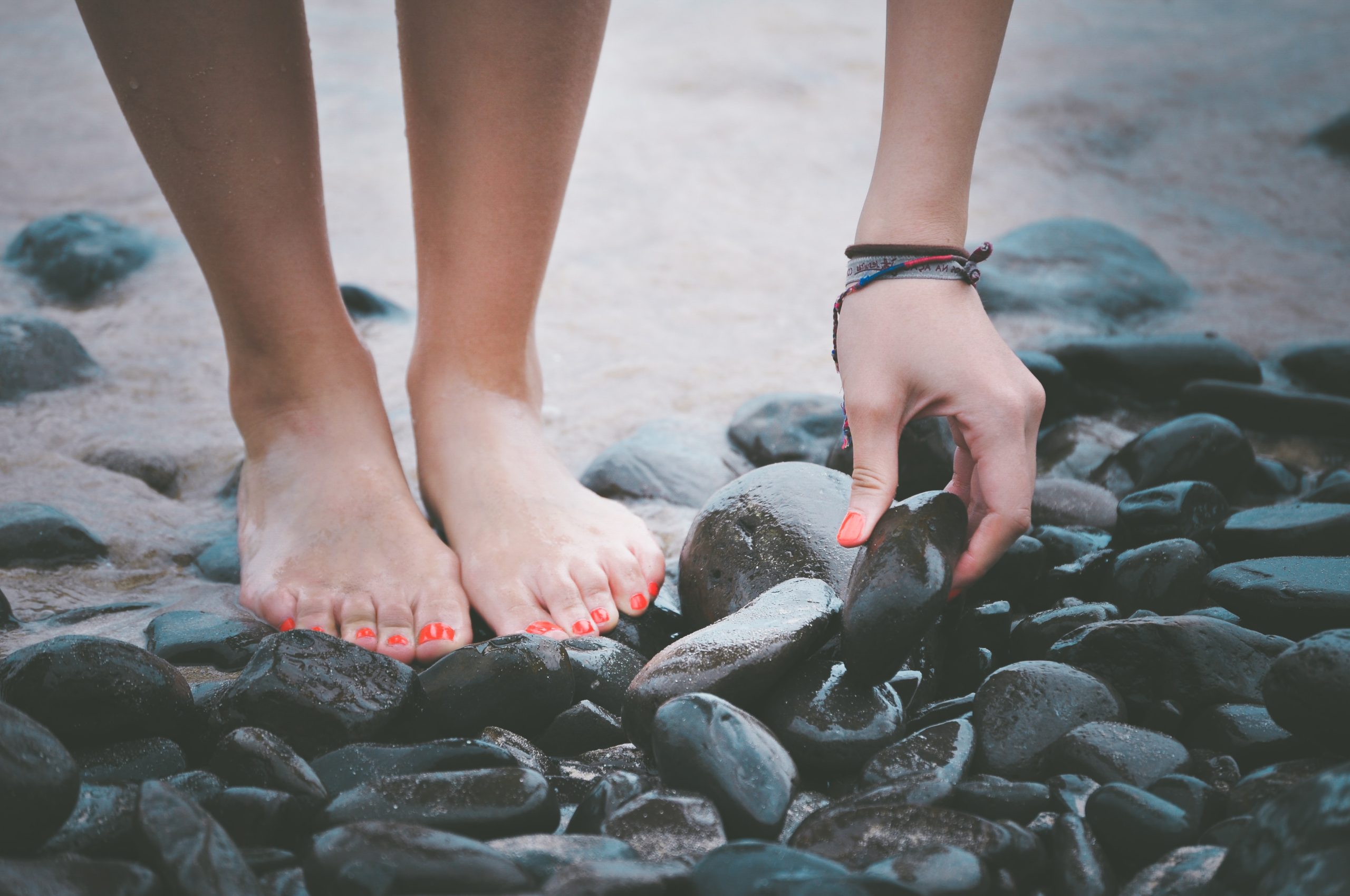
Ever strolled through a gorgeous cobblestone street or done an off-the-beaten-path hike? As scenic and lovely as they might be, they’re not exactly your feet’s best friends. Uneven surfaces can cause a multitude of issues: throwing your balance off, straining your foot muscles, and even leading to dreaded sprains. Always think about keeping your soles healthy before you venture into rugged territory!
Using communal footwear
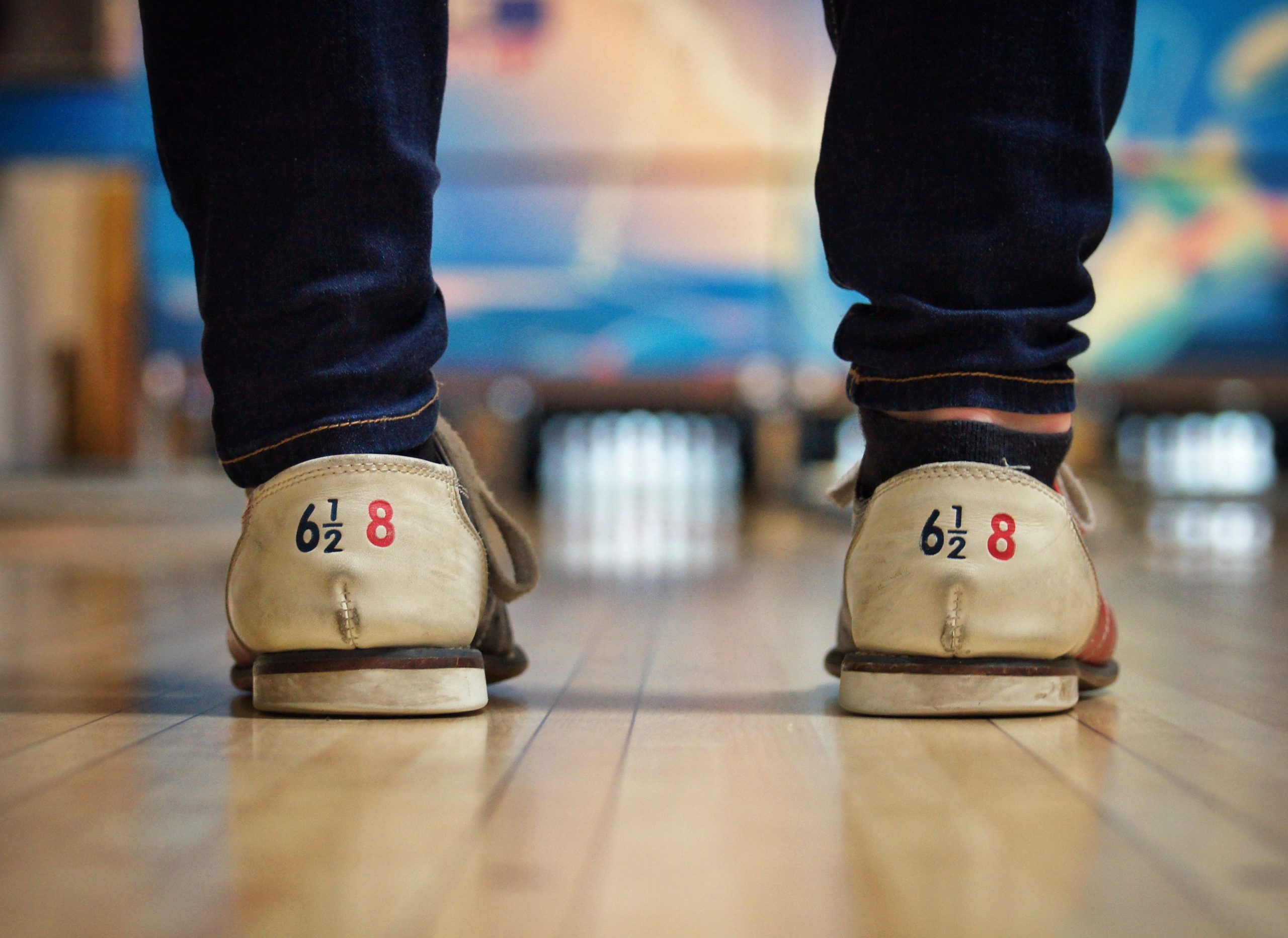
Borrowed bowling shoes might seem harmless, especially if they look clean. However, you never truly know the feet that were in them before yours. You’re potentially exposing your feet to a cocktail of bacteria. If you are an avid bowler or often frequent other places that require shared footwear, consider investing in your own pair – or at least wearing a protective sock layer!
Prolonged use of foot-binding accessories
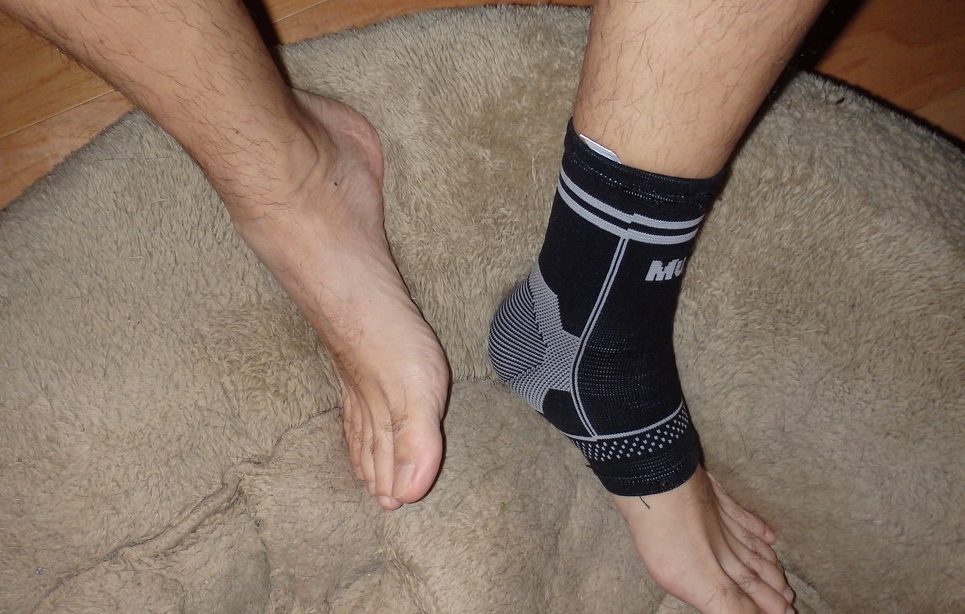
Foot-binding accessories, like tight straps or toe separators, might seem like the answer to achieving a certain look or improving foot posture. But, over-relying on them can harm your feet’s natural anatomy, circulation, and overall health. Over time, these tools can actually lead to more harm than good – such as pain, deformities, and other complications. Balance is key; let your feet be free when they need to be.
Wearing non-breathable shoes
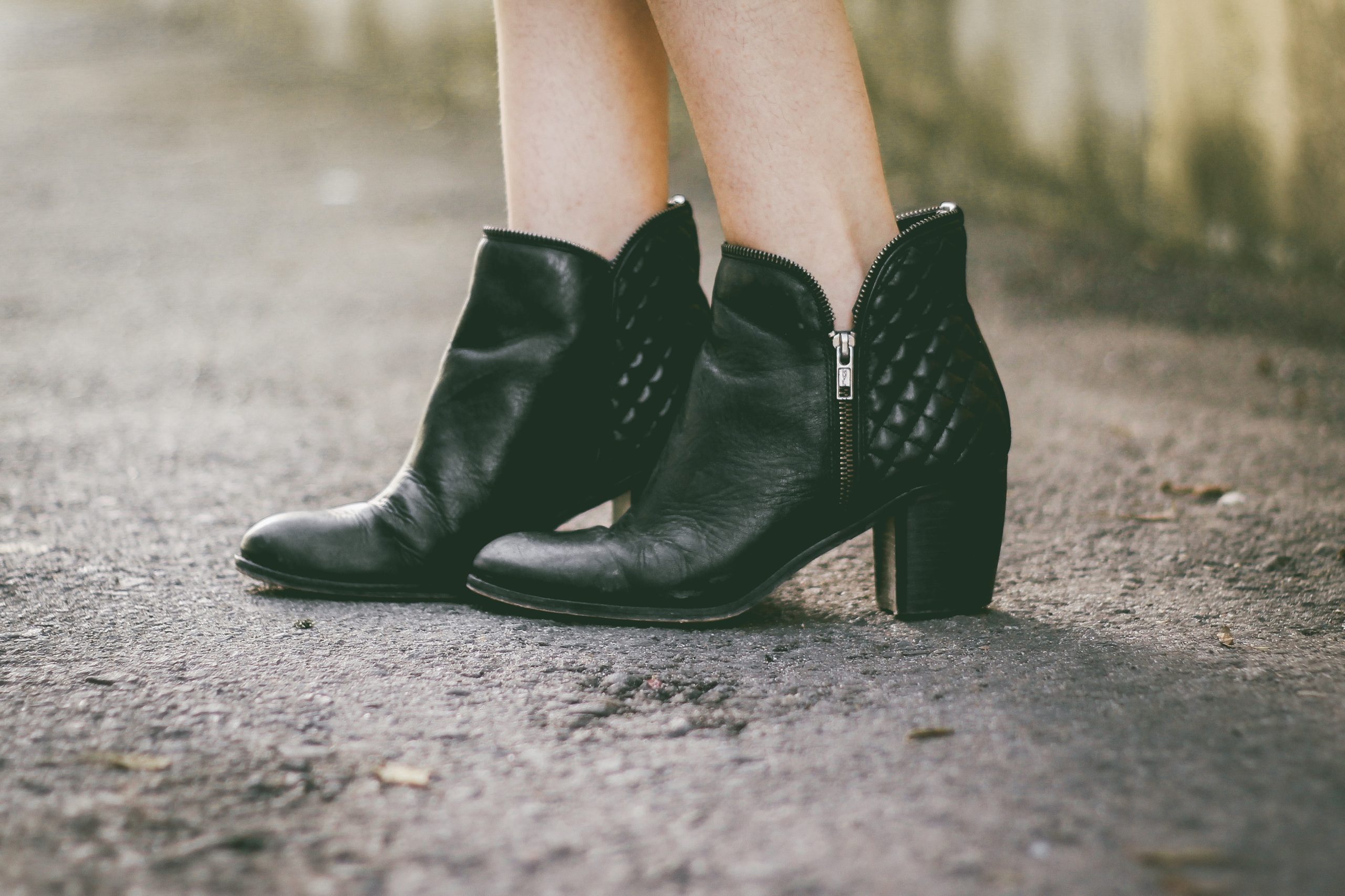
We all have some pairs of shoes that look amazing but might not do wonders for our foot health. Shoes that lack breathability end up trapping moisture, which can not only lead to a smelly situation but also increase the risk of infections such as athlete’s foot. Remember, foot comfort isn’t just about how a shoe feels on the foot but also about the environment it creates for it.
Prolonged standing on hard surfaces
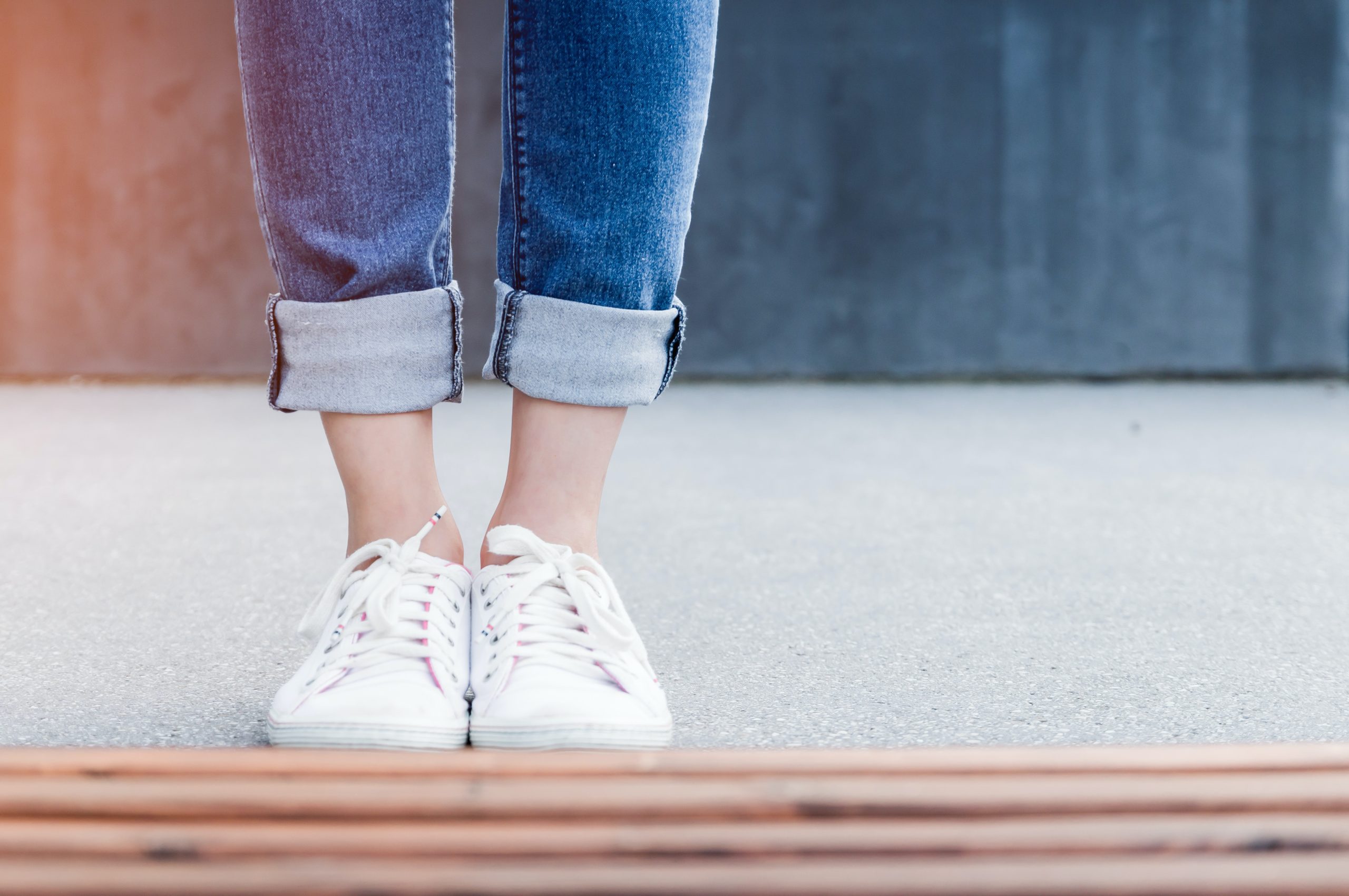
It might seem like just another day on the job, or perhaps you’ve been lost in a weekend DIY project, but hours standing on concrete, tile, or other hard surfaces can be brutal on your feet. If you know you’ll be on your feet for hours on end, it may be worth considering mats or supportive footwear to ease the strain.
Not using orthotics when recommended
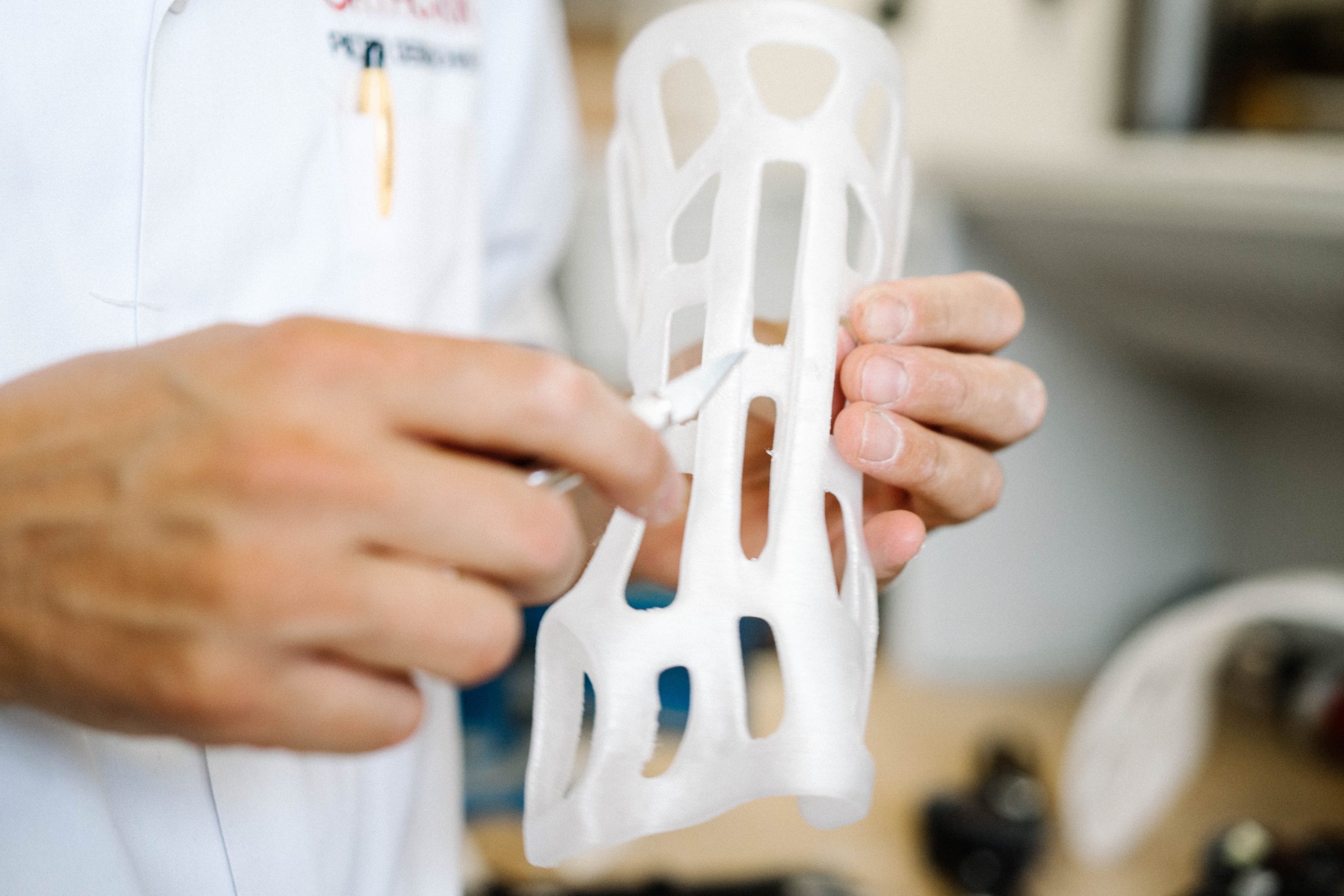
Orthotics aren’t just shoe inserts; they’re foot saviors that are always prescribed for a reason. By not investing in them, you might be denying your feet the support and alignment they need, which could lead to the worsening of foot problems and pain in other parts of your body. Trust your podiatrist – those orthotics might just be the ticket to a nice pain-free stride.
Over-exfoliating the feet
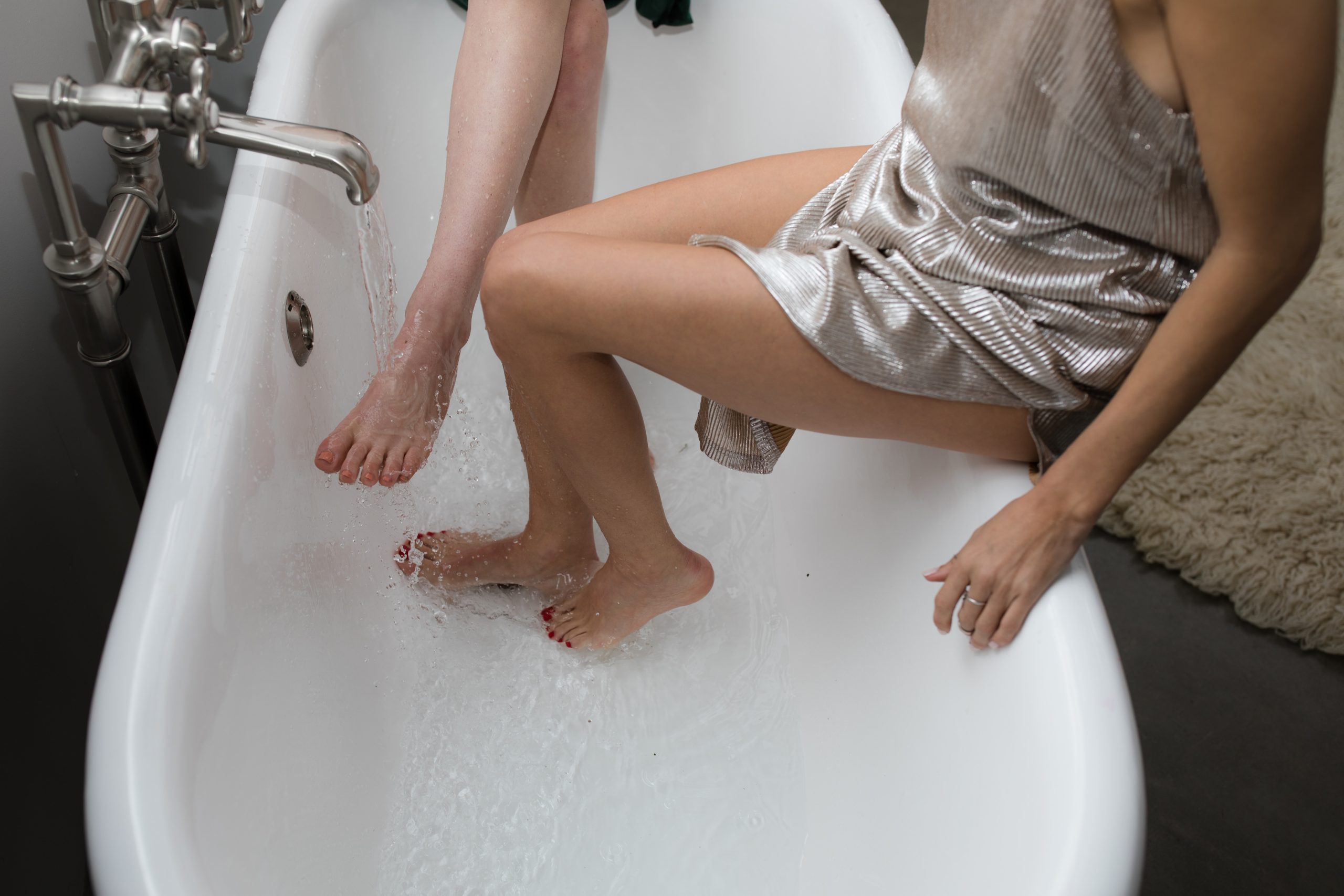
Who doesn’t love the feel of silky-smooth feet? We all love some self care, but while exfoliating can get rid of dead skin and rough patches, overdoing it can strip away the natural oils and protective layers of your skin. This can leave your feet vulnerable to dryness, cracks, and infections. Remember, moderation is key!
Overuse of toe rings or tight foot accessories
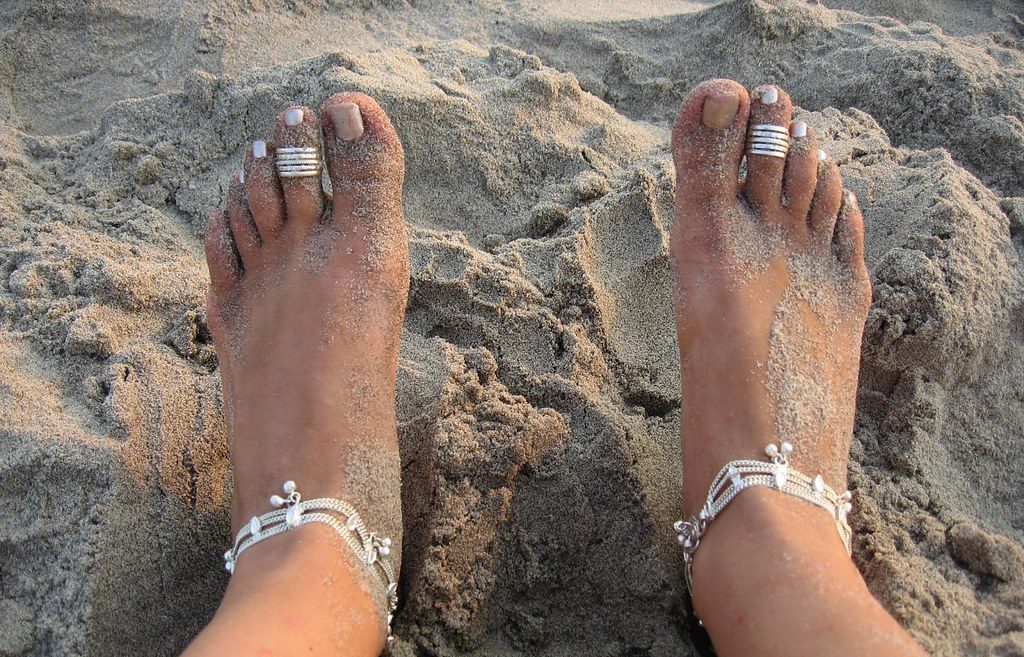
Toe rings, ankle bracelets, and other snug foot accessories can amp up a summer look, but overdoing it might just cramp your style—and your toes. Continuous pressure or constriction can impair circulation, lead to skin issues, or even cause deformities over time. You don’t need to abandon your accessories – simply wear them on the days you wish to showcase them!
Ignoring corns or calluses
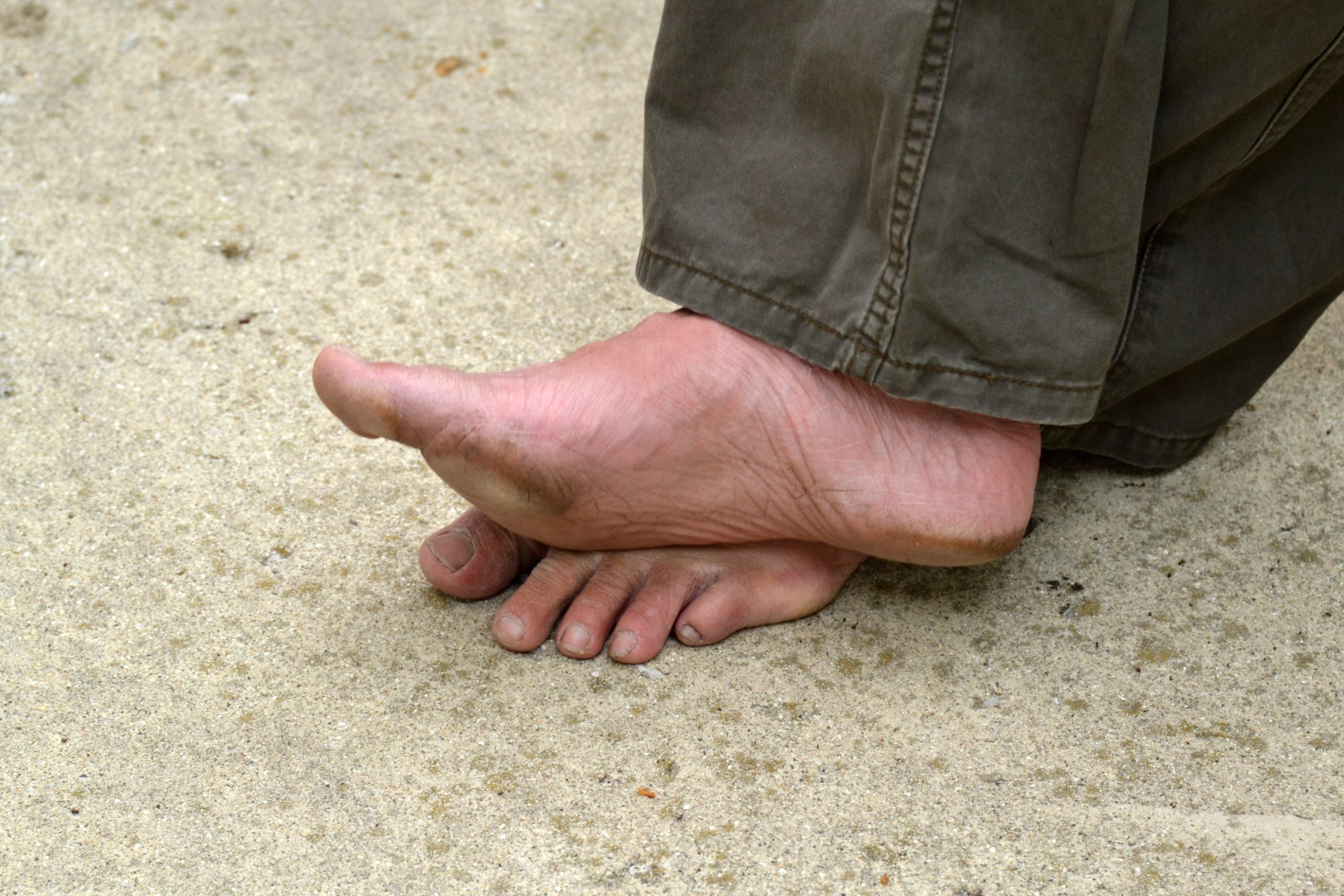
Corns and calluses might start as small nuisances, but ignoring them is a step (pun intended!) in the wrong direction. These hardened areas of skin develop as a protective response to friction, but left unchecked, they can become painful and lead to other complications. It’s tempting to try home remedies, but your best bet is to seek a professional’s advice.
Standing on tiptoes for extended periods
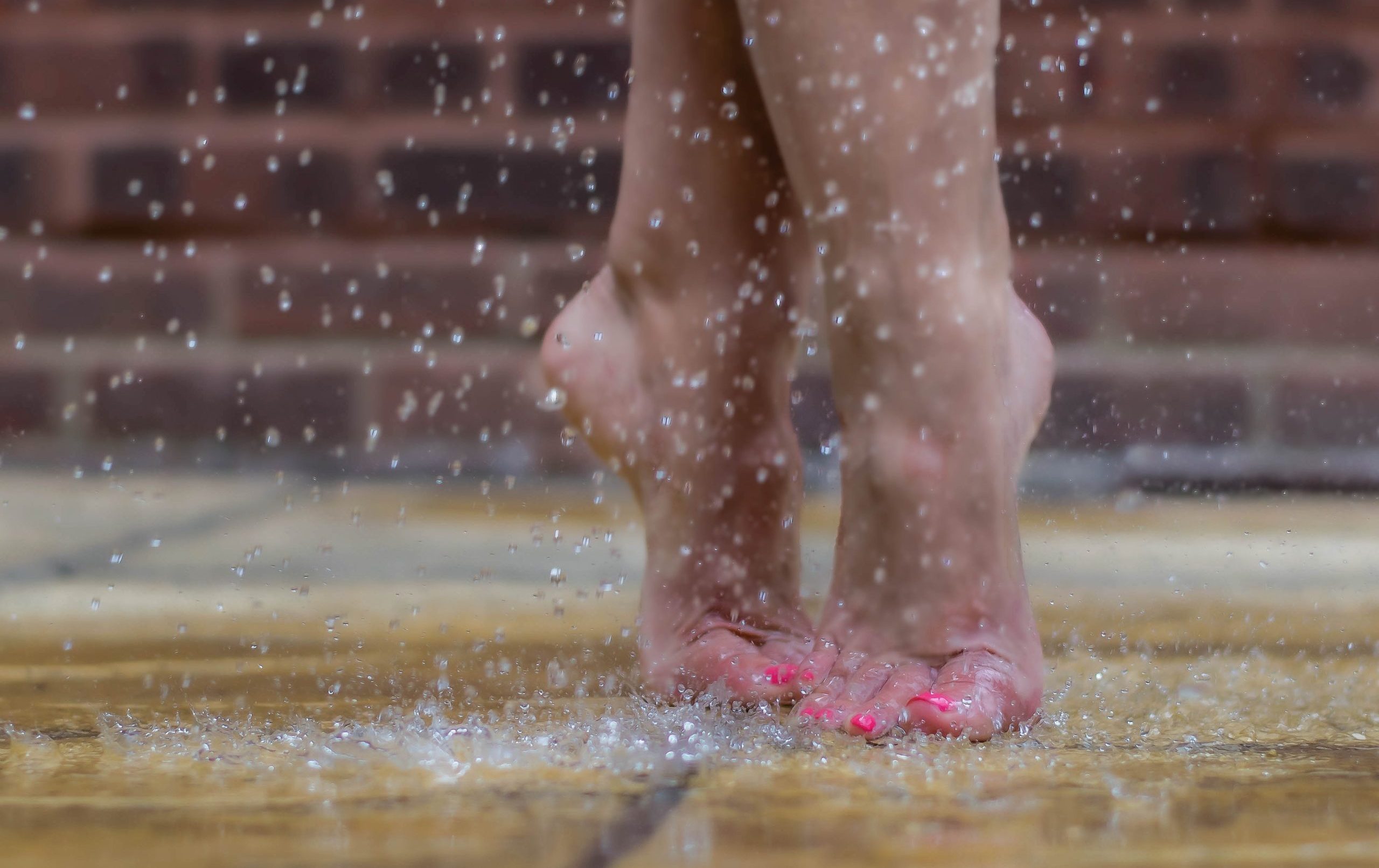
Whether you’re reaching for that top shelf, trying to better view a concert, or trying to add a little extra height, standing on tiptoes might seem harmless. However, prolonged periods can strain your Achilles tendon, calf muscles, and the balls of your feet. Best to keep those heels down and seek safer alternatives for reaching heights.
Not drying feet properly after washing
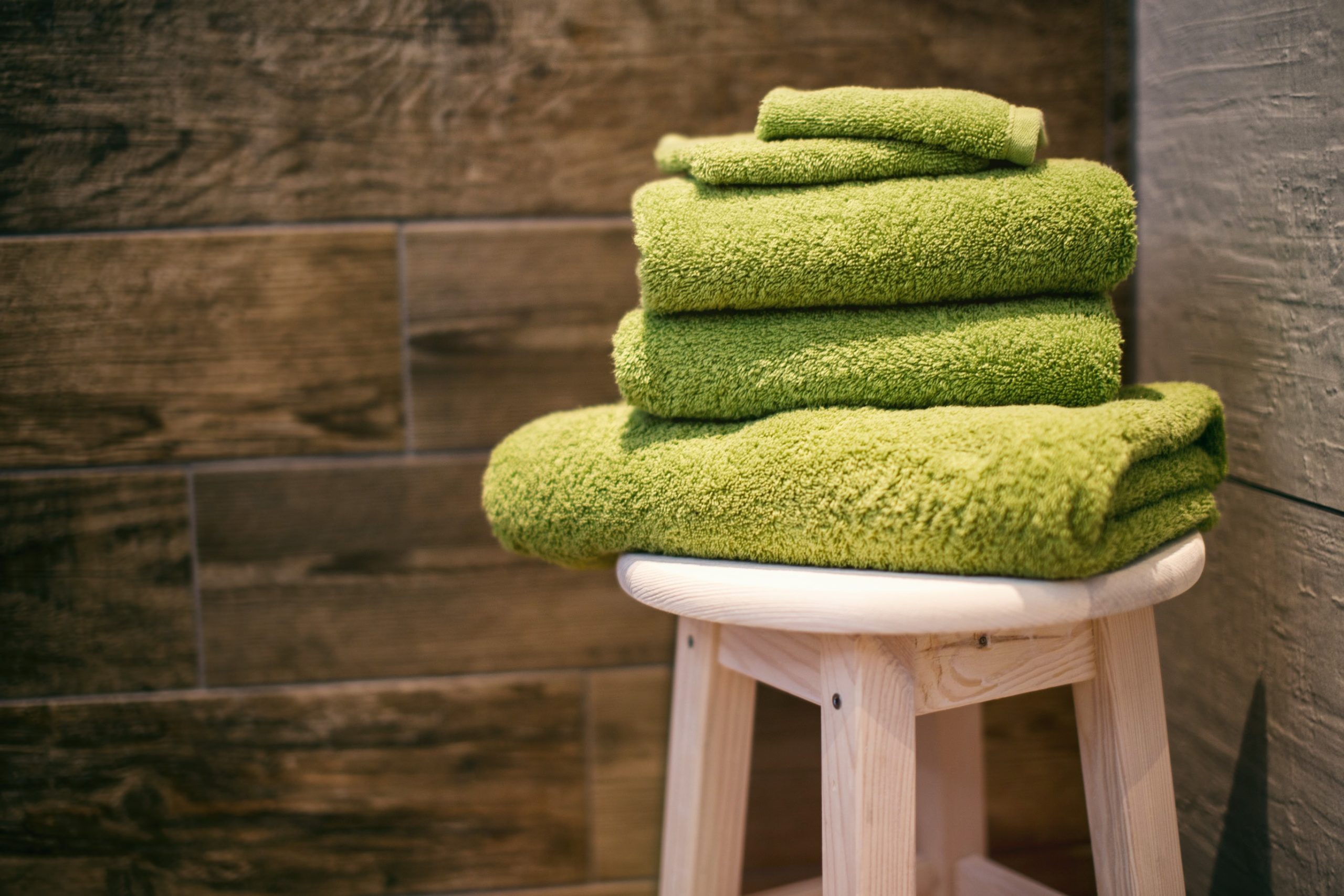
After a refreshing shower or a relaxing foot soak, it might be tempting to slip into some cozy socks right away. But beware! Leaving your feet damp, especially between the toes, creates the perfect environment for fungal growth. This could lead to conditions like athlete’s foot. So, make sure you take an extra minute to pat your feet dry to avoid weeks of itchiness!
Ignoring signs of infections or injuries
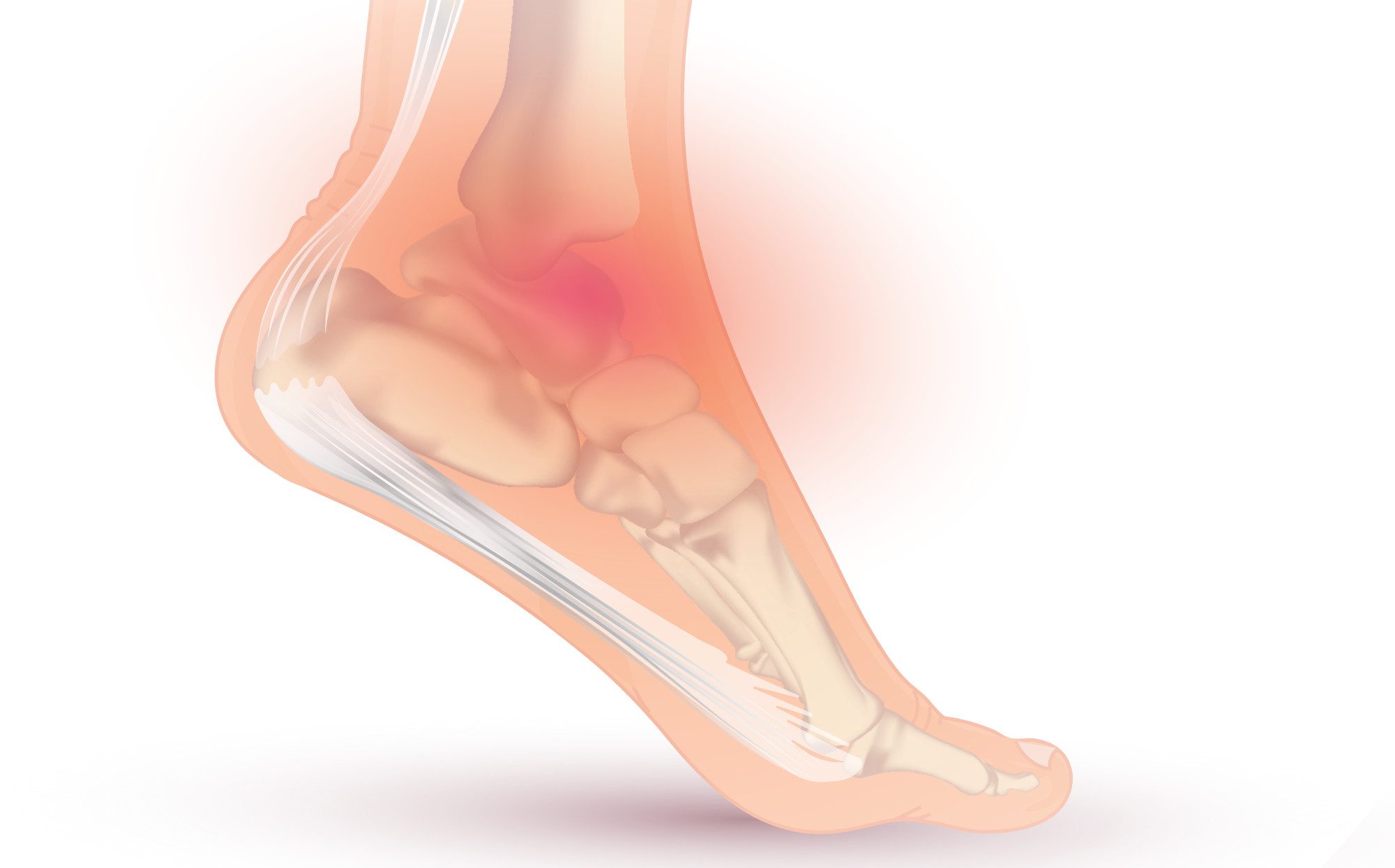
From a small cut to an odd-colored toenail, the early signs of infections or injuries can often be subtle. Pushing through pain or dismissing abnormal signs might lead to more severe complications down the line. Remember, your feet carry you everywhere – give them the attention and care they deserve at the first sign of trouble.
Wearing shoes with a worn-out sole
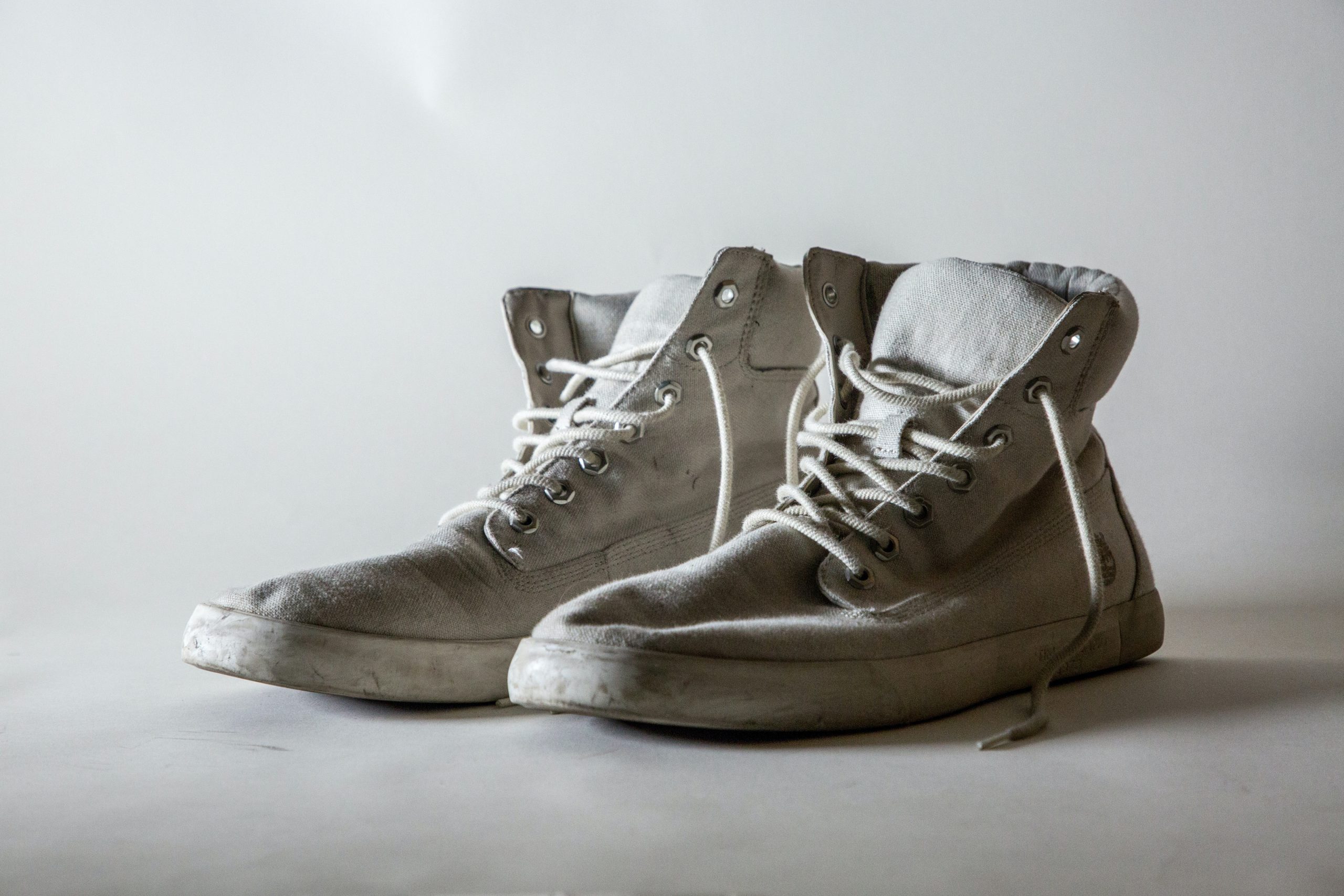
That favorite pair of shoes might hold sentimental value, but if the sole’s worn out, it might be time for a change. A worn down sole can affect your foot’s support, alignment, and protection from the ground. It might be tough, but sometimes you need to say goodbye and invest in a new pair.
Over-arching the feet when standing or walking
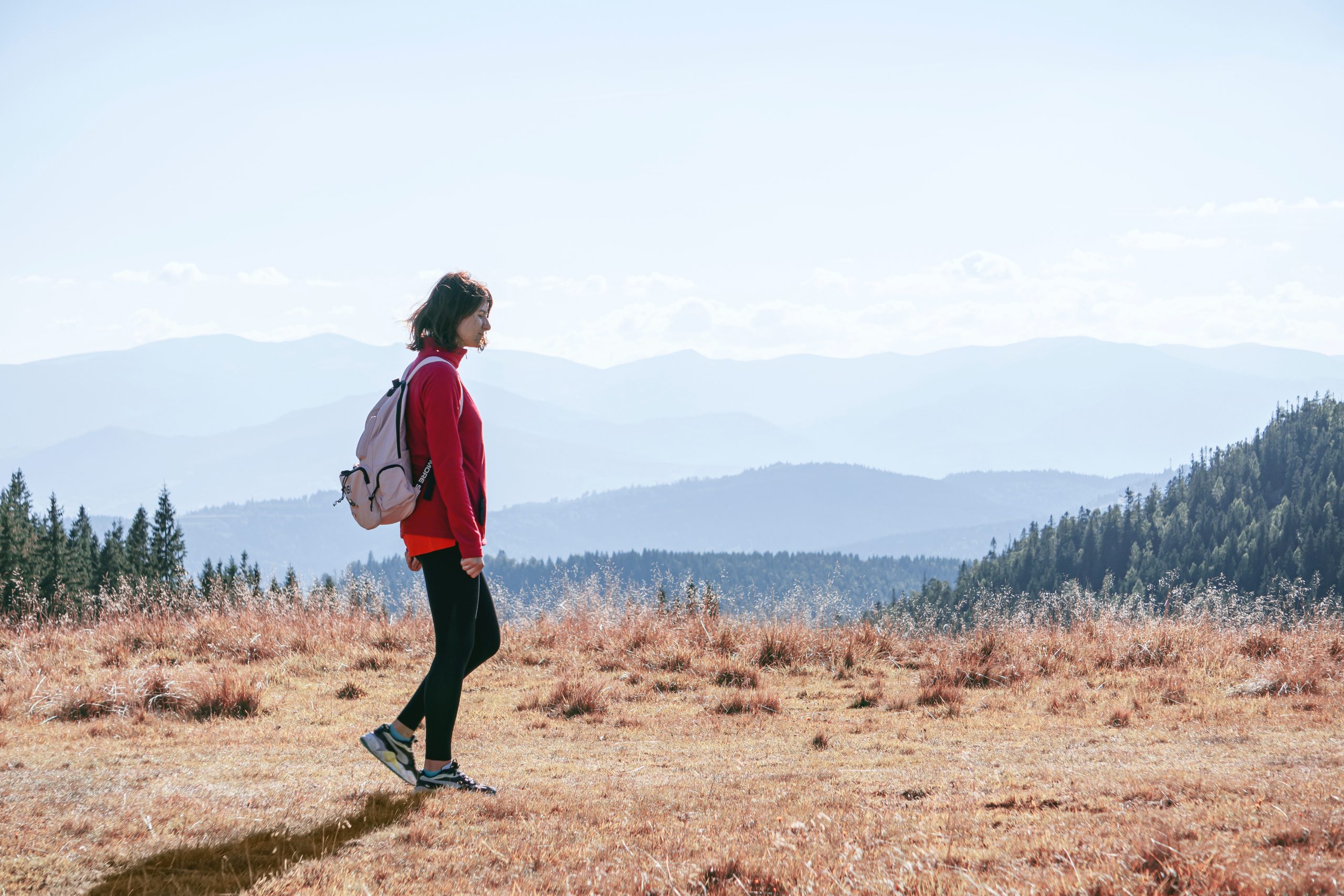
Maintaining proper foot posture is crucial for distributing weight and providing stability. When you over-arch your feet, it can strain the ligaments and tendons, leading to conditions like tendonitis. Whether you’re standing in line or taking a walk, remain mindful of your foot posture, and aim for a natural, balanced stance.
Prolonged exposure to cold temperatures leading to frostbite
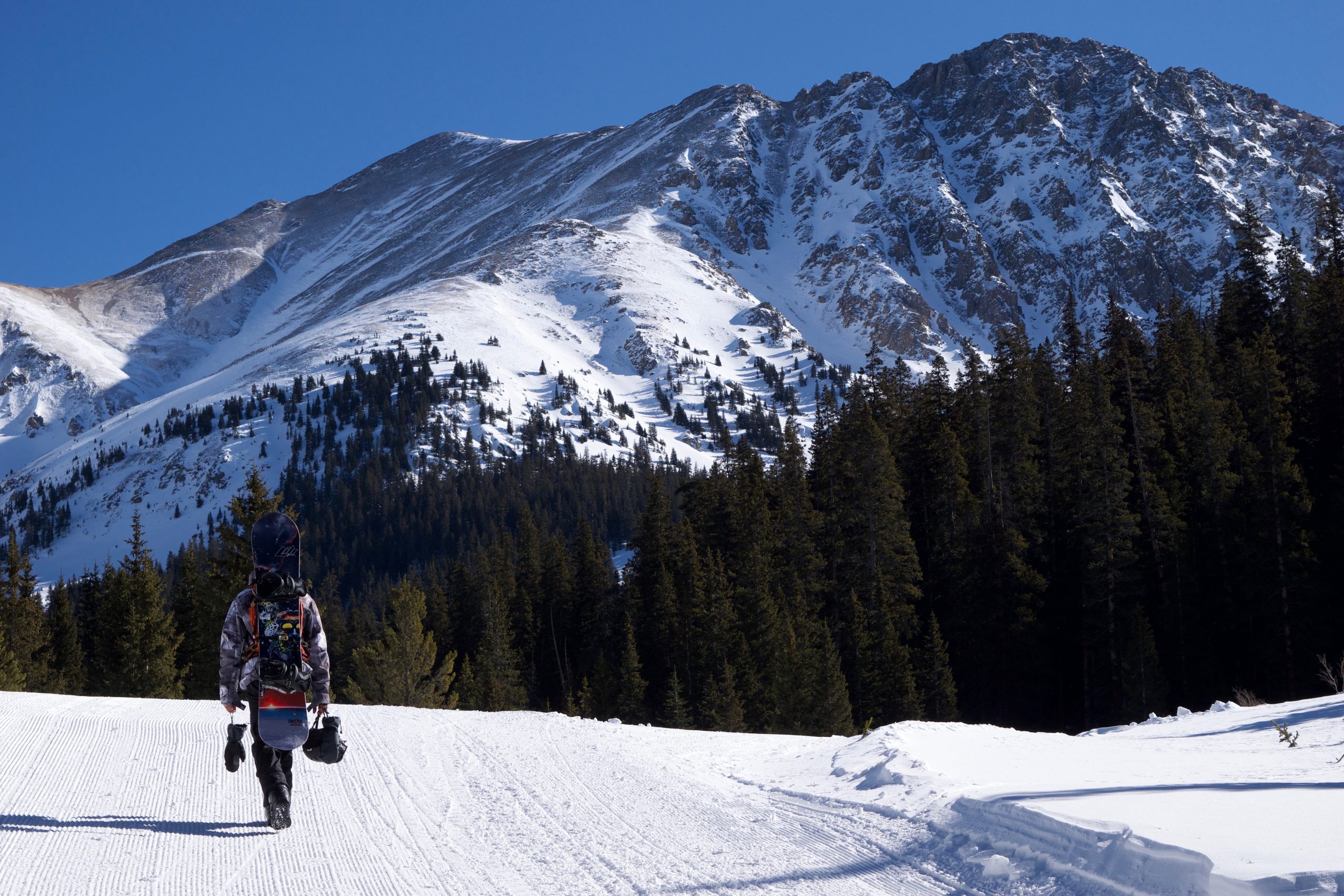
Prolonged exposure to frigid temperatures can result in frostbite, where the skin and underlying tissues freeze. Initial numbness can progress to pain and permanent damage if not addressed promptly. When braving the cold, always wear insulated footwear and change out of wet socks and shoes immediately. Remember, warm toes are happy toes!
Using heated foot devices excessively
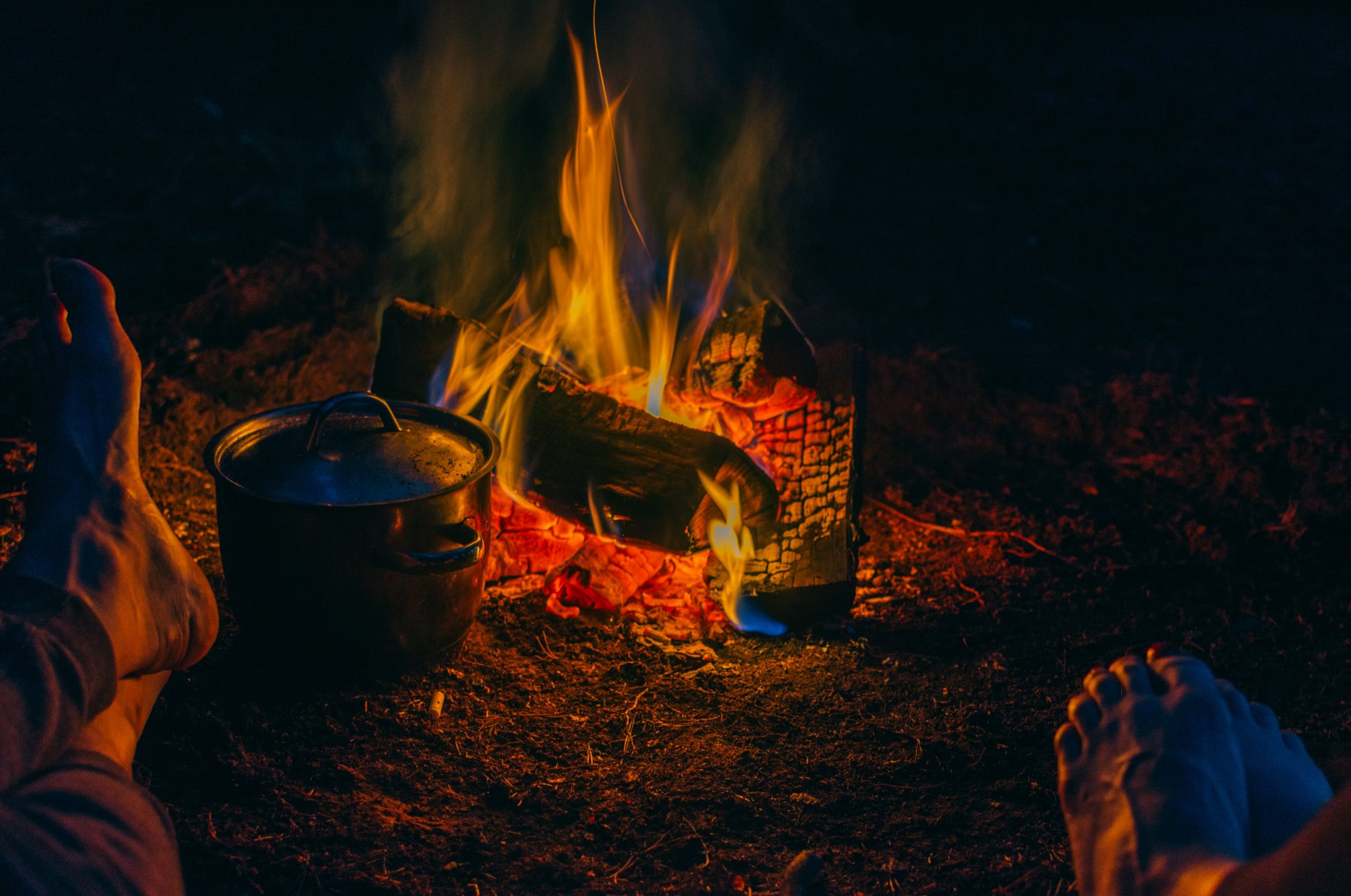
Warm feet can feel like a slice of heaven, especially on cold days. But remember, too much of a good thing can have its downsides. Excessive use of heated foot devices can lead to burns, dry out your skin, or exacerbate underlying conditions, and can also cause your feet to be used to an unsustainable warmth. Like cozying up to a fireplace, enjoy the warmth in moderation and always follow safety guidelines.
Ignoring swelling
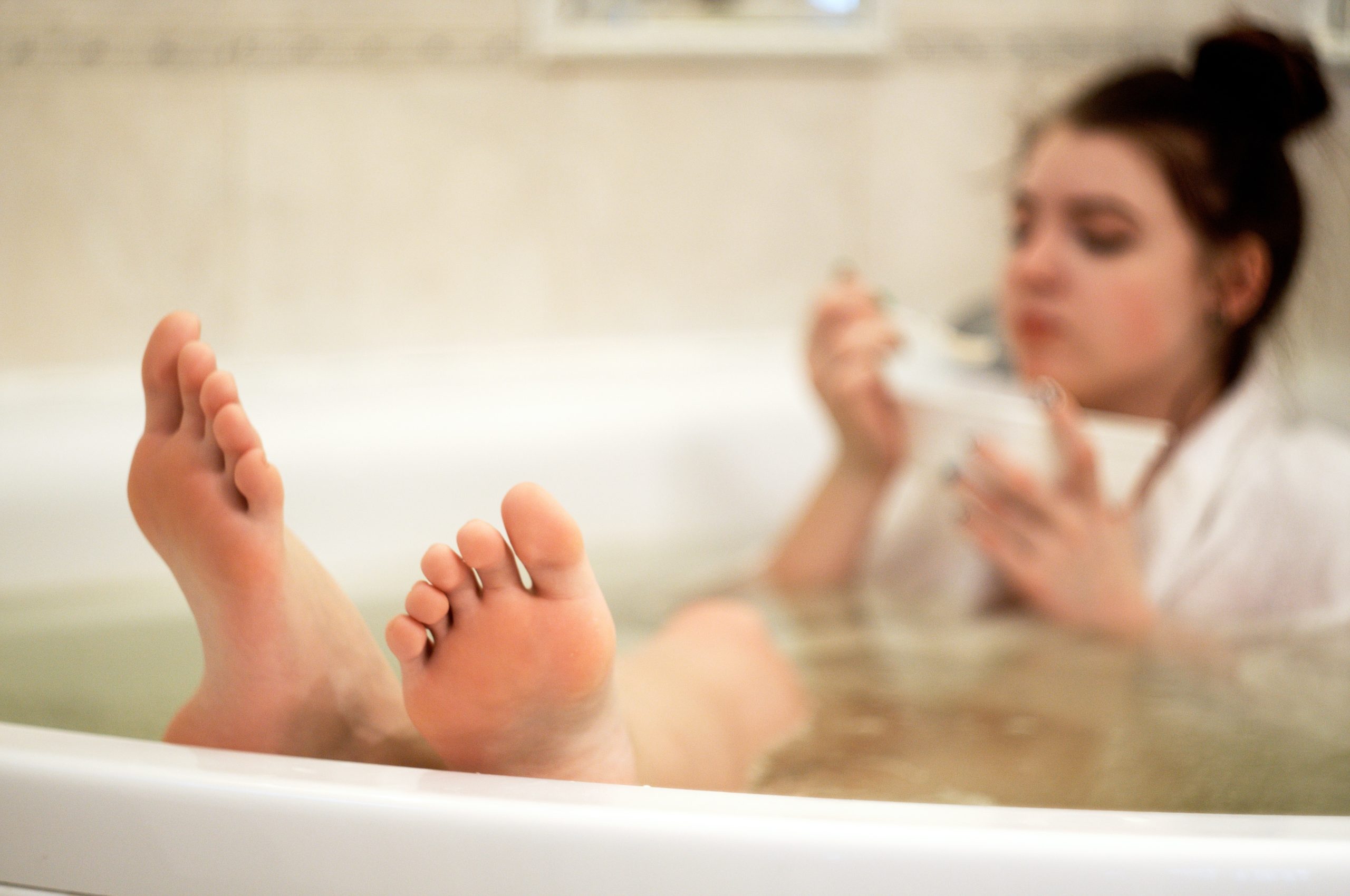
Puffiness on your foot isn’t just an aesthetic concern. Swelling can be a sign of injury, infection, or an underlying health condition. Brushing it off could delay essential treatment. If you notice persistent swelling, especially if it’s accompanied by pain or other symptoms, it’s time to give your feet some attention.
Not seeking medical attention for foot injuries
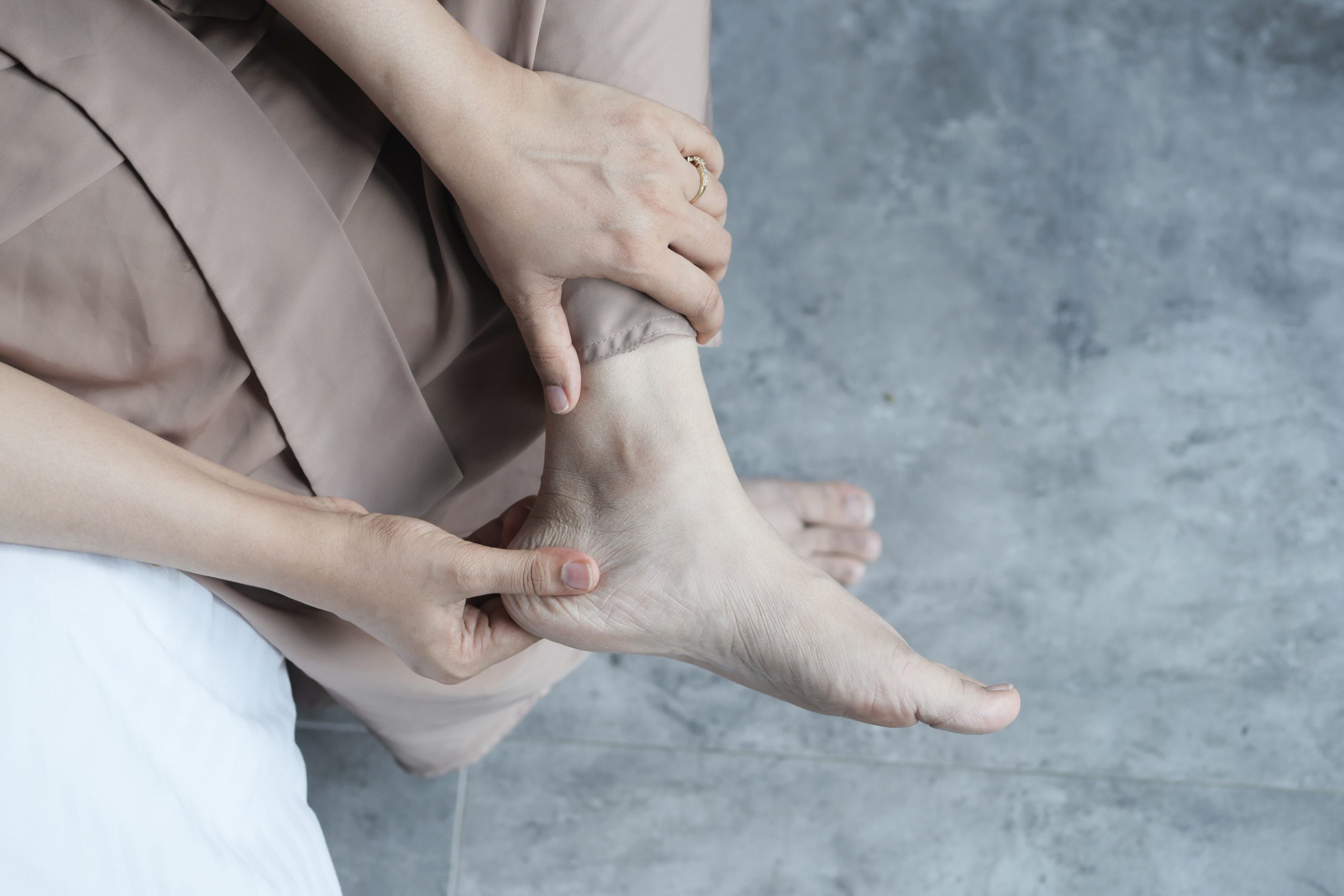
A little stumble or twist might not seem like a big deal at the moment. However, neglecting foot injuries can lead to chronic pain, misalignment, or more severe complications. It’s always better to get checked out after an injury, even if it seems minor. Your future self (and feet) will thank you!
Walking barefoot in areas where there might be sharp objects
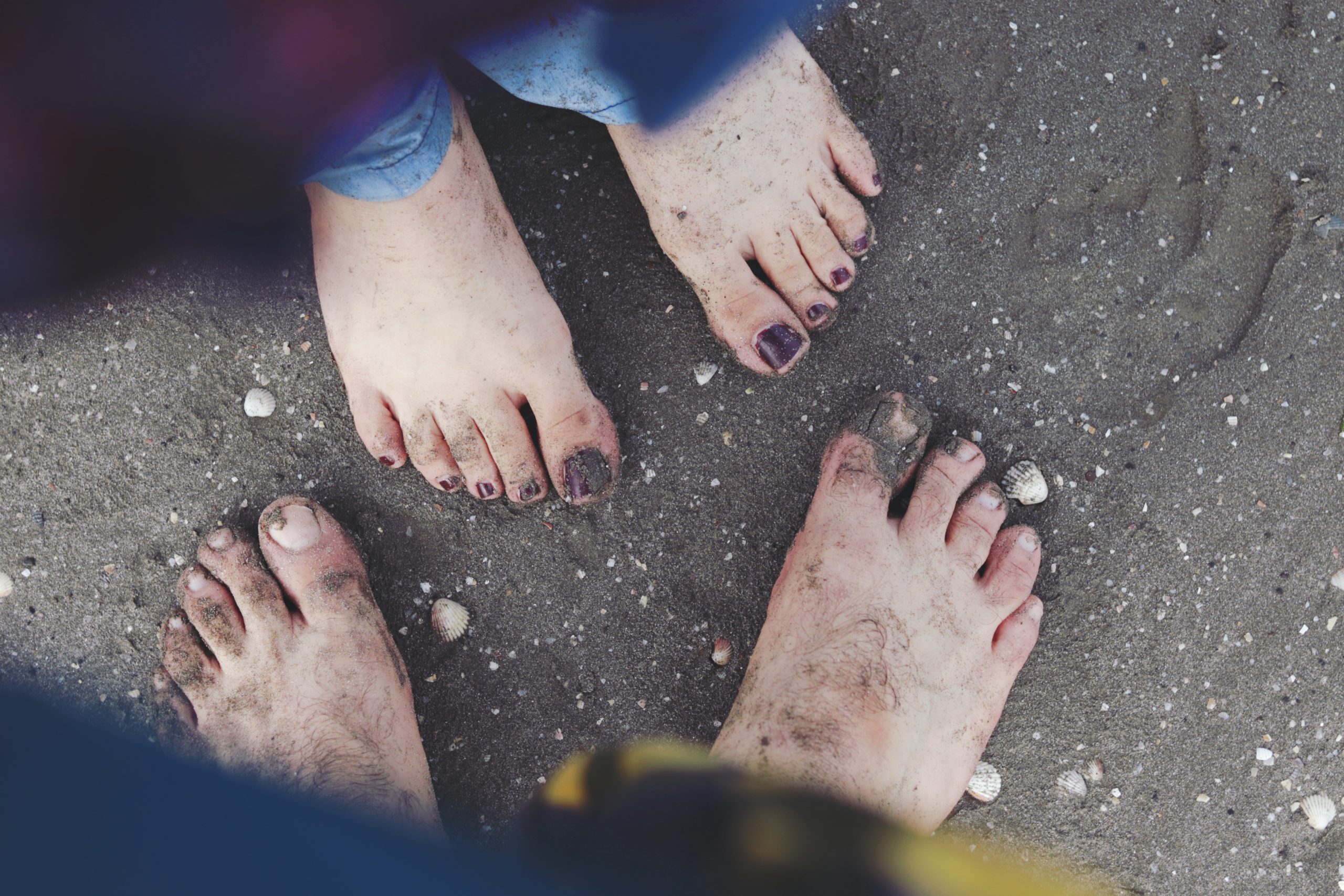
Whether you’re at the beach, park, or just around the house, going barefoot feels liberating. But sharp objects, hidden beneath the sand or grass, can lead to painful cuts or infections. Always be cautious of where you’re stepping and consider slipping into some shoes to provide a layer of protection.
Not using protective footwear in hazardous environments
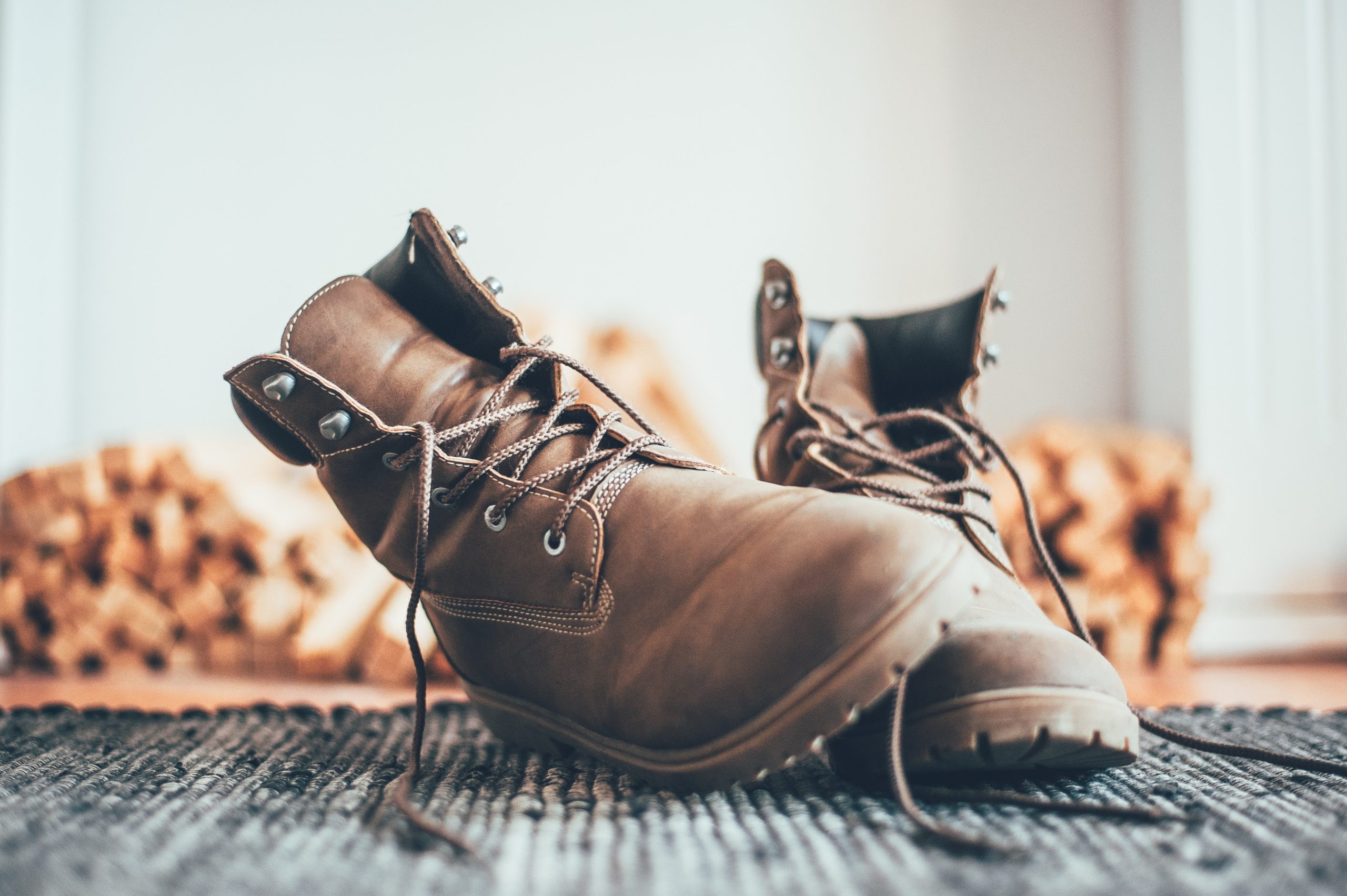
Workshops, construction sites, and certain sports activities can pose risks to your feet. Wearing the right protective footwear isn’t just a matter of compliance – it’s about keeping your feet safe from harm. After all, a fashion faux pas in a steel-toed boot is a small price to pay compared to a crushed toe!
Not correcting foot postural issues
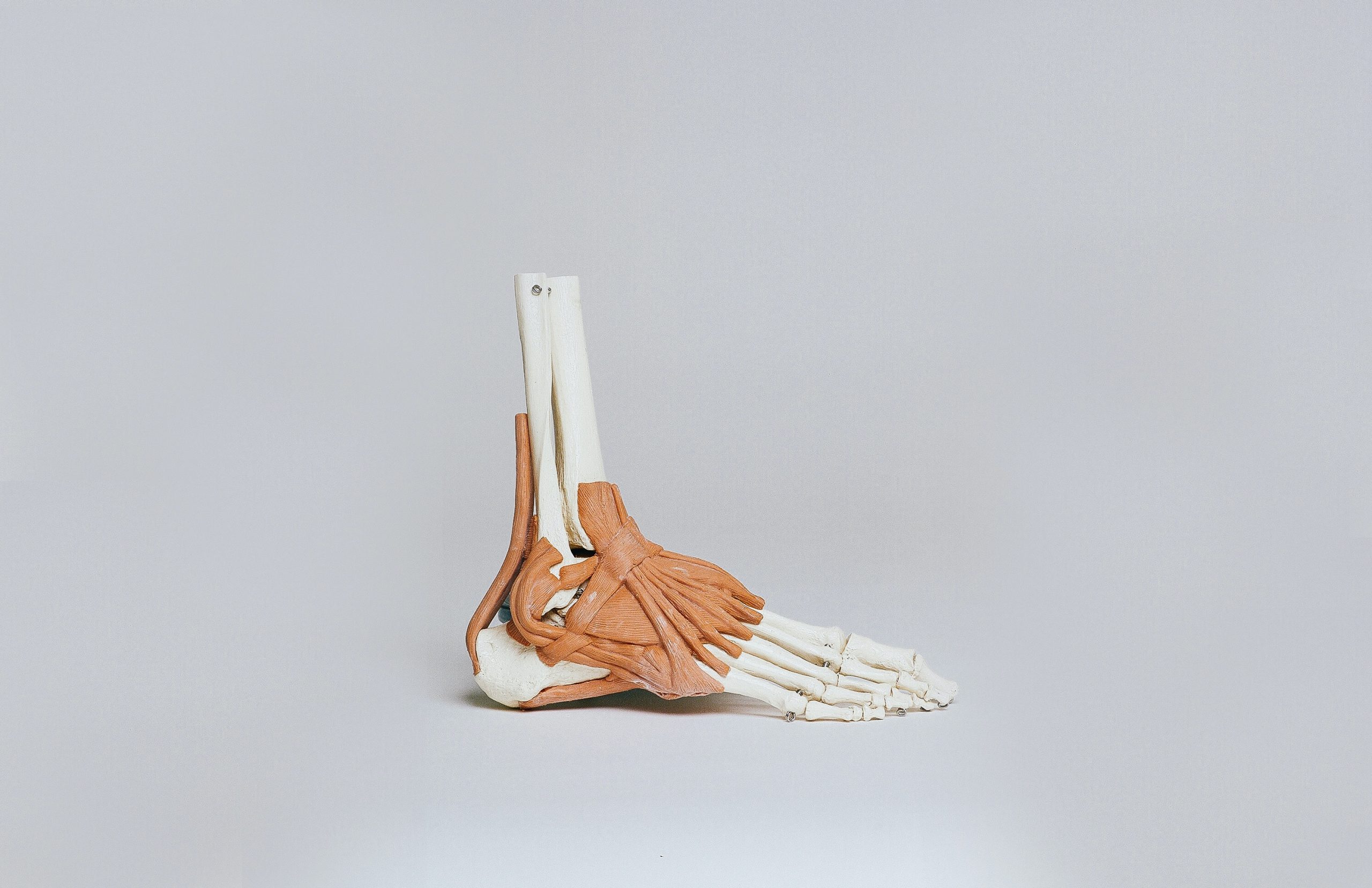
Stand tall and proud, but also, stand right. Ignoring foot postural issues can lead to a domino effect of problems up the kinetic chain, affecting knees, hips, and even the back. A visit to a podiatrist or a physiotherapist can guide you towards the right corrective measures, ensuring you’re not only standing tall but standing right.
Avoiding foot massages
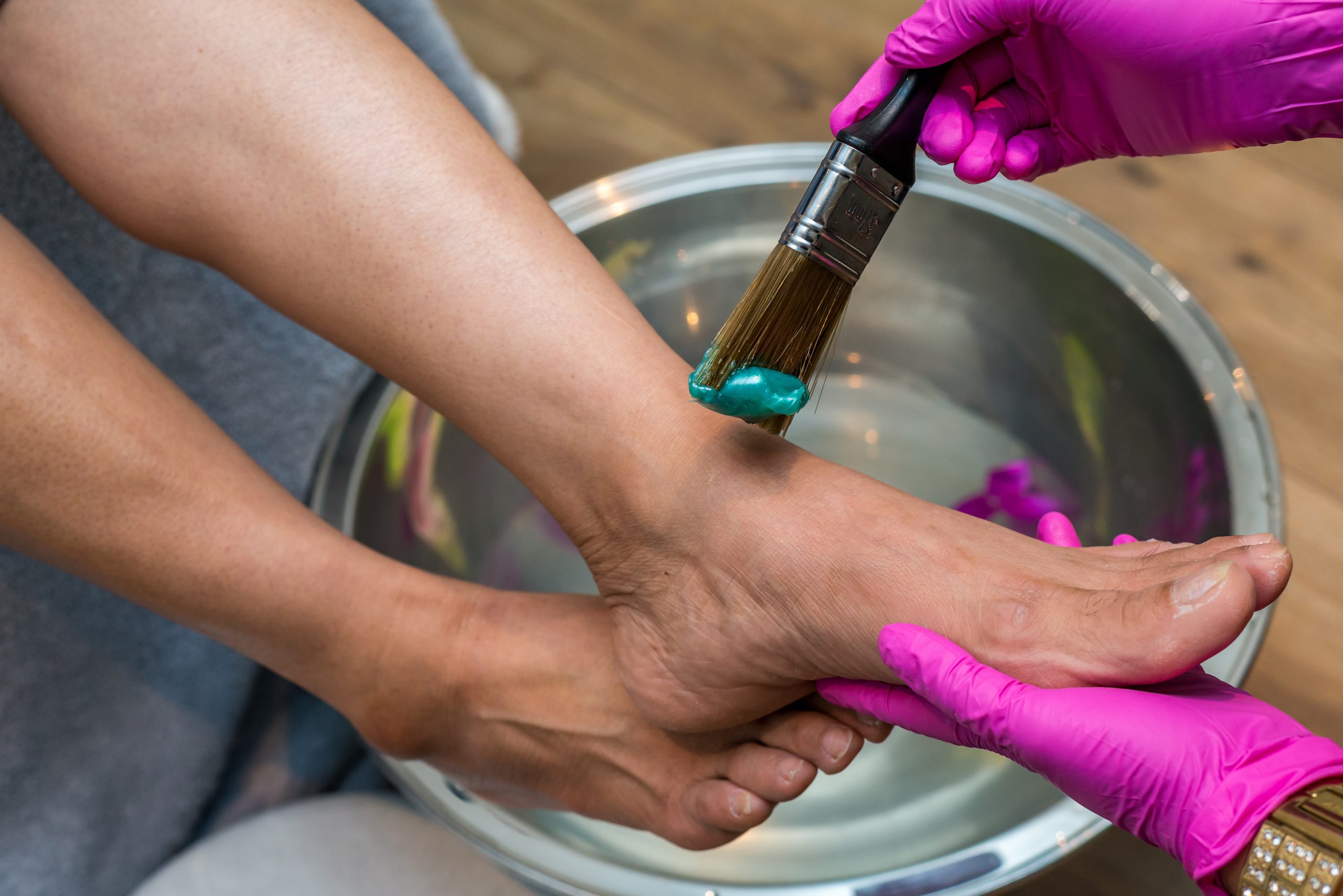
Those ticklish feet might mean you shy away from a foot massage, but did you know it offers numerous benefits on top of a bit of relaxation? From promoting circulation to relieving tension, a good foot rub can be therapeutic. So, the next time someone offers a foot massage, or you come across a foot massager, give it a go!
Using DIY treatments
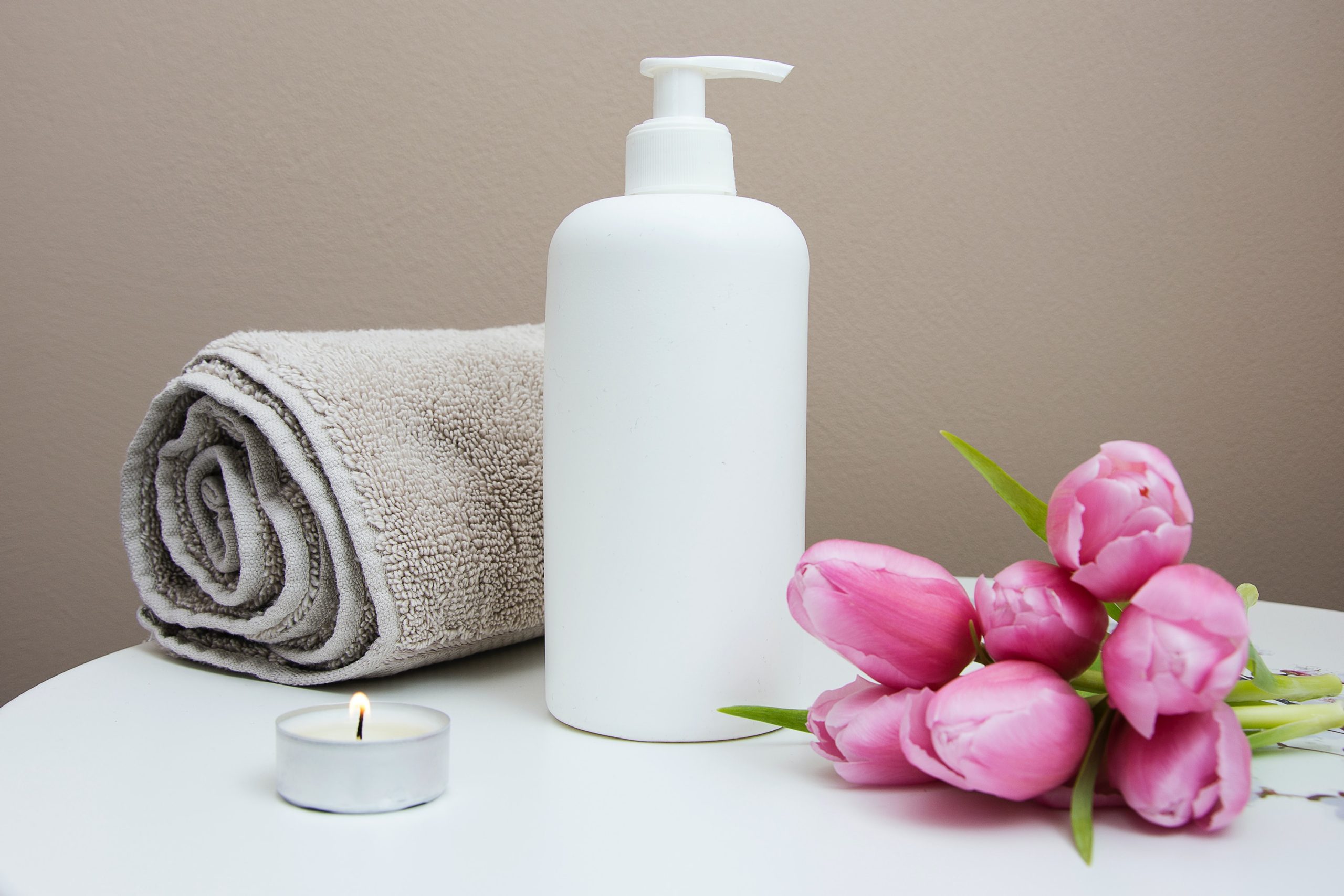
We’ve all seen DIY self care remedies all over TikTok, promising quick fixes. Using untested or homemade treatments can sometimes do more harm than good. If you’re considering any DIY foot remedies, it’s wise that you do some thorough research or, even better, consult with a healthcare professional.